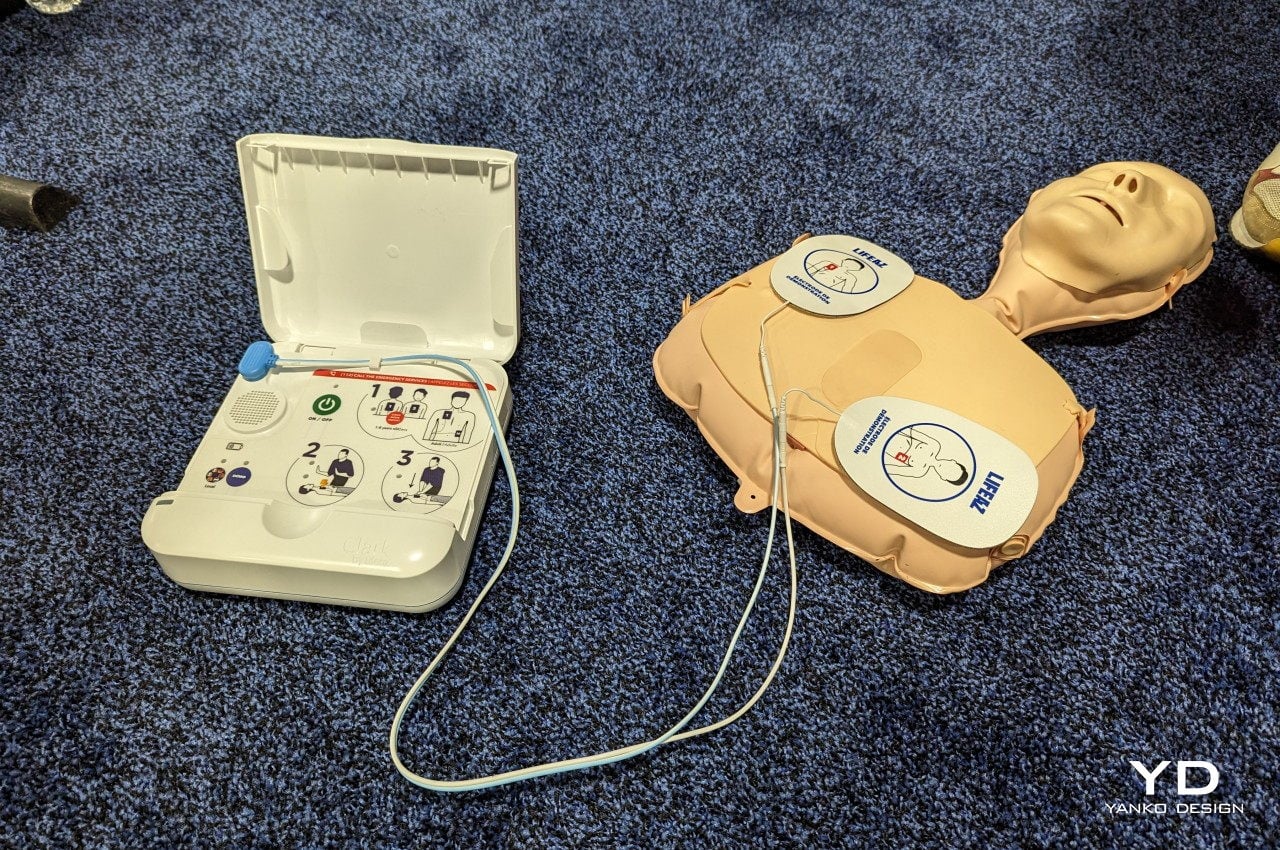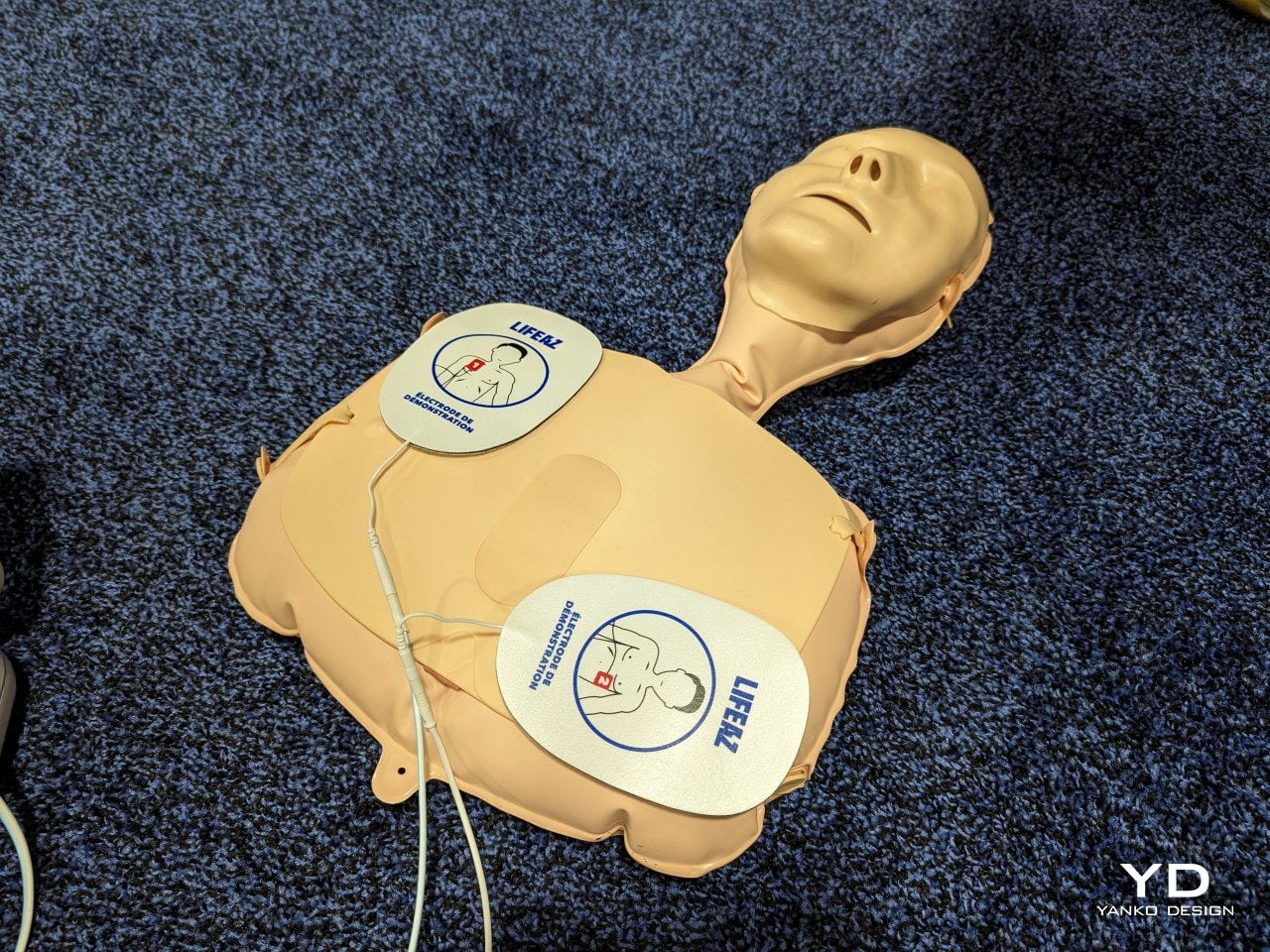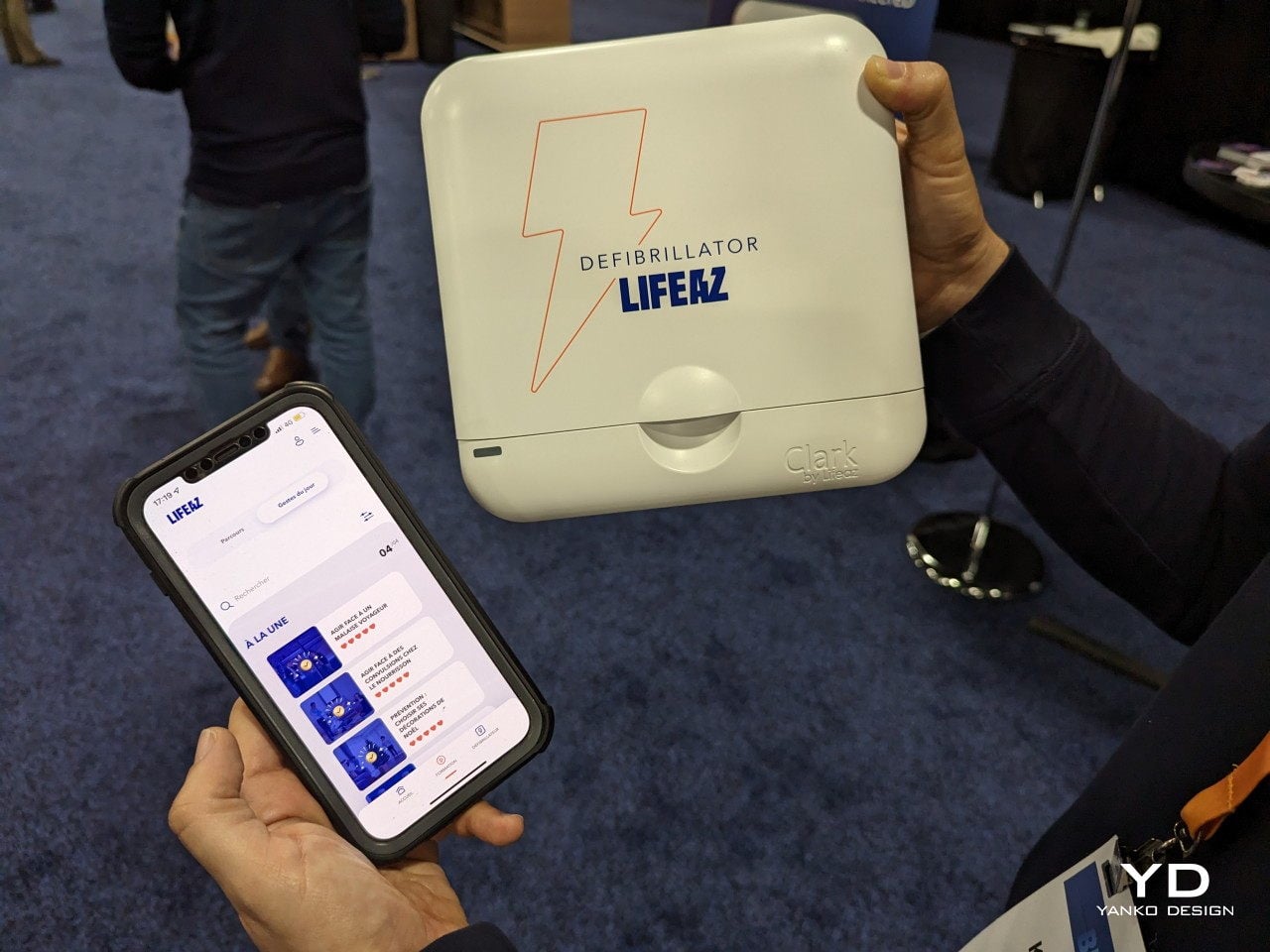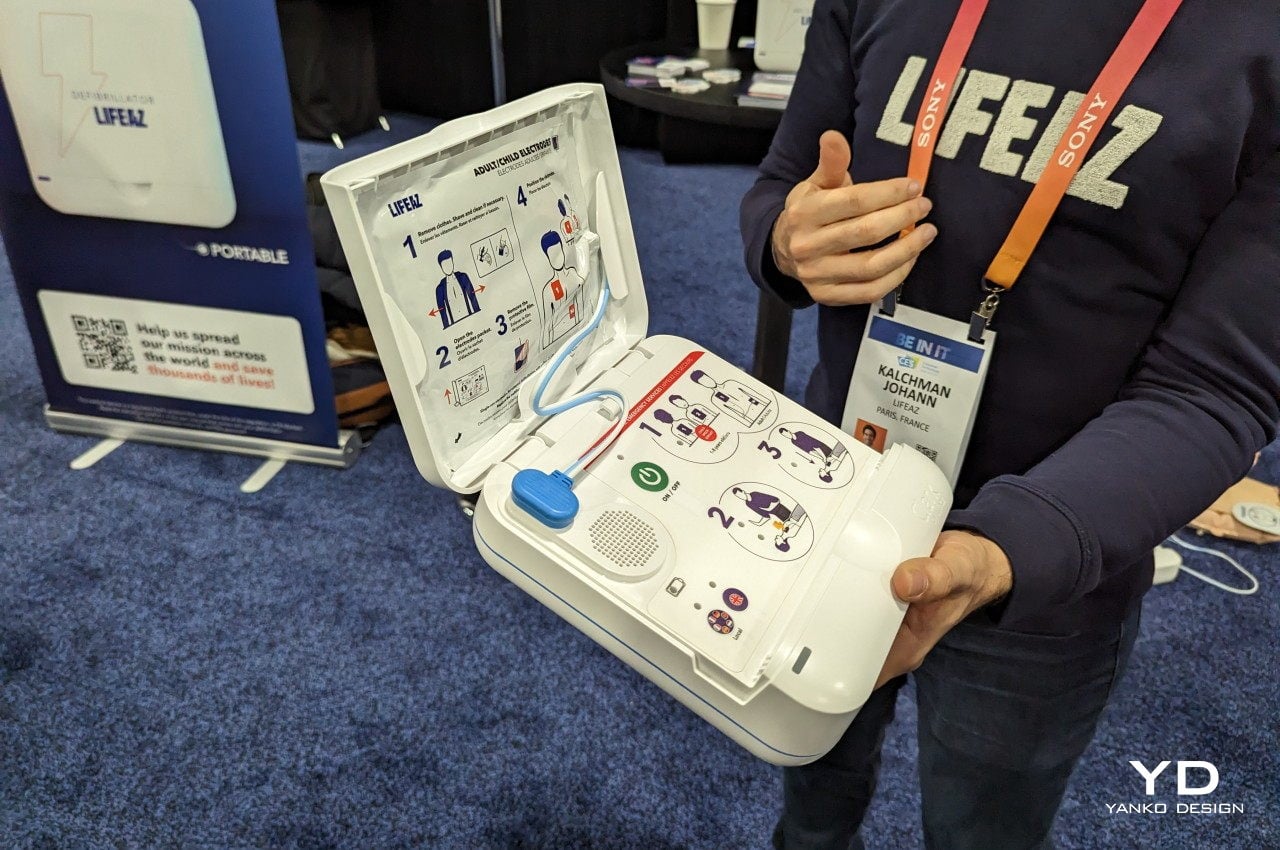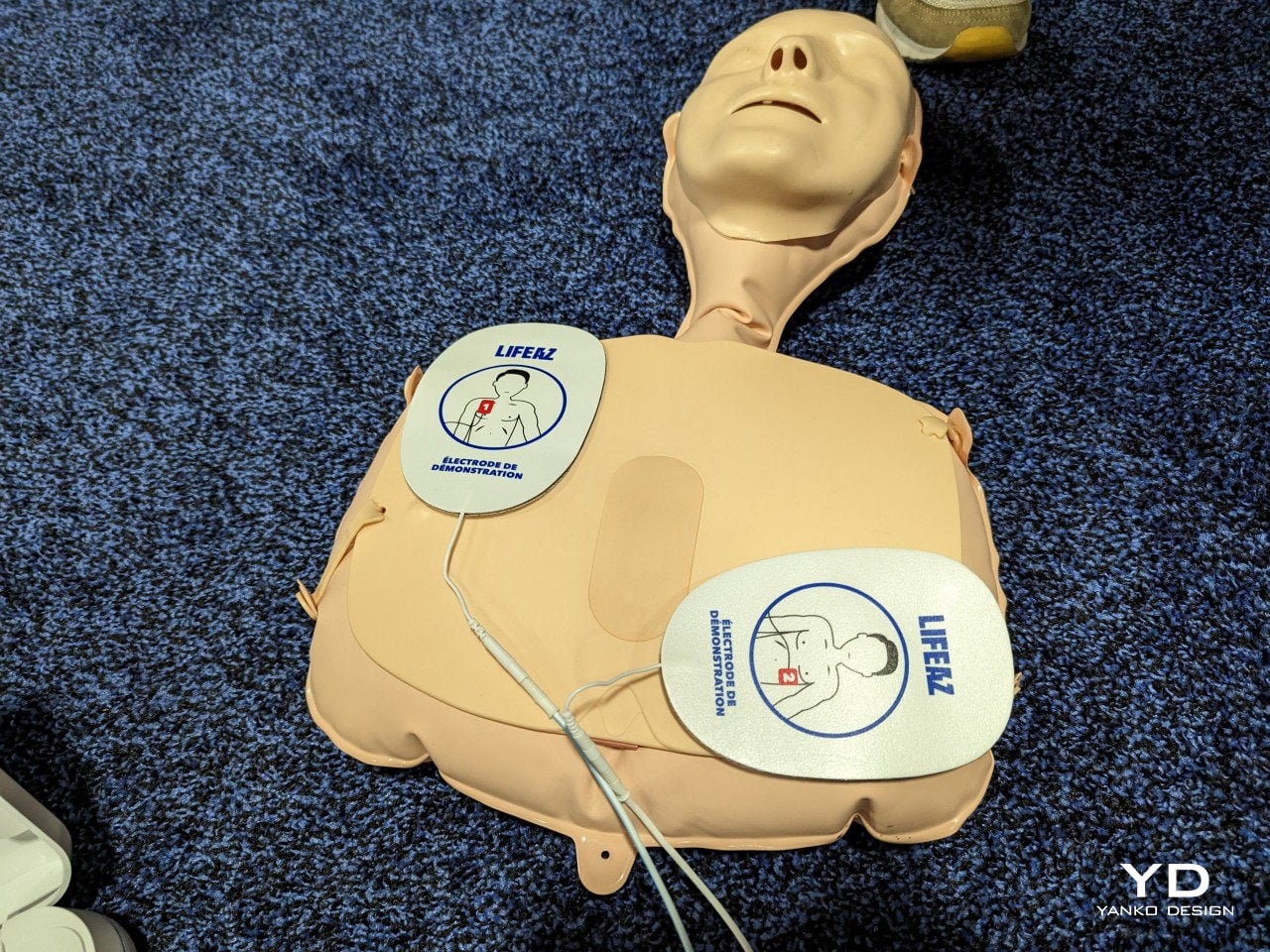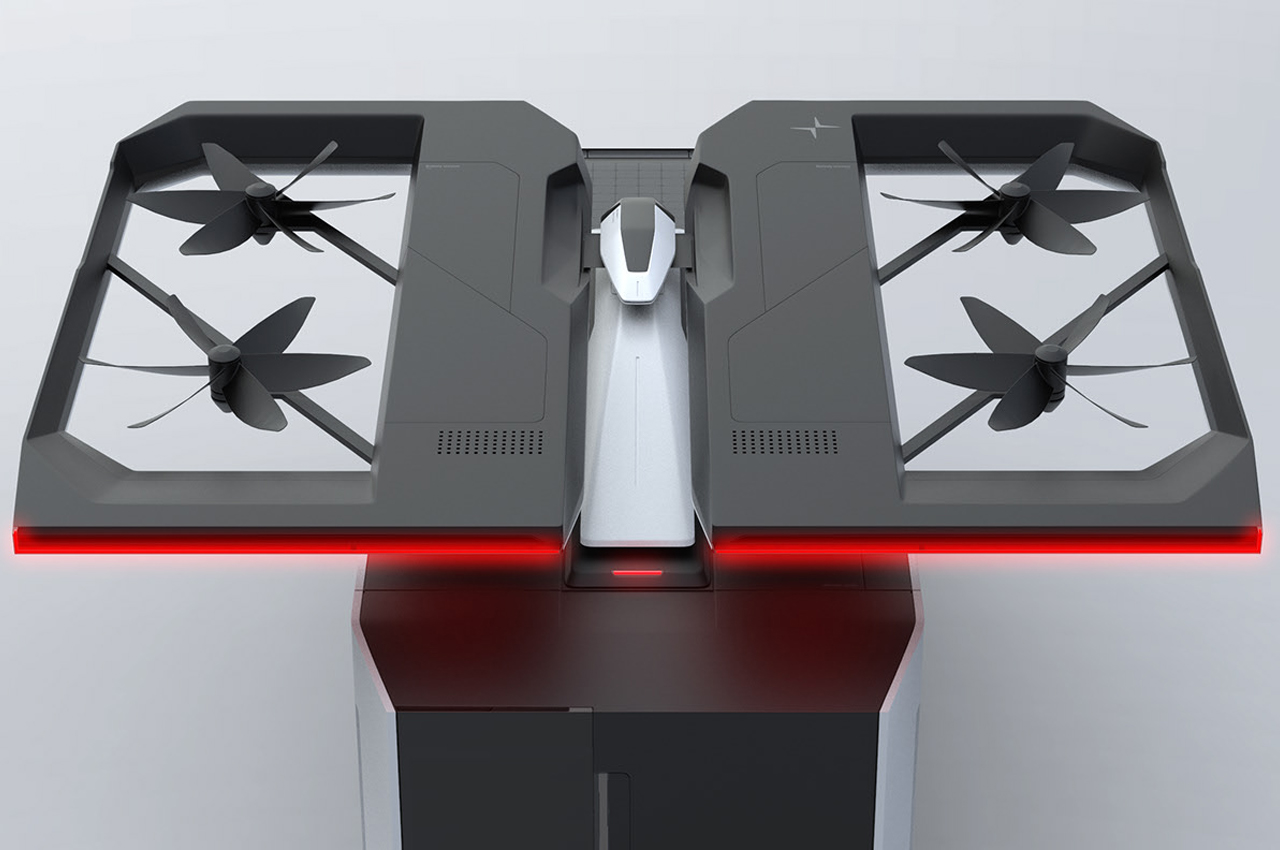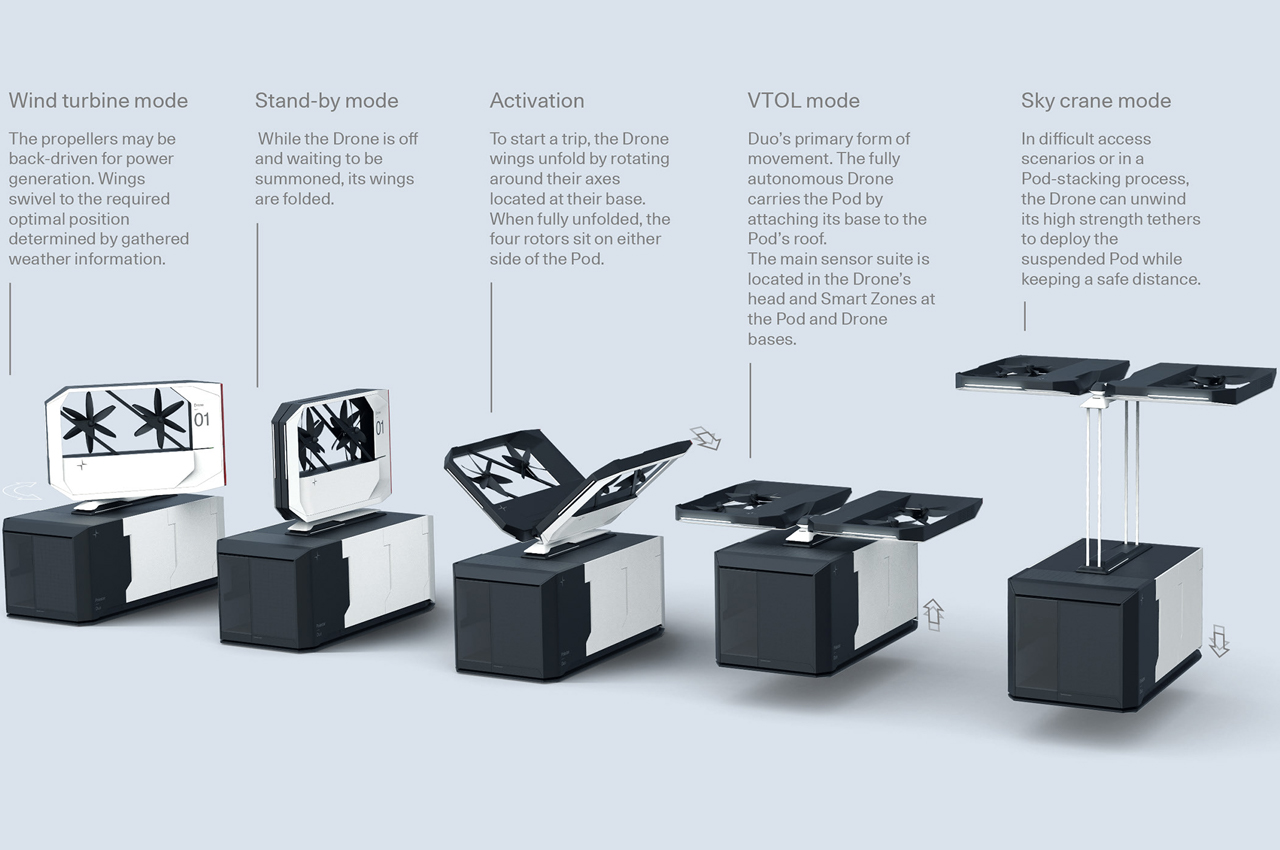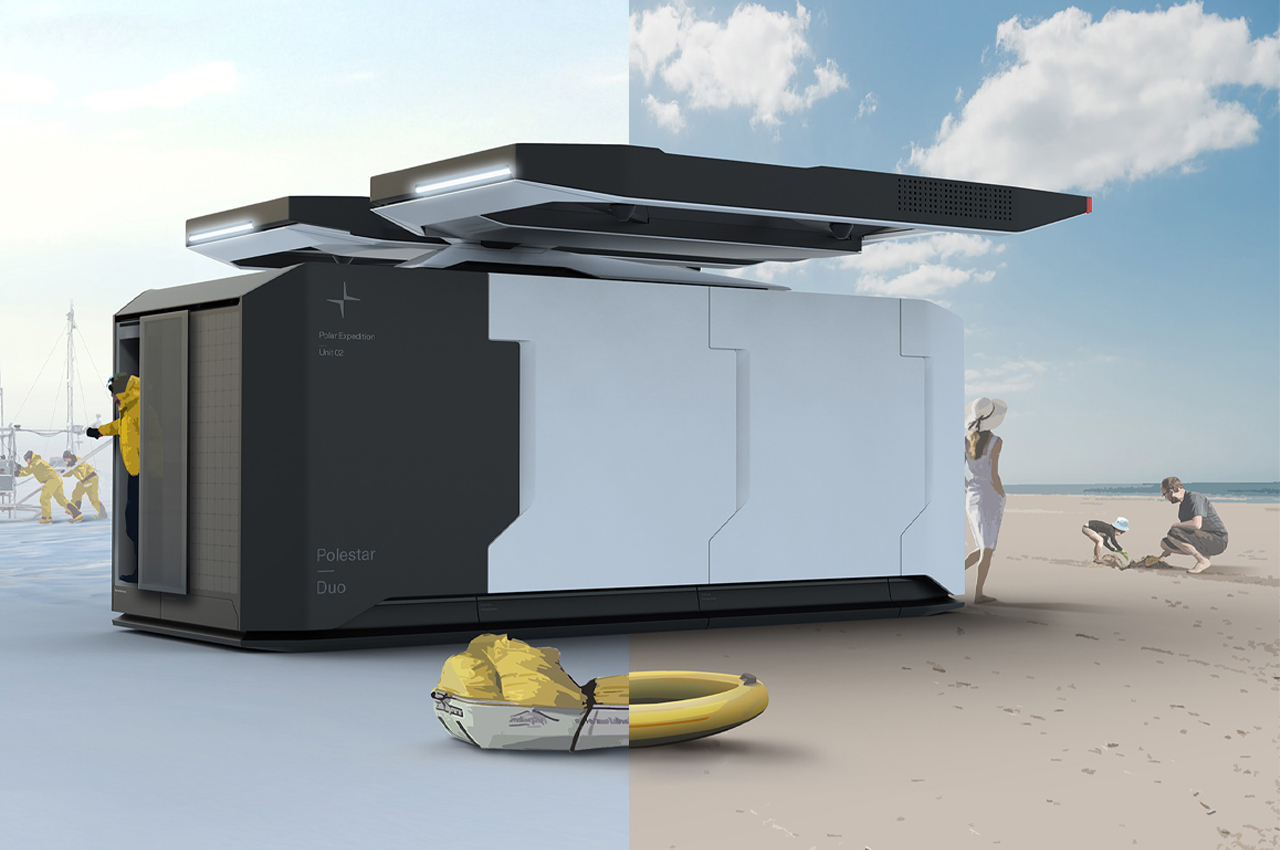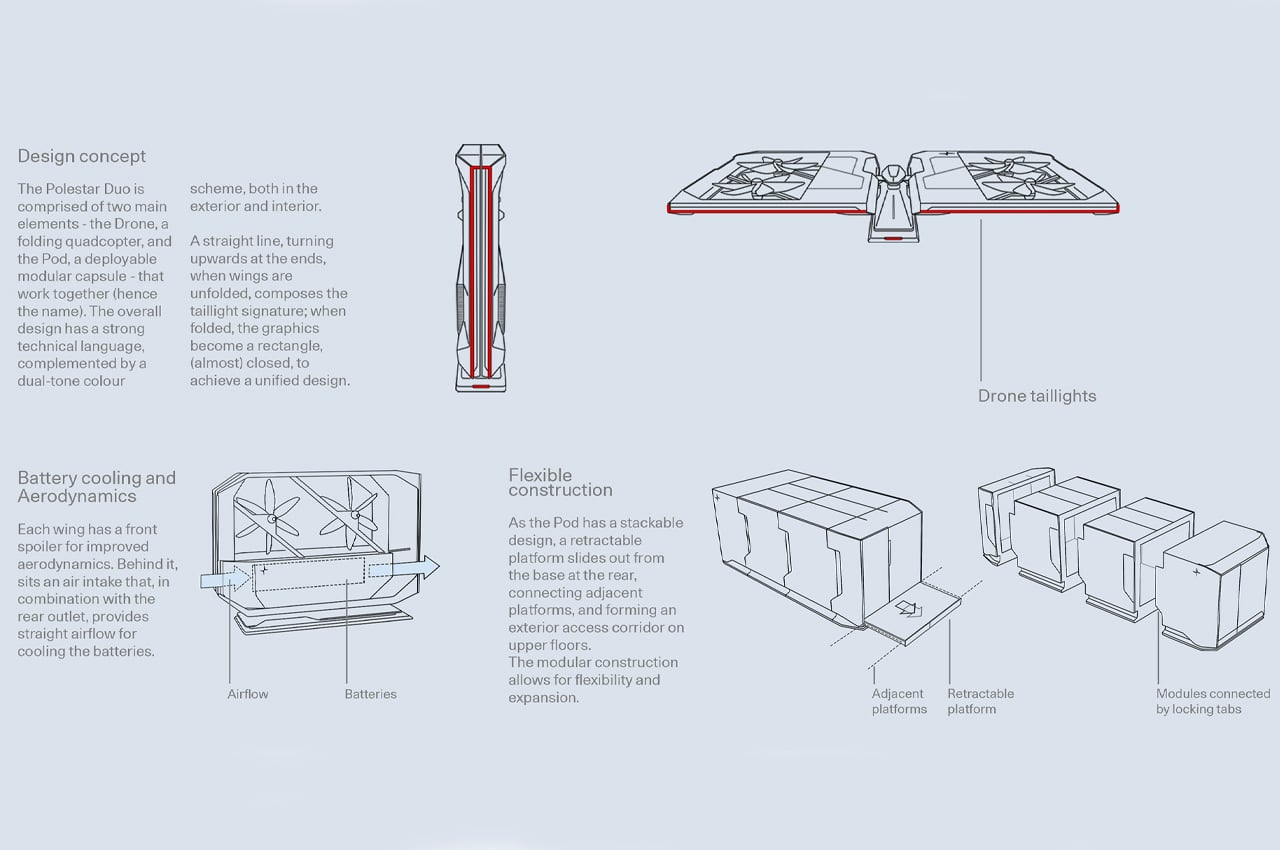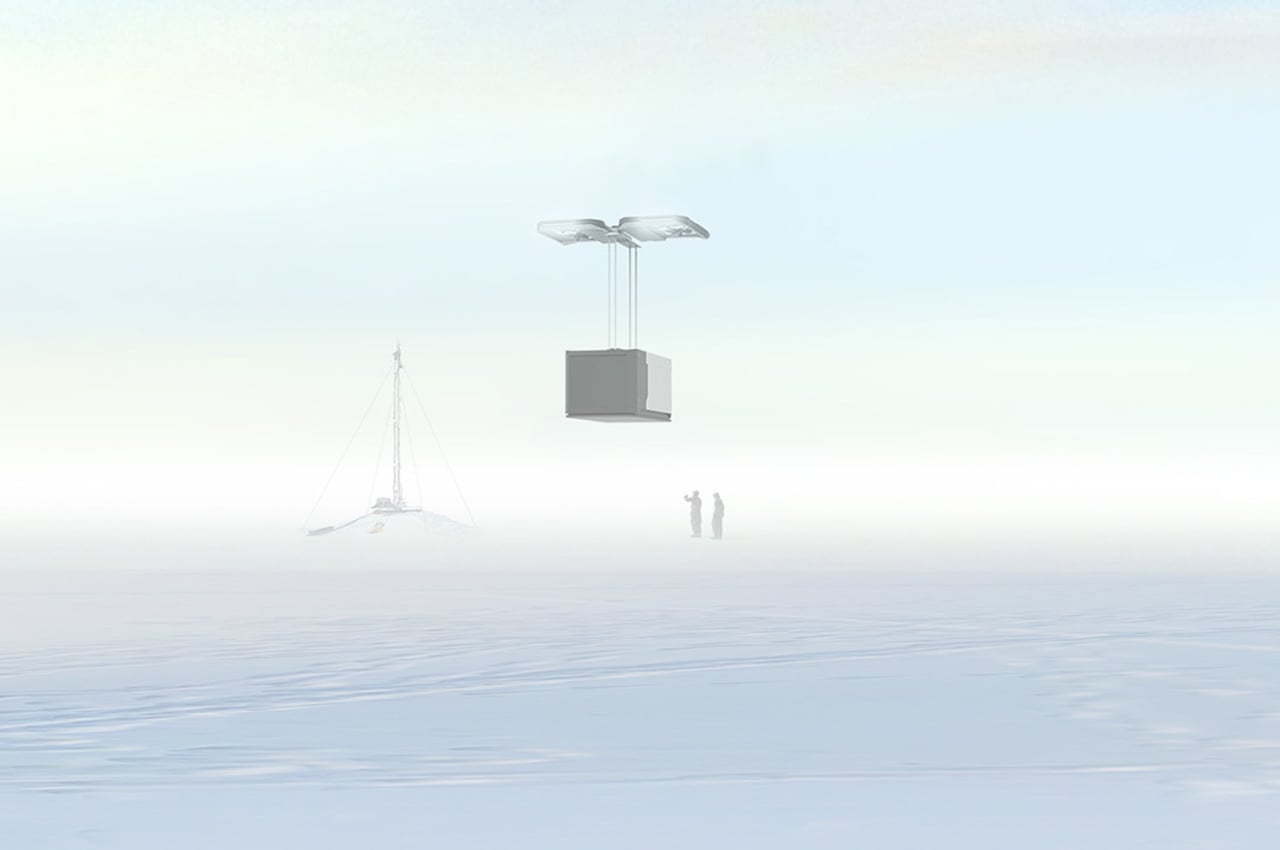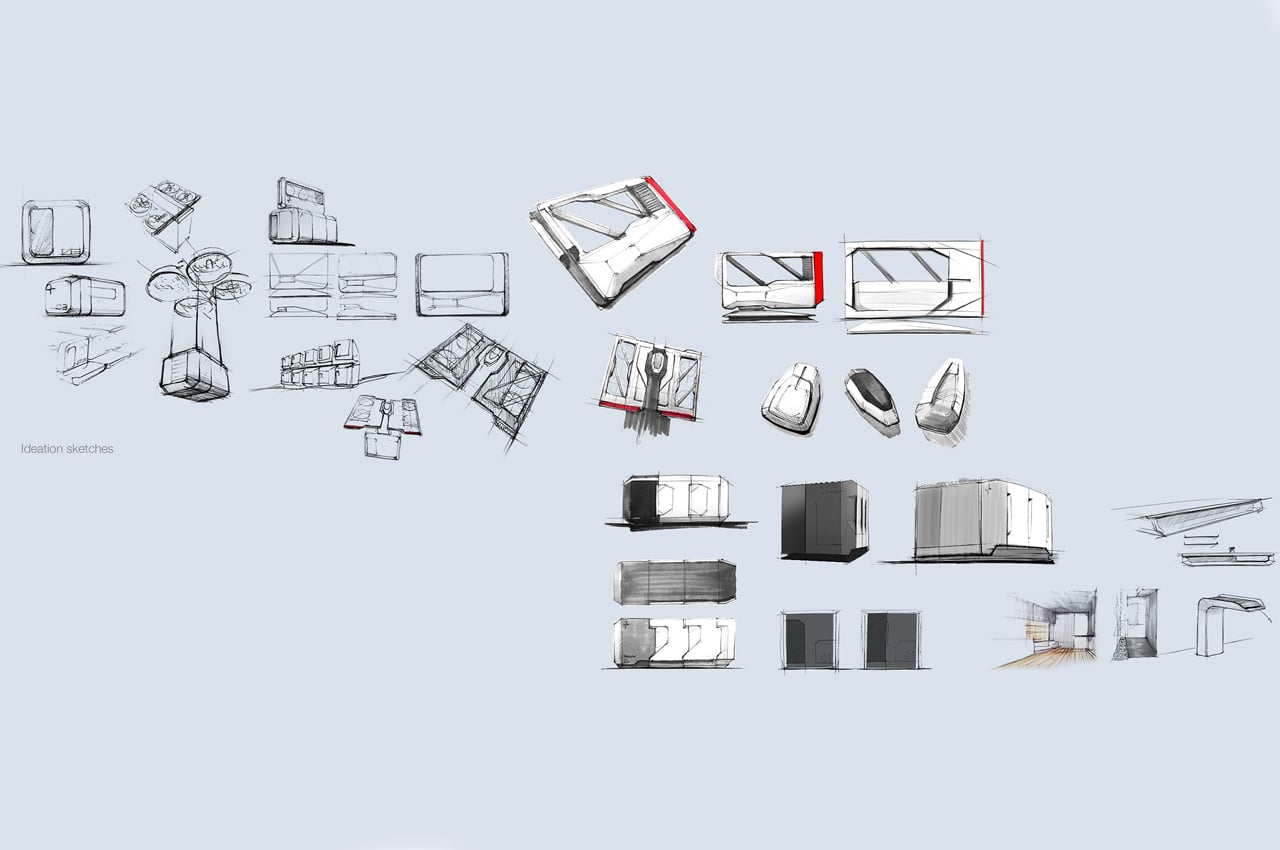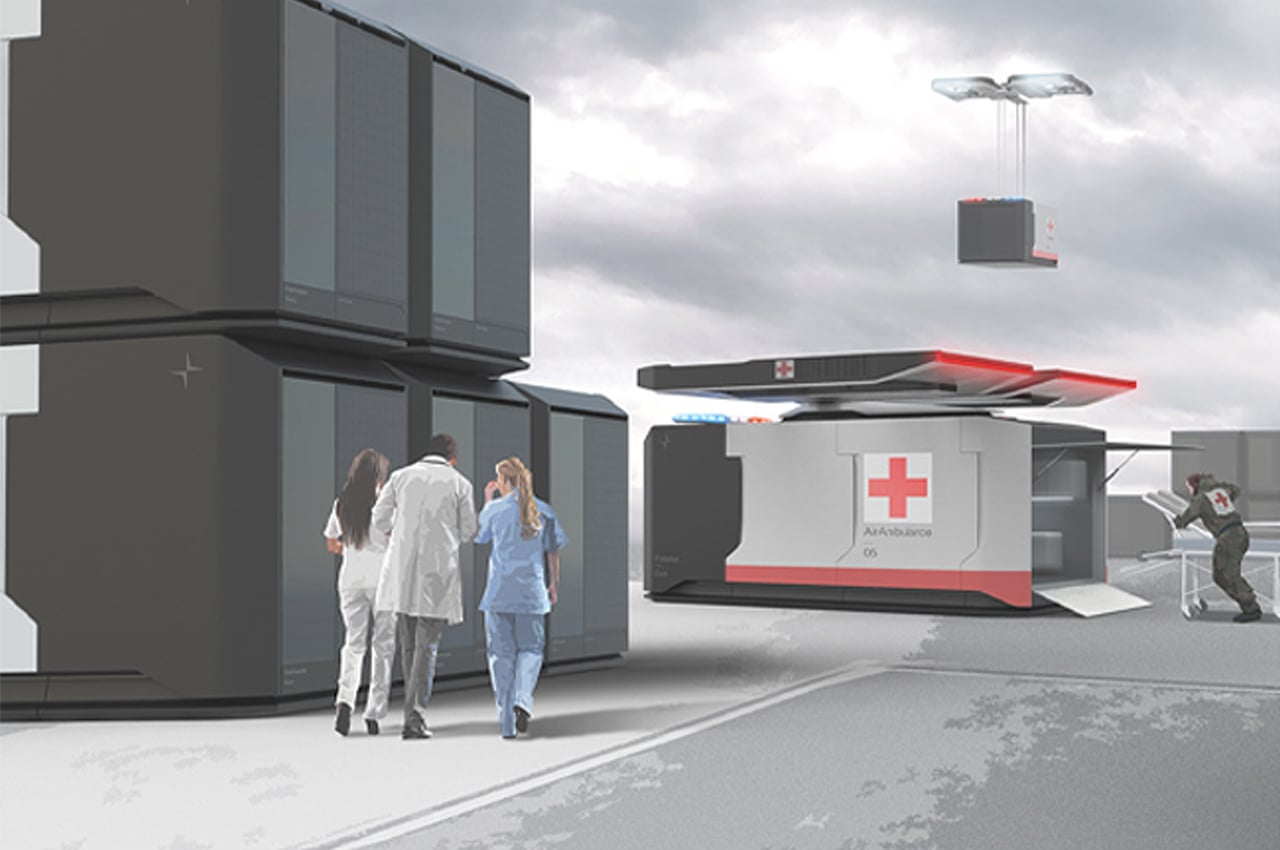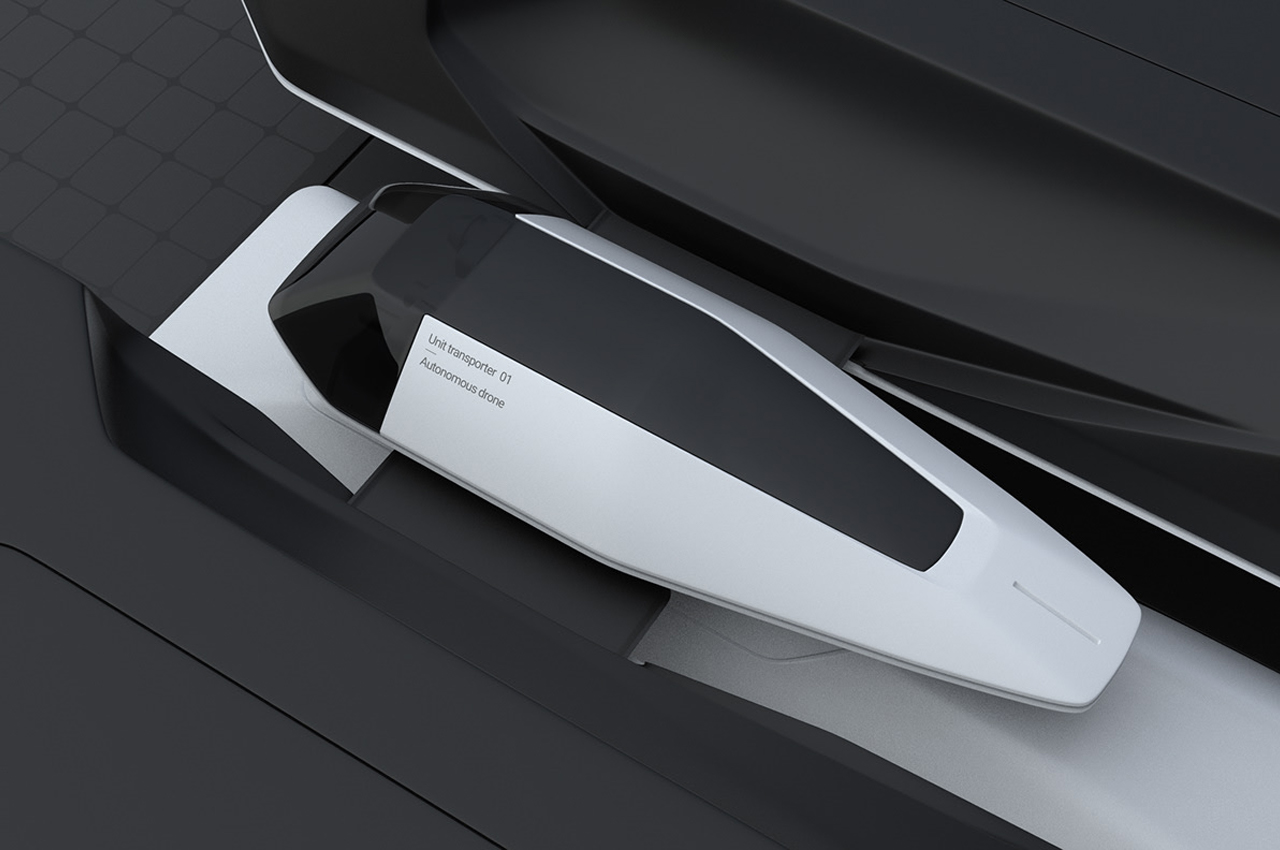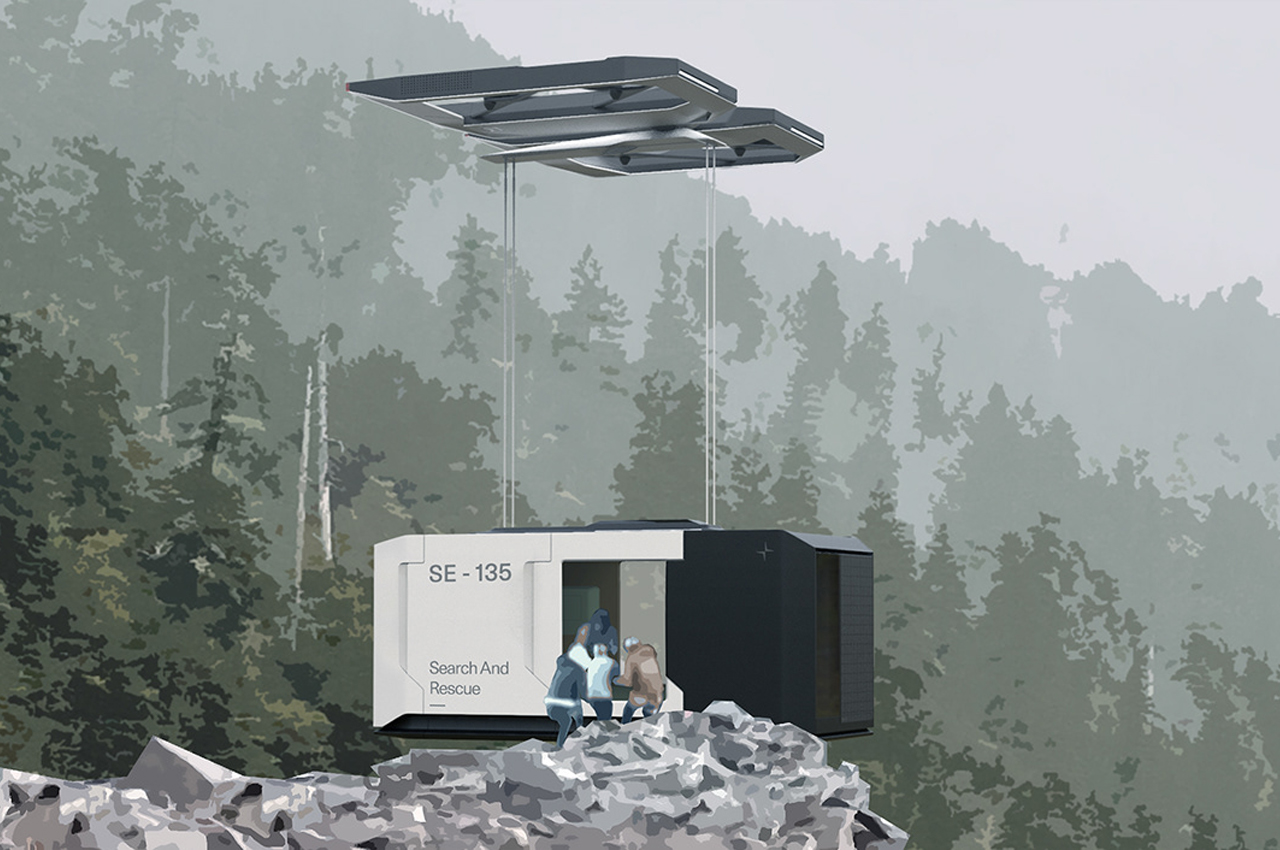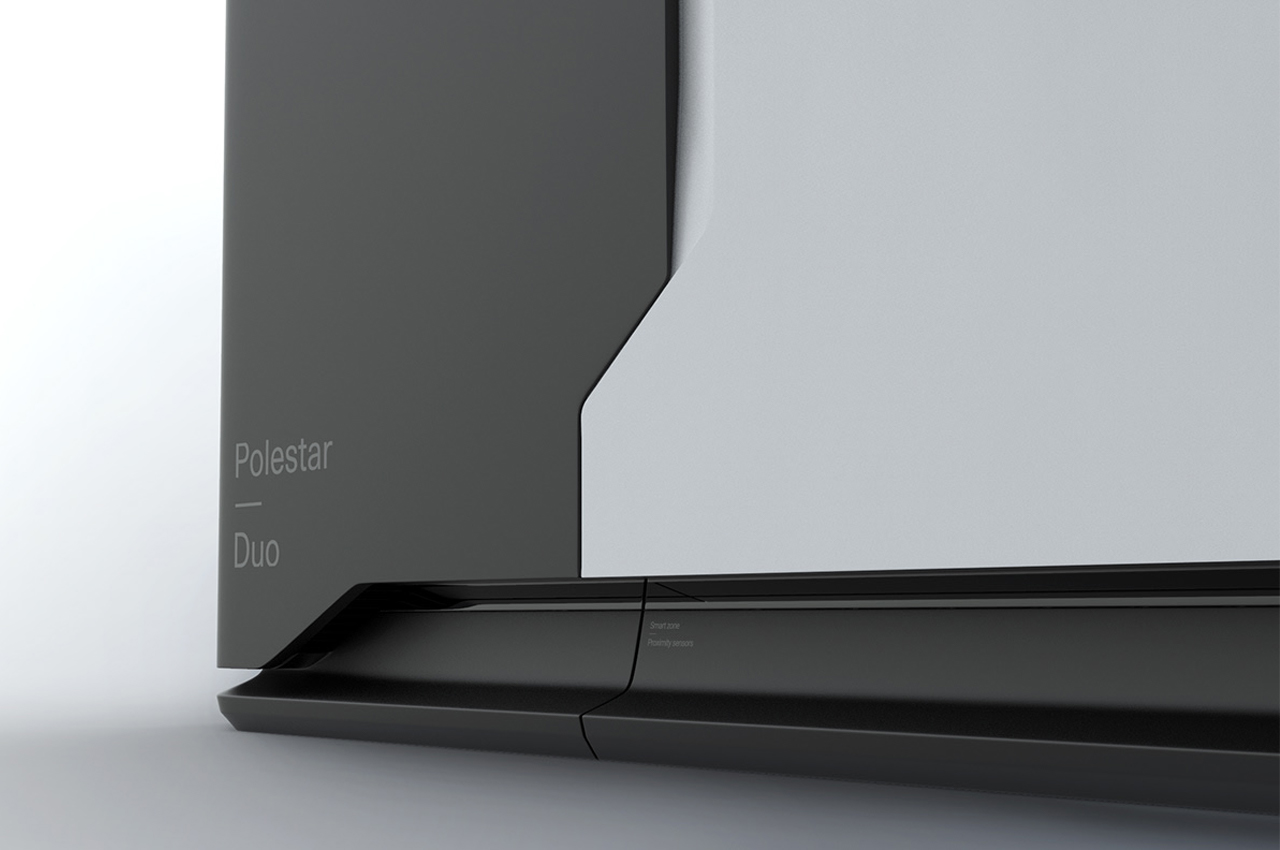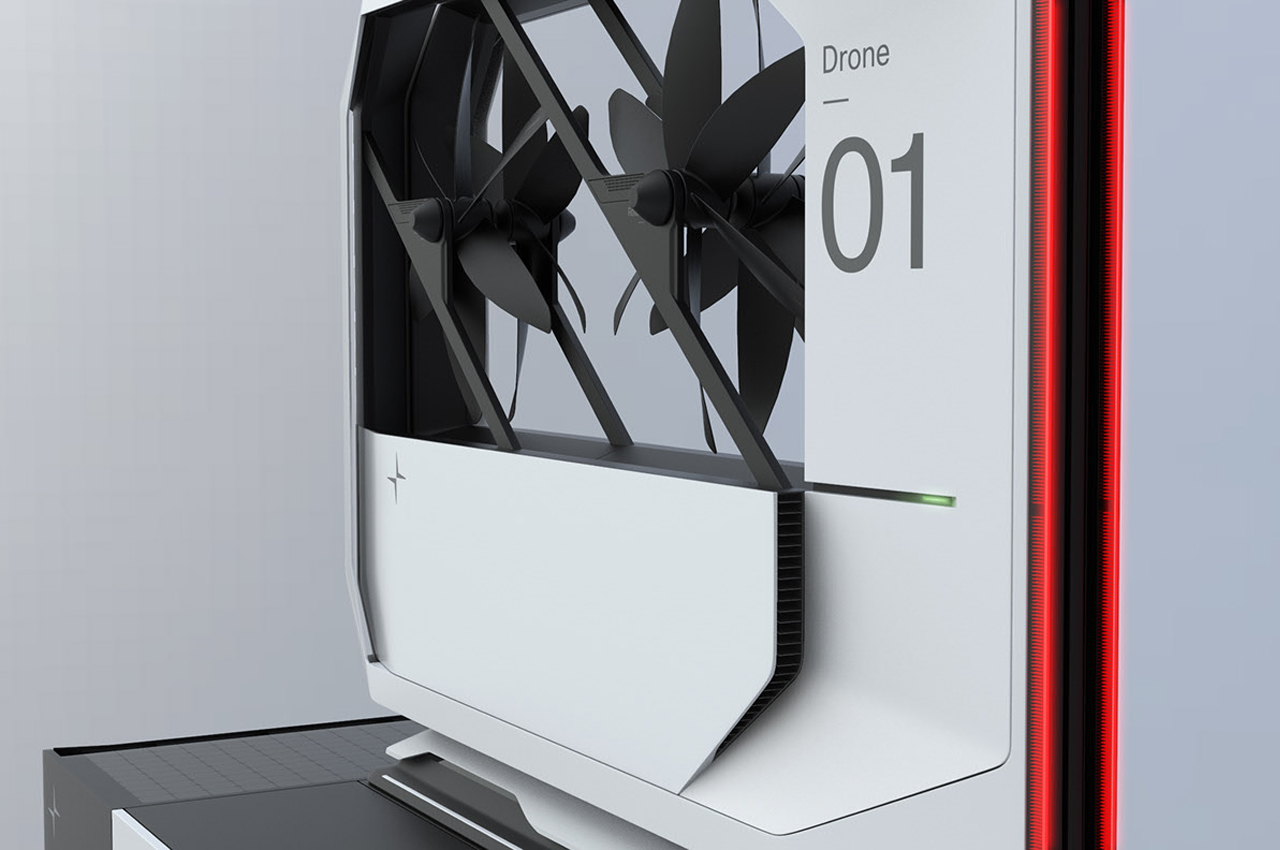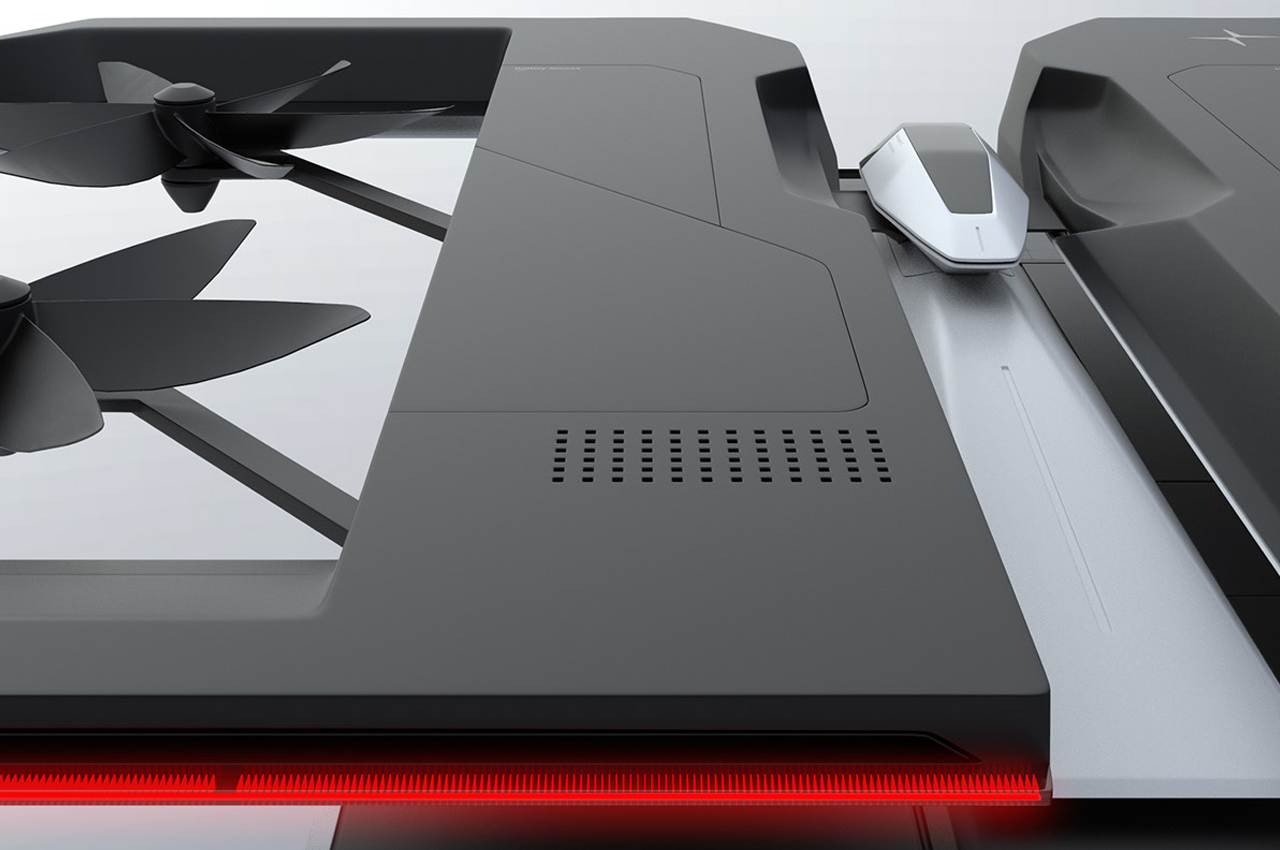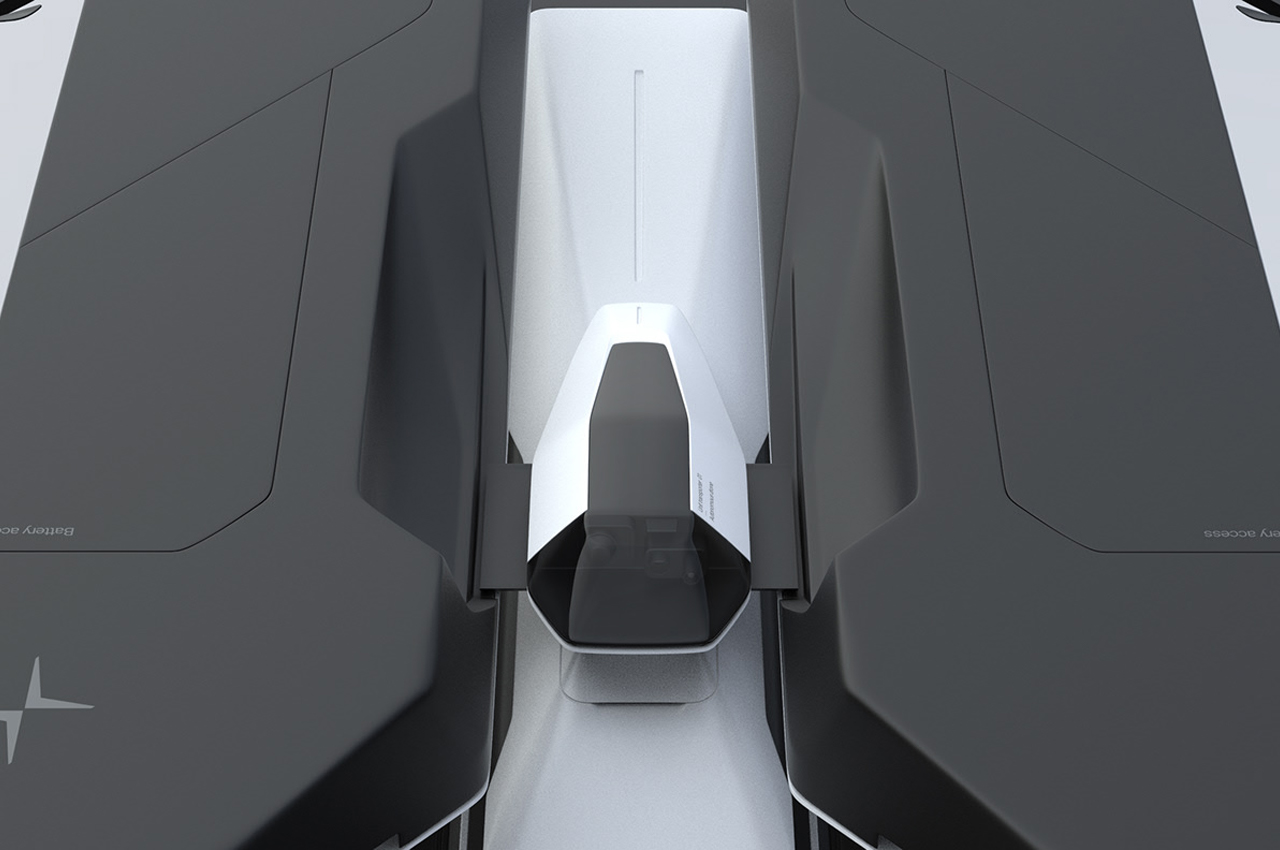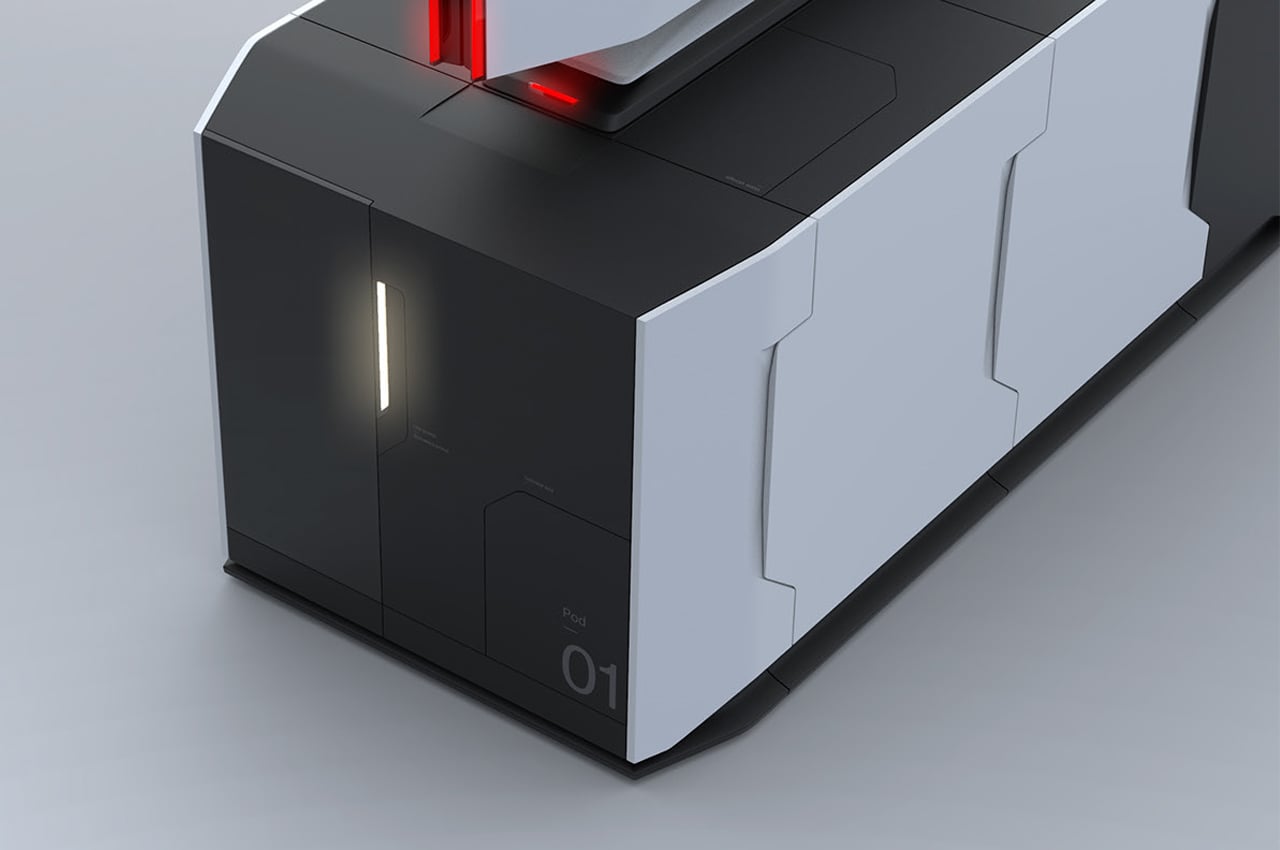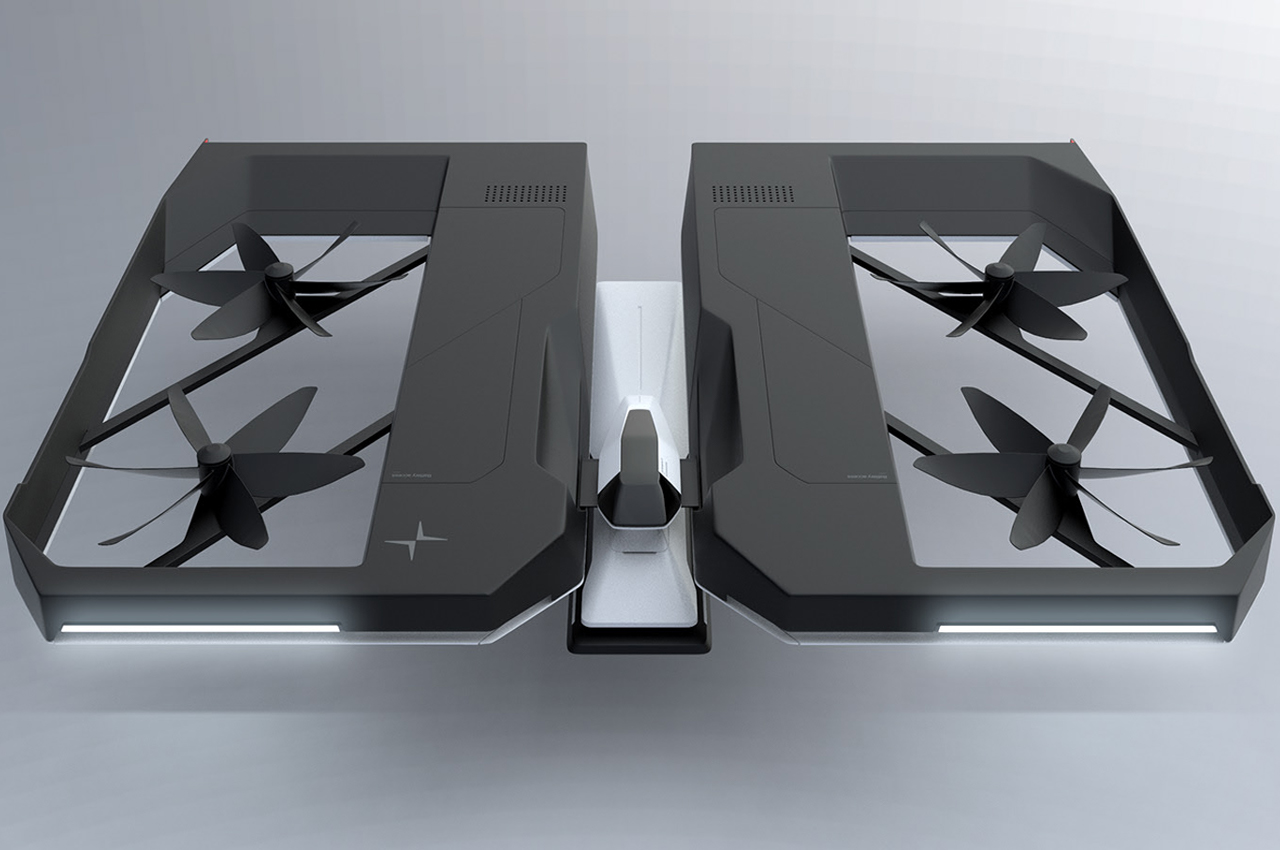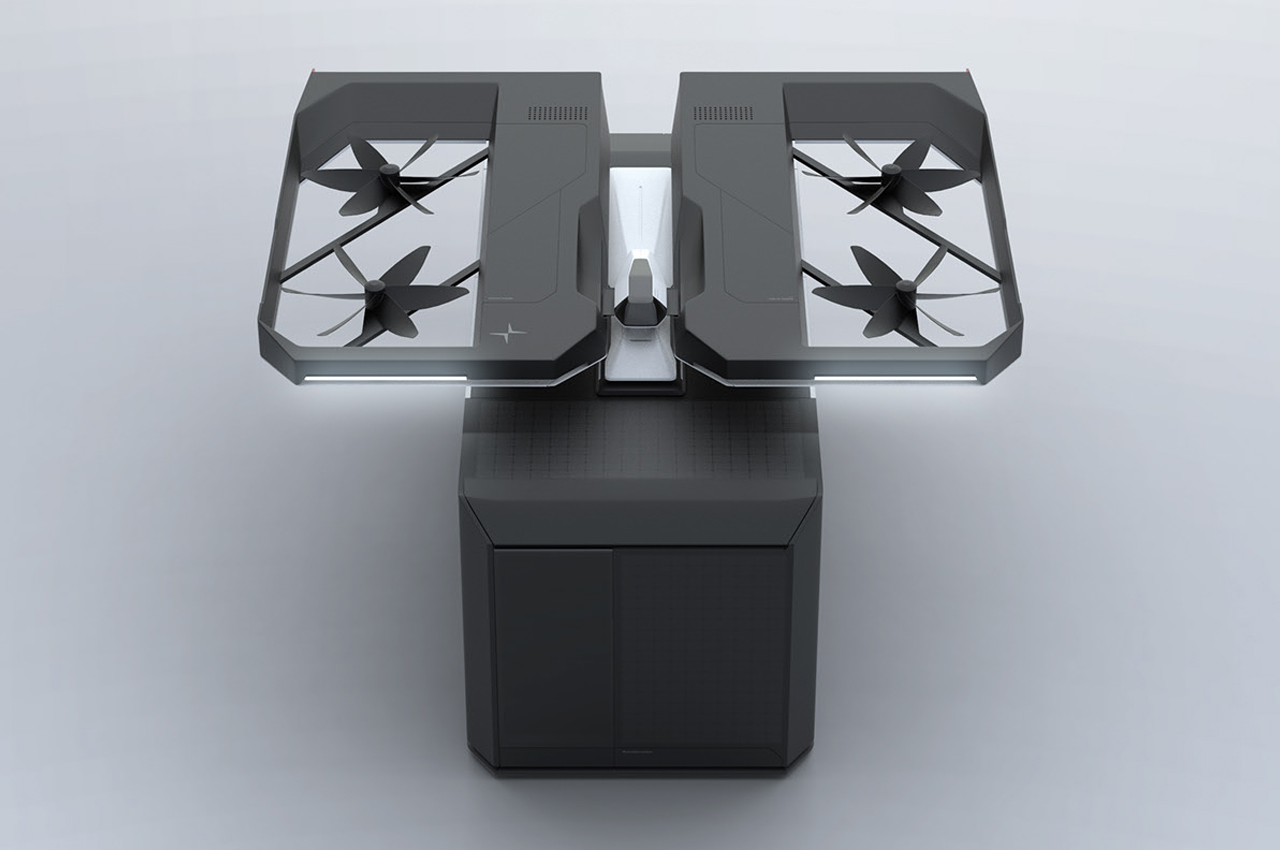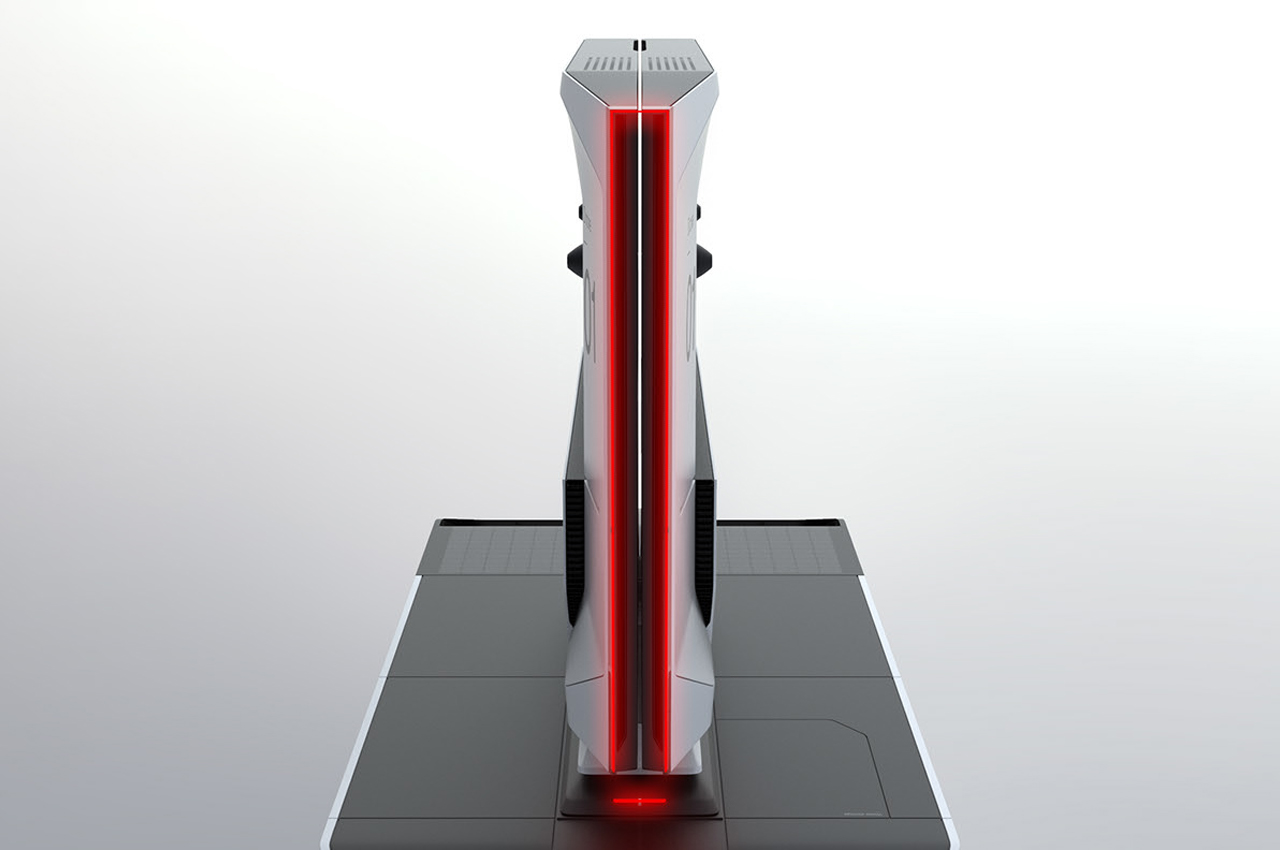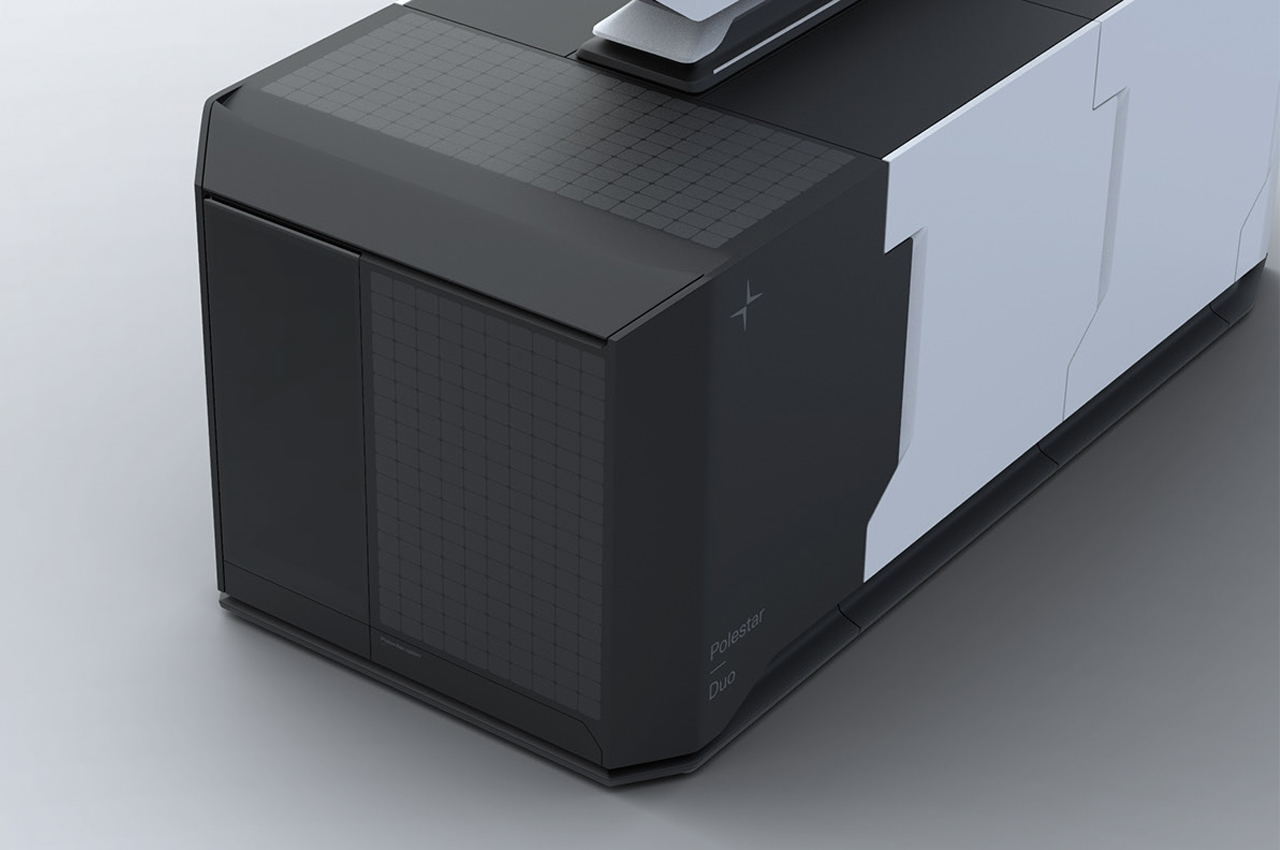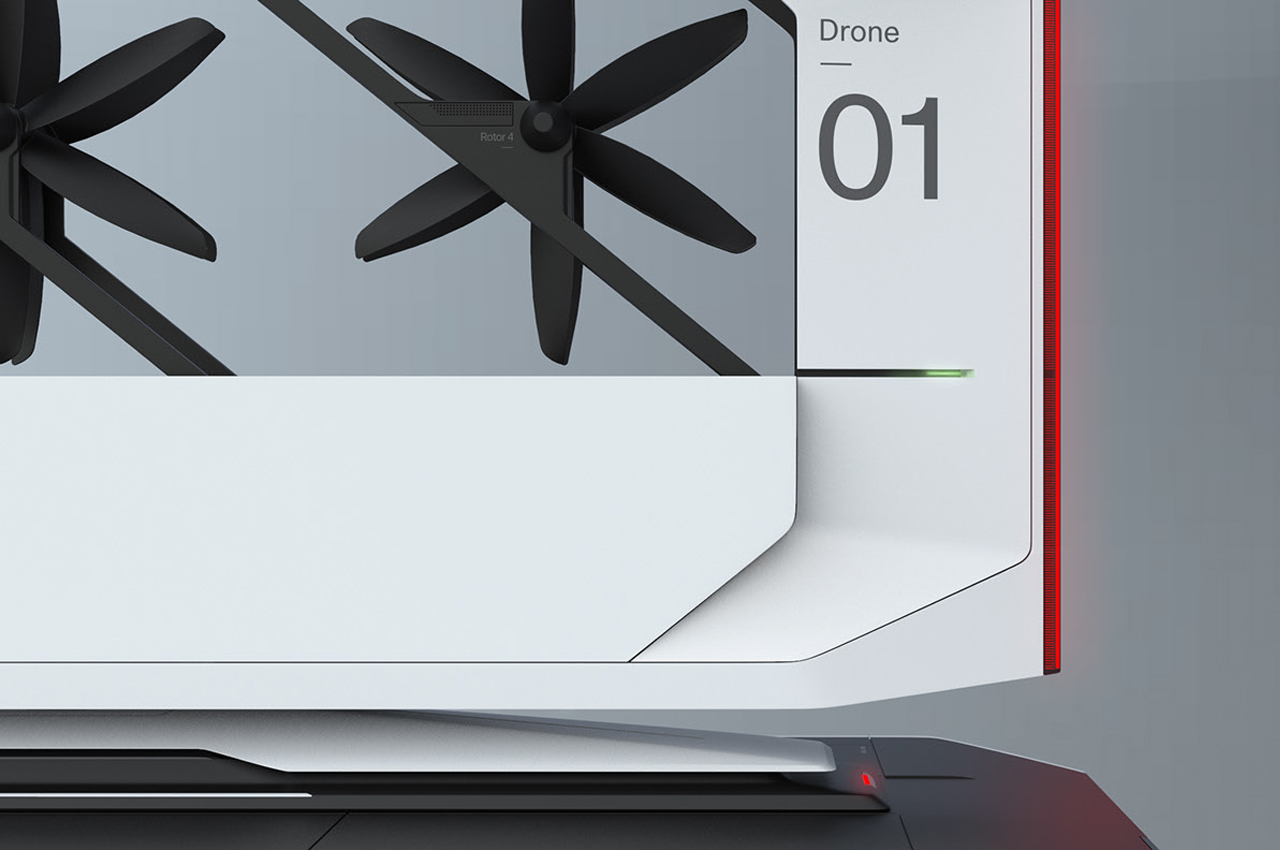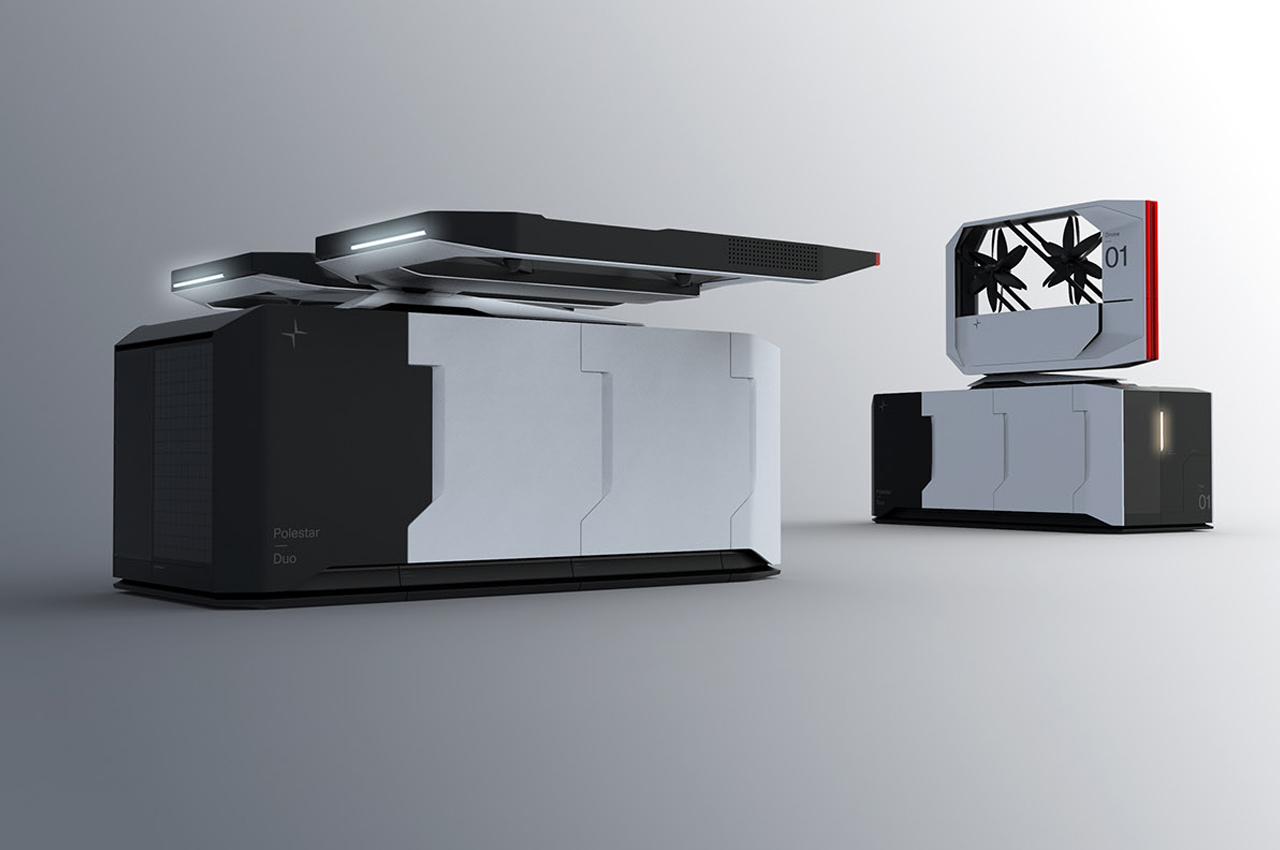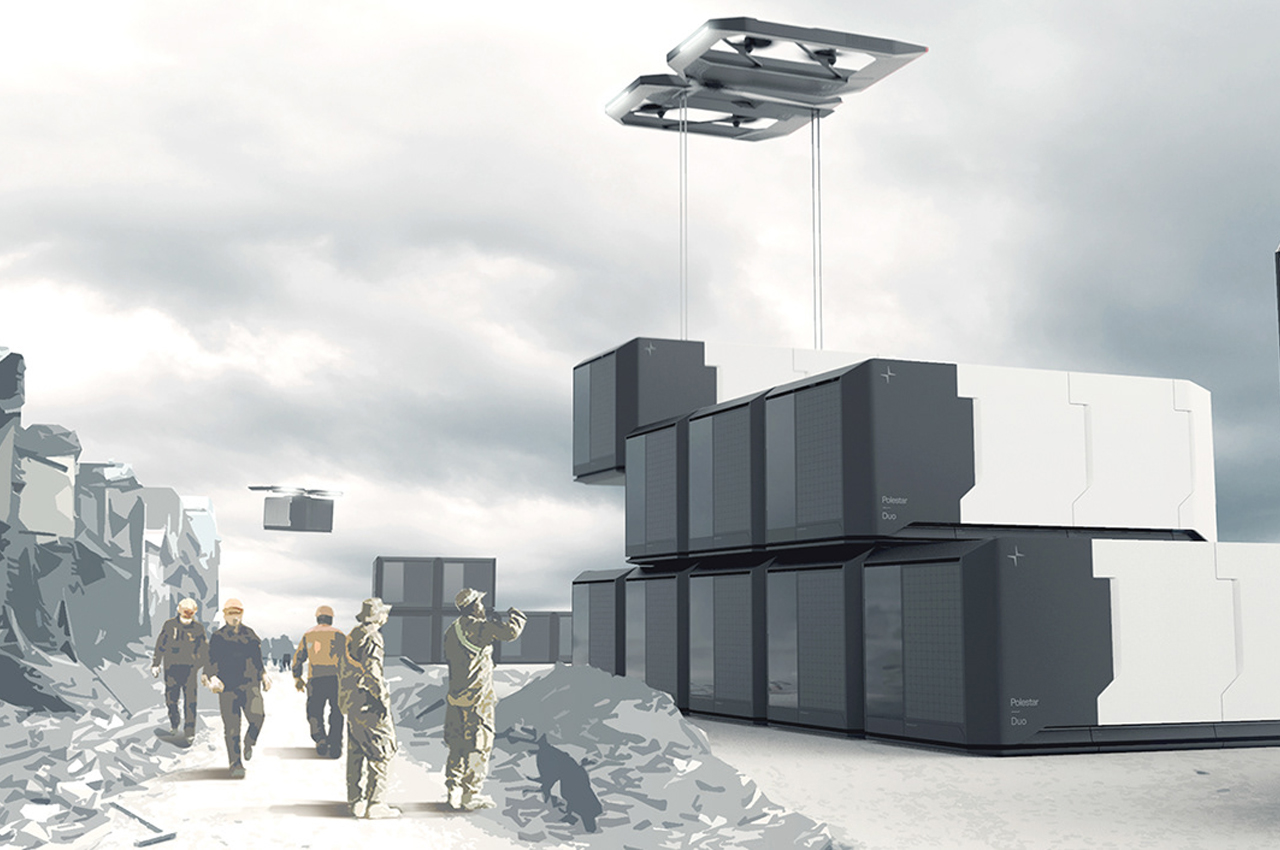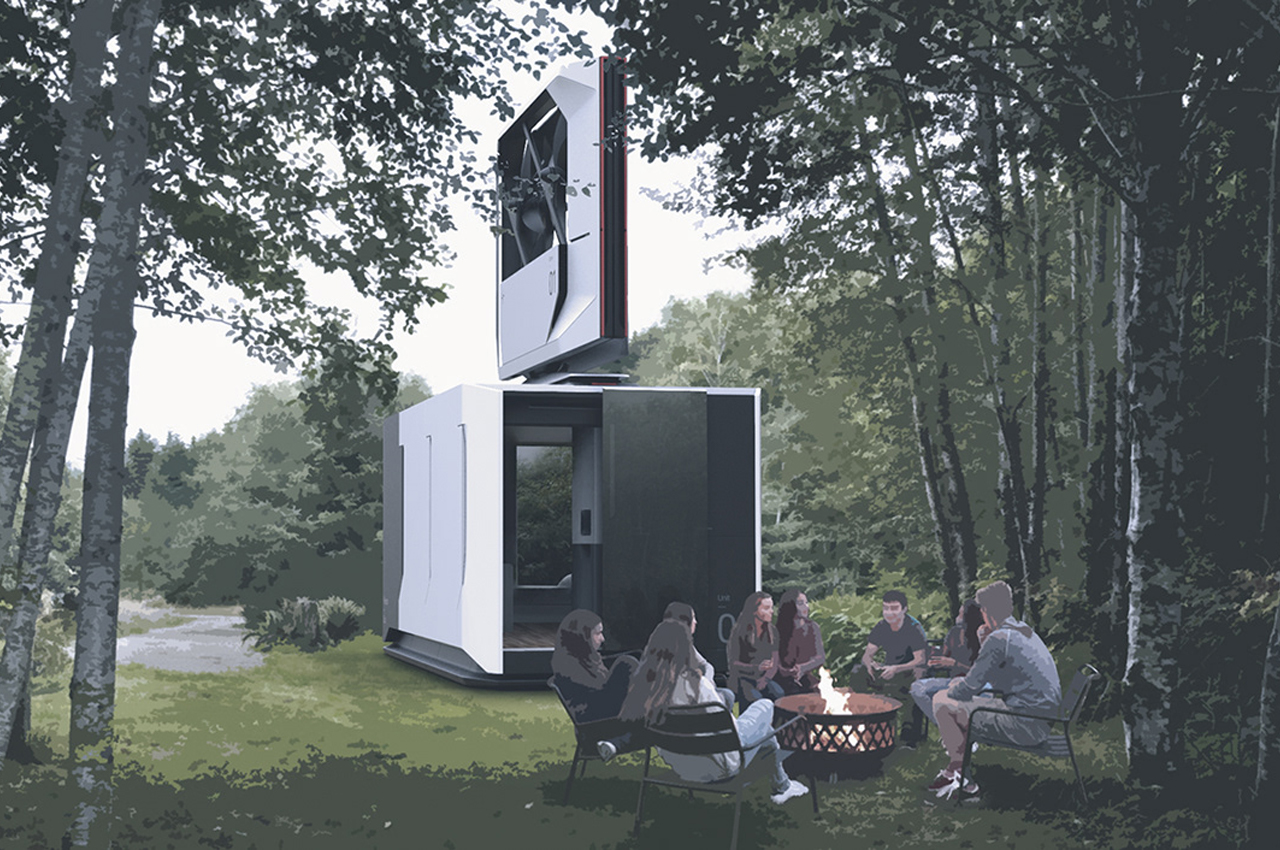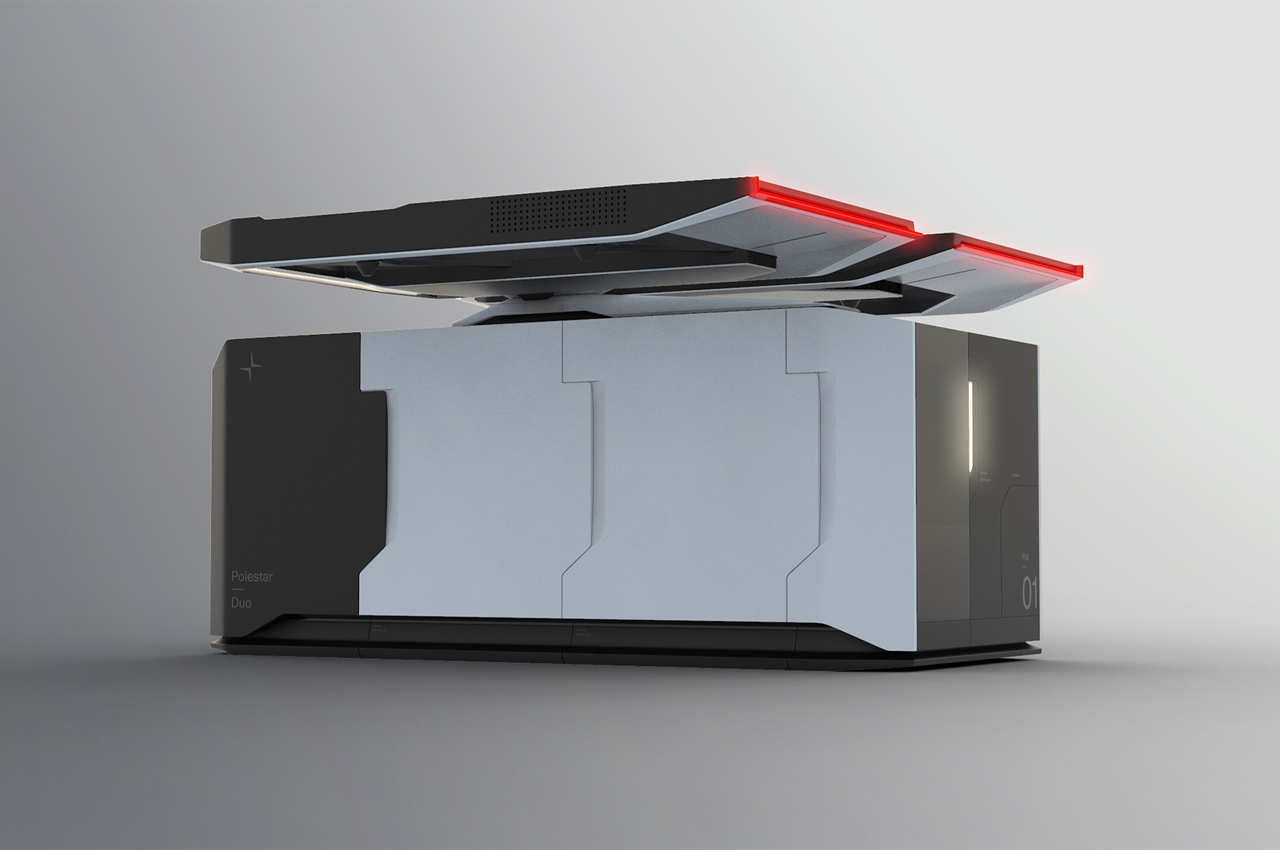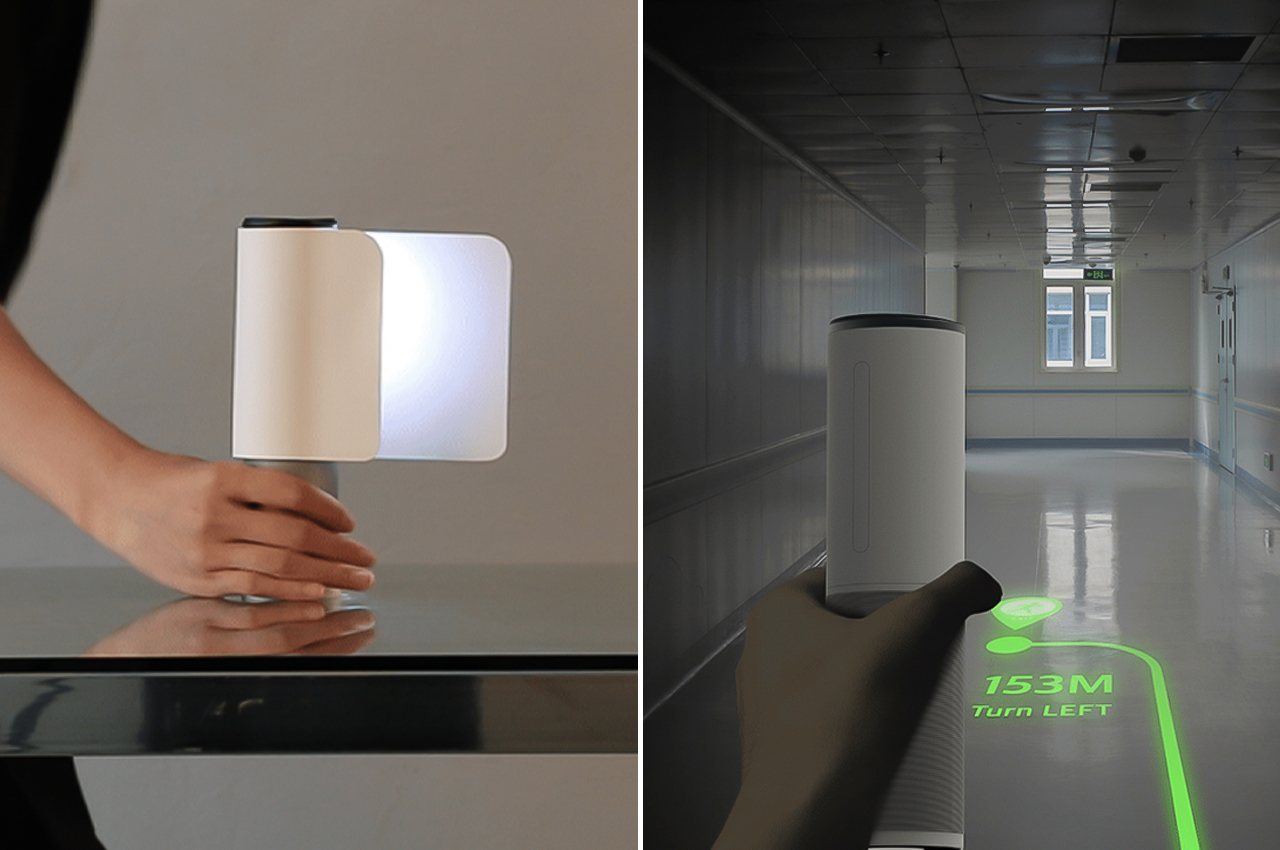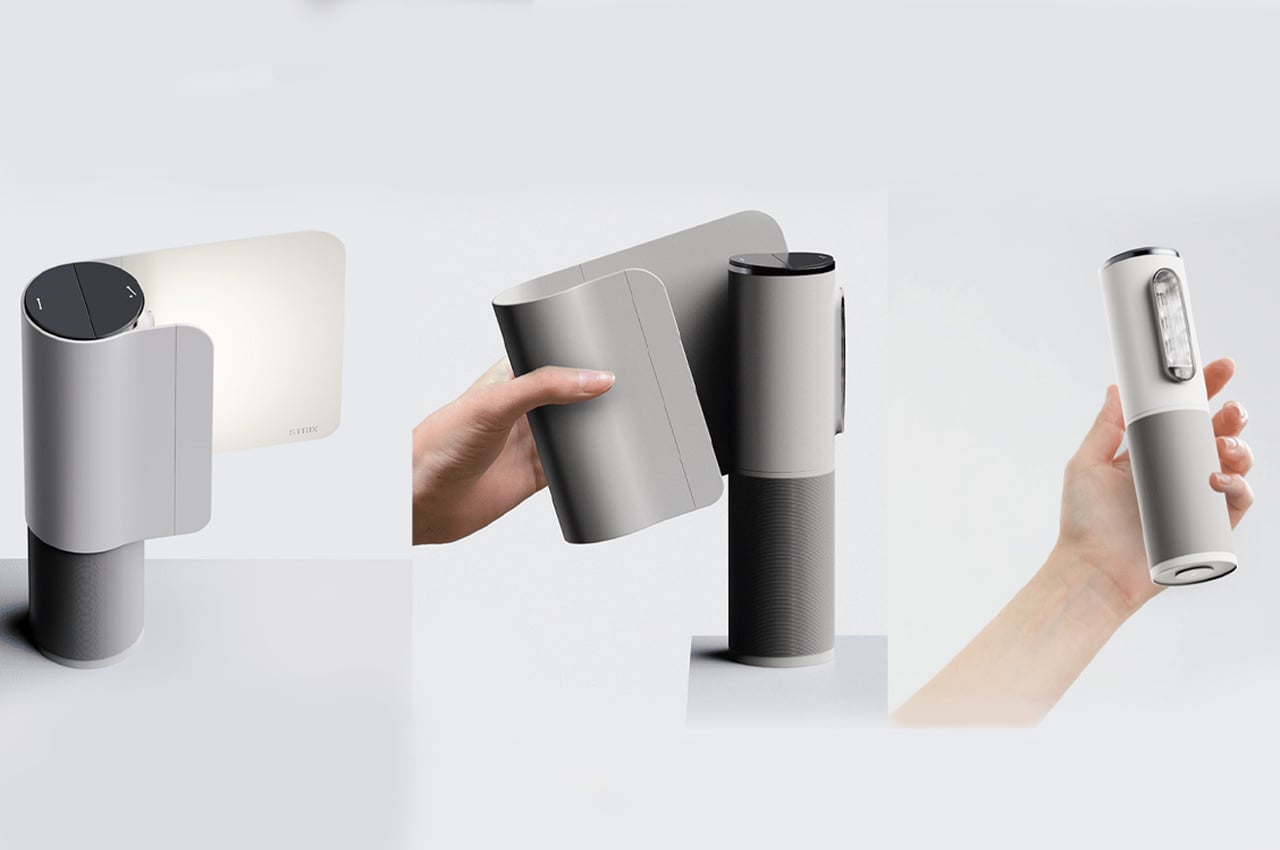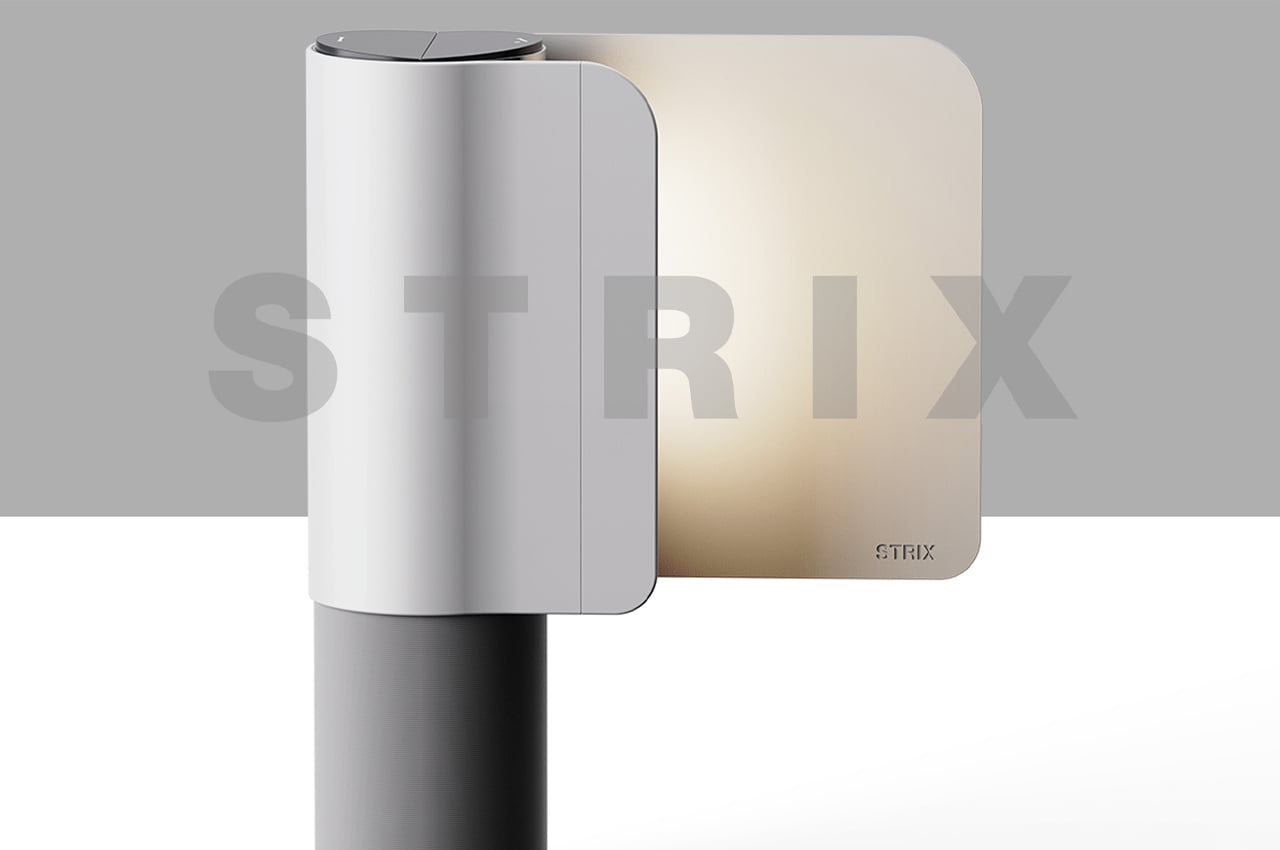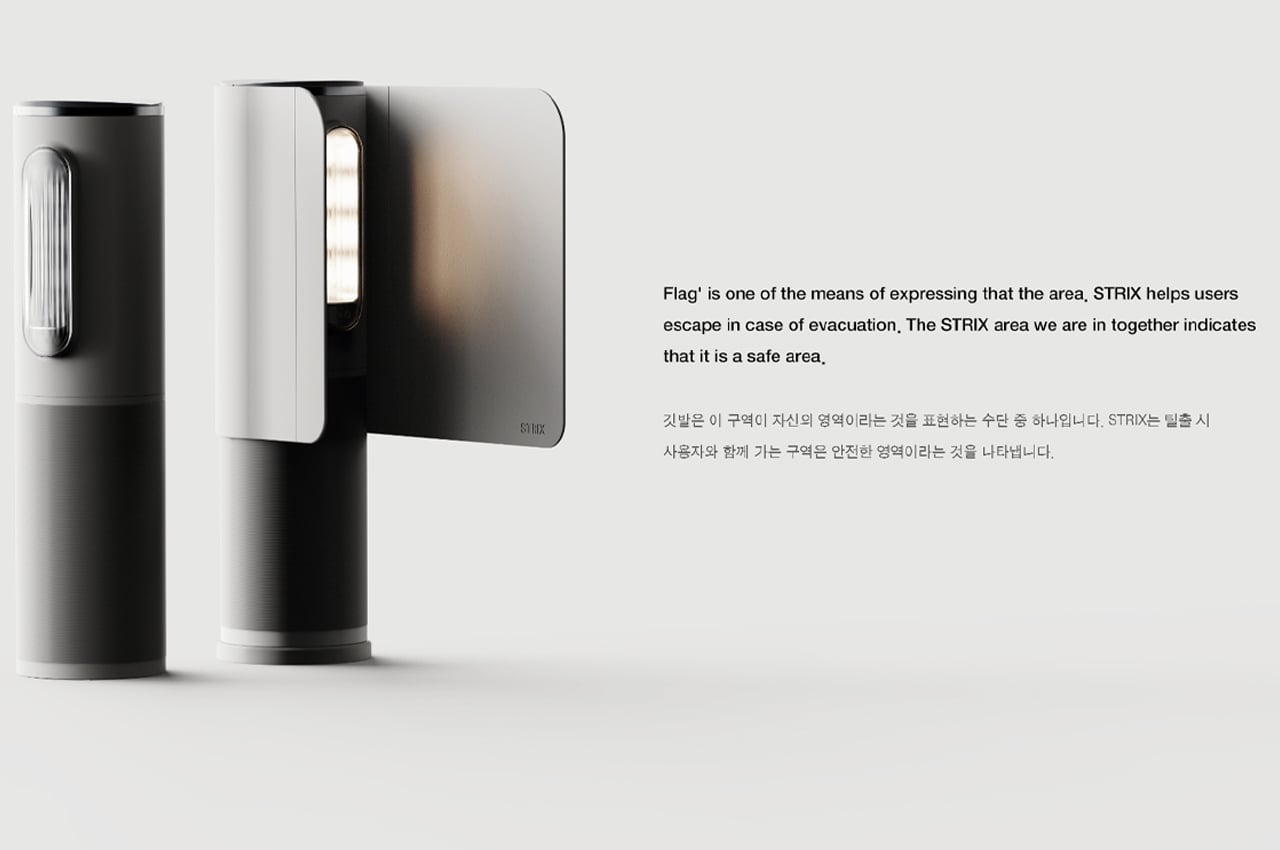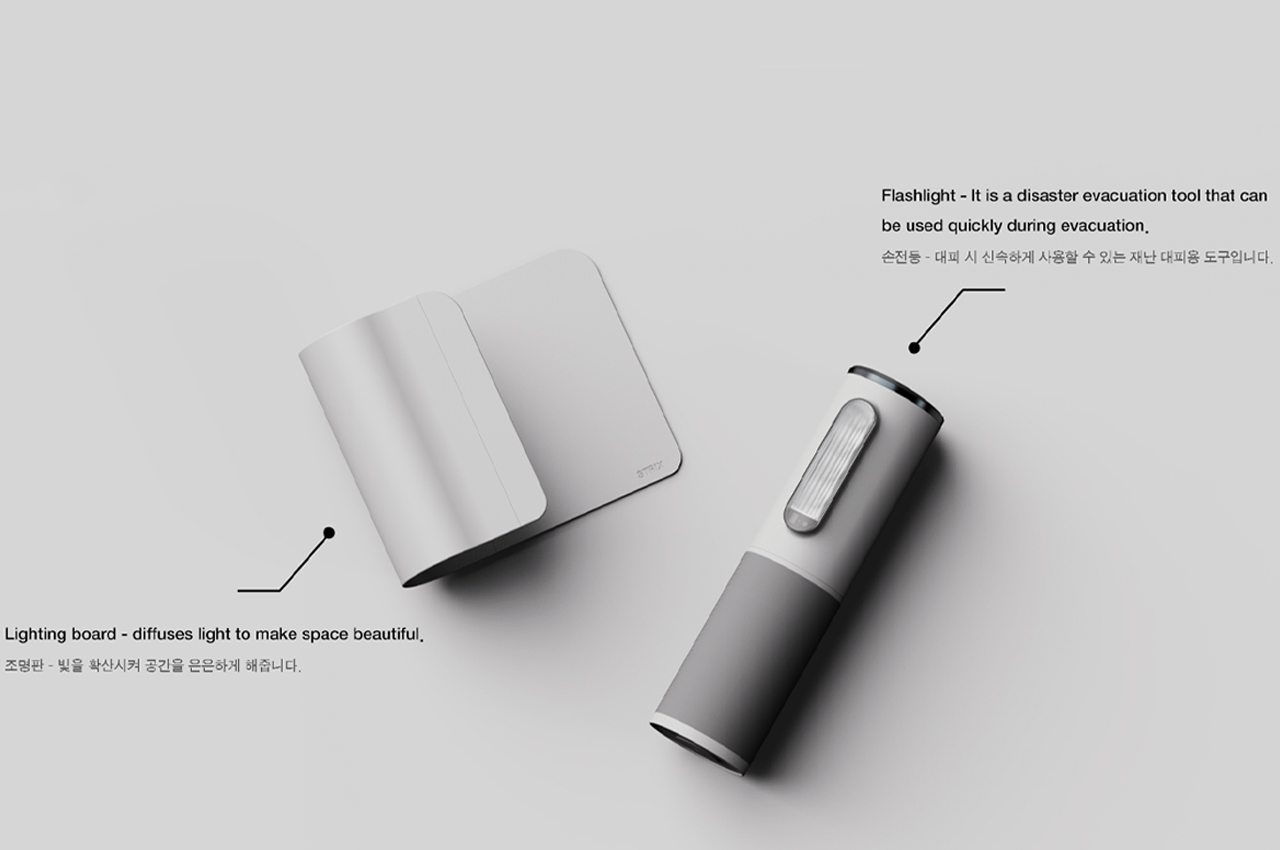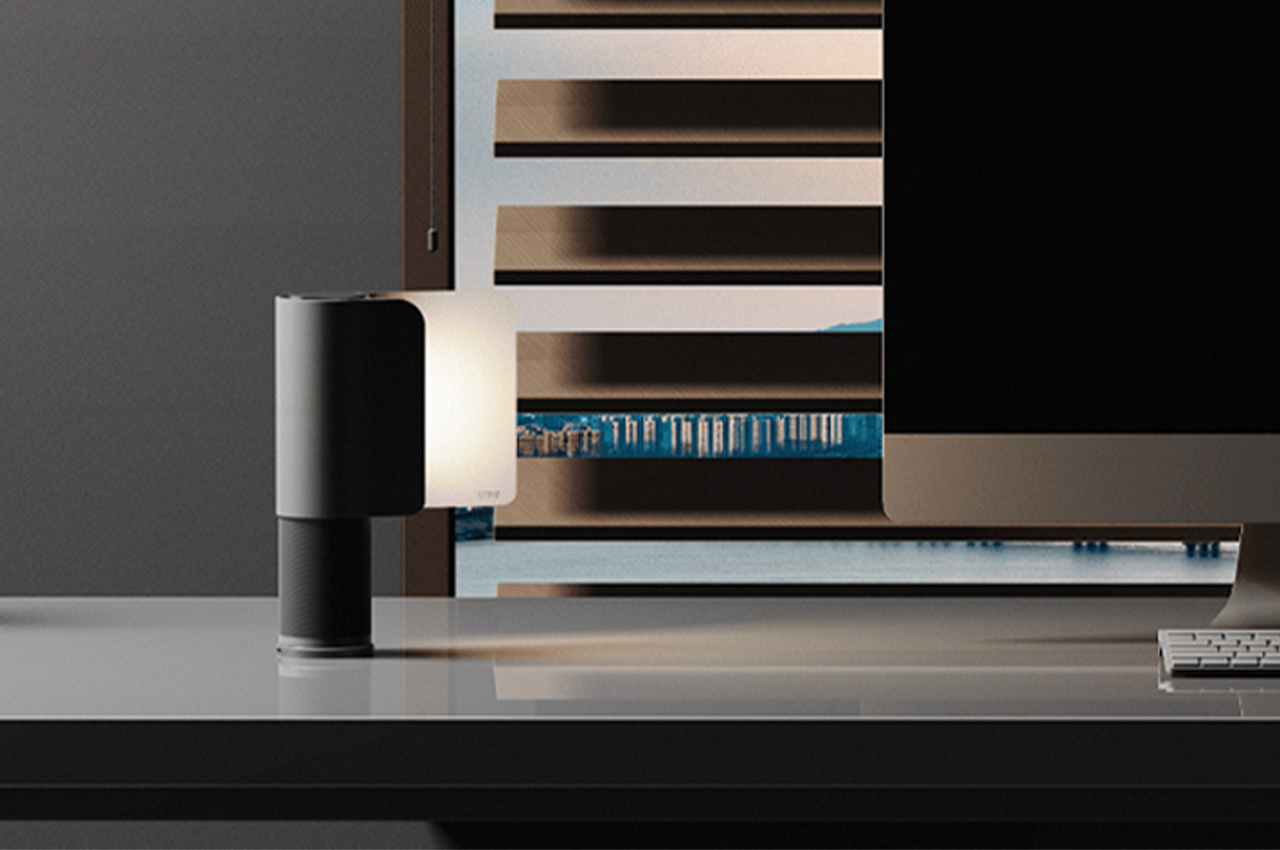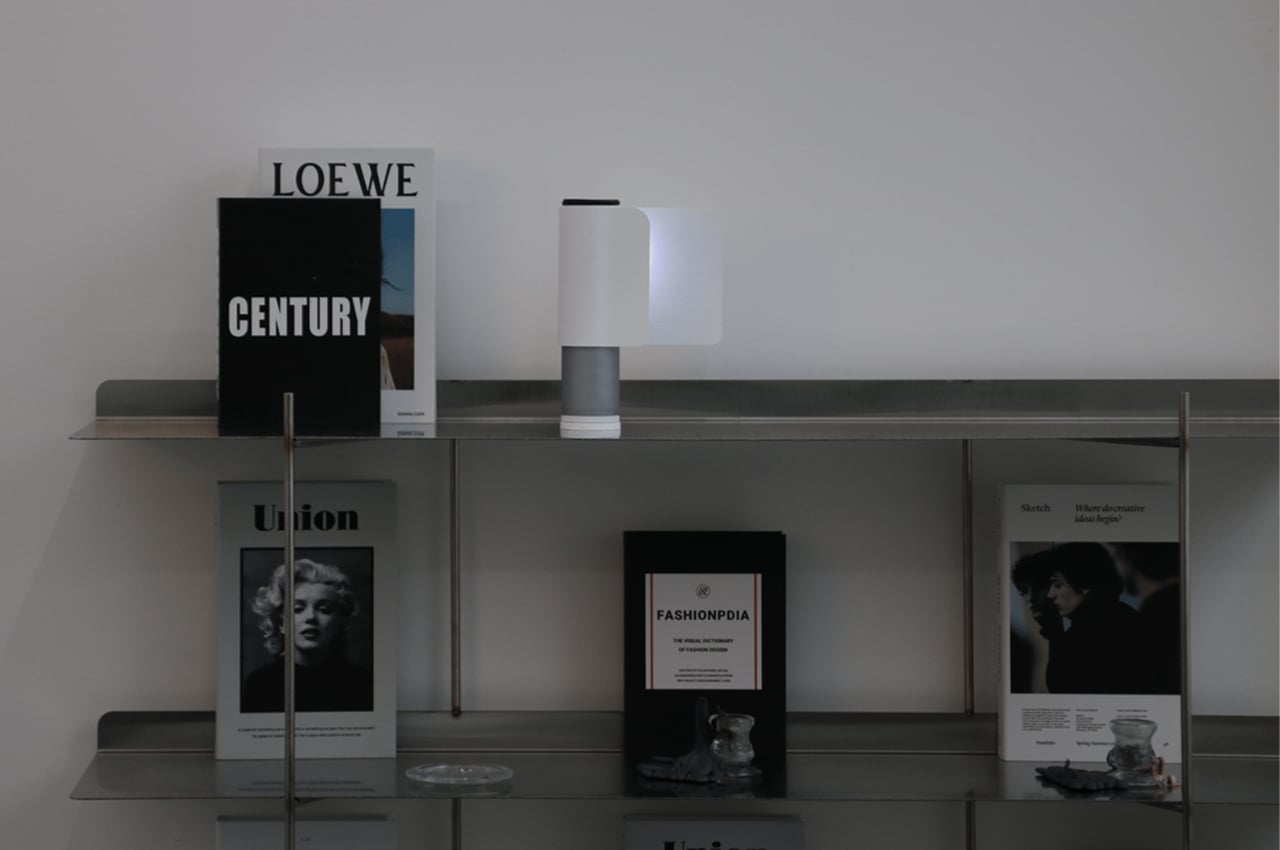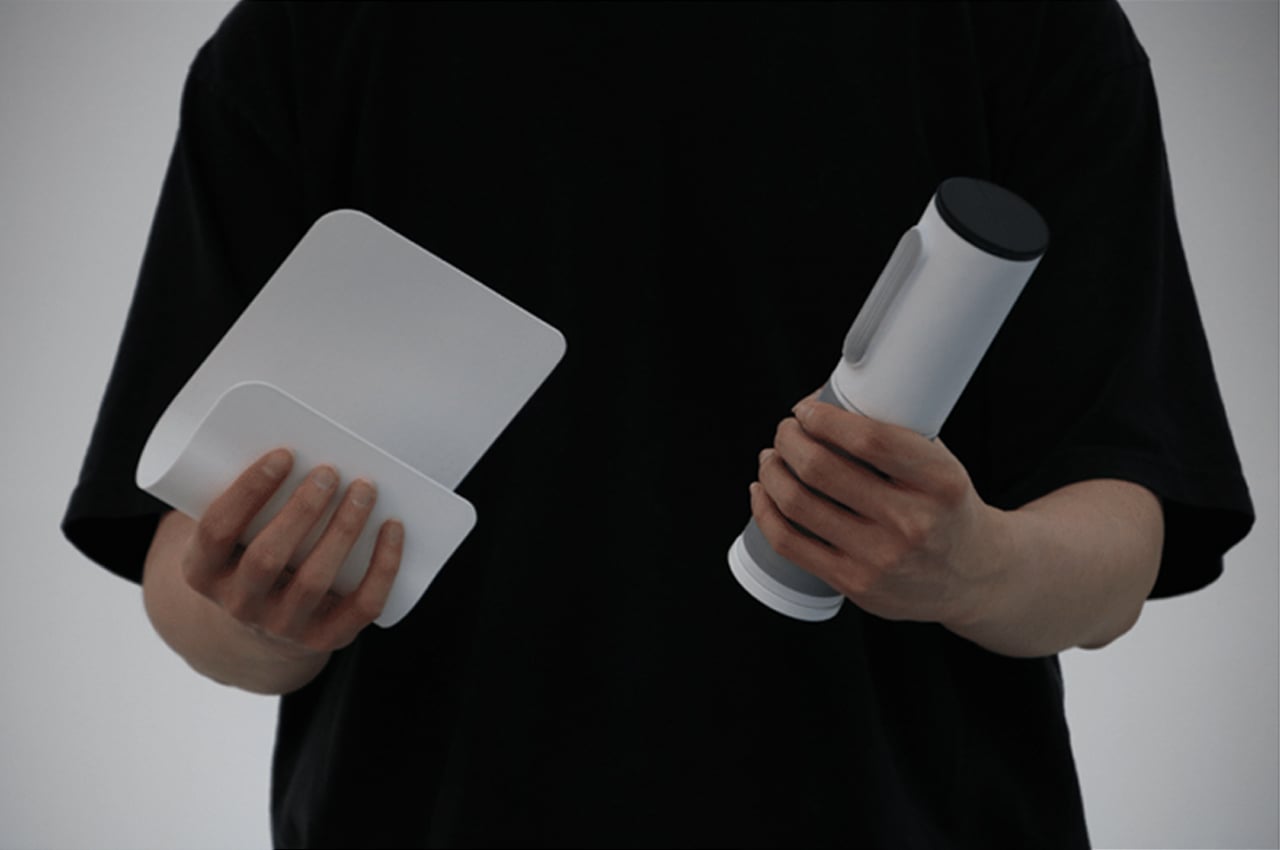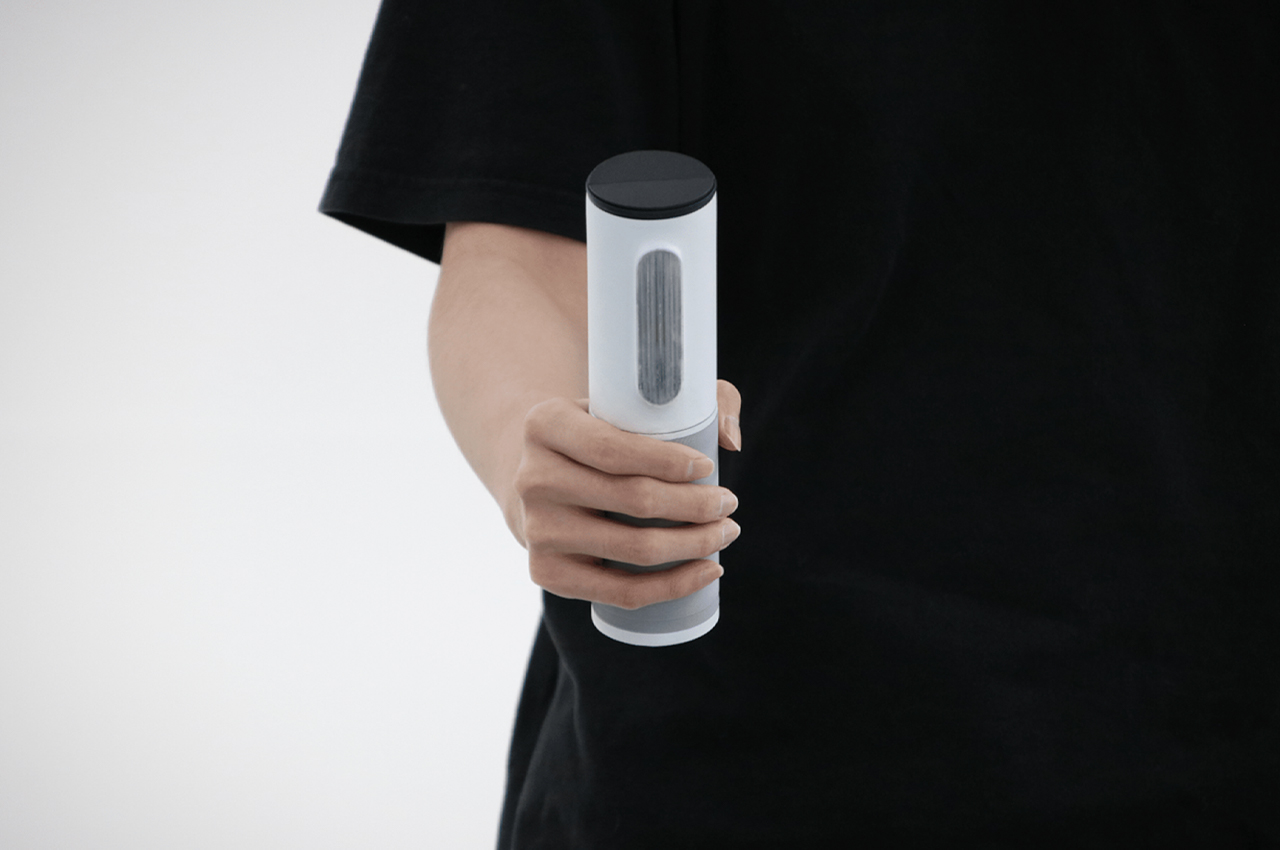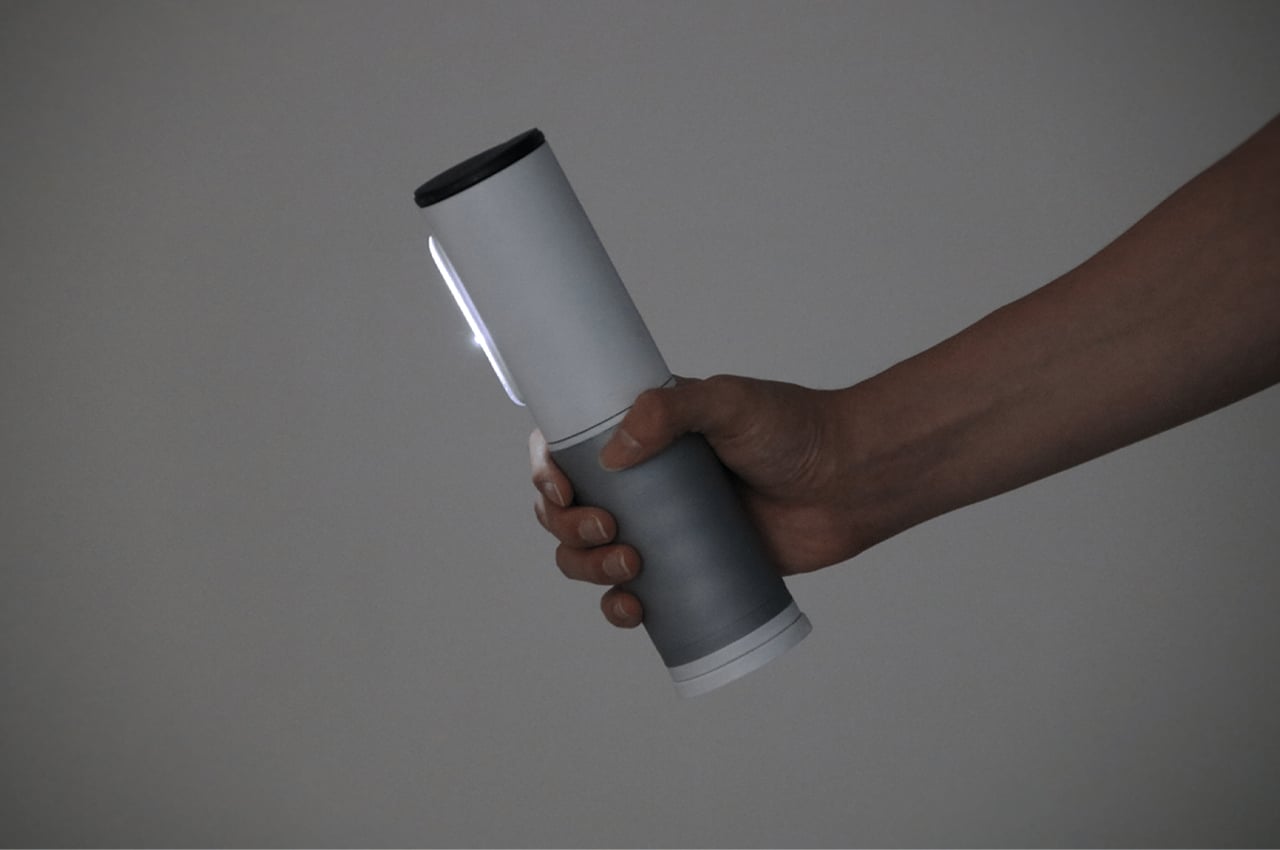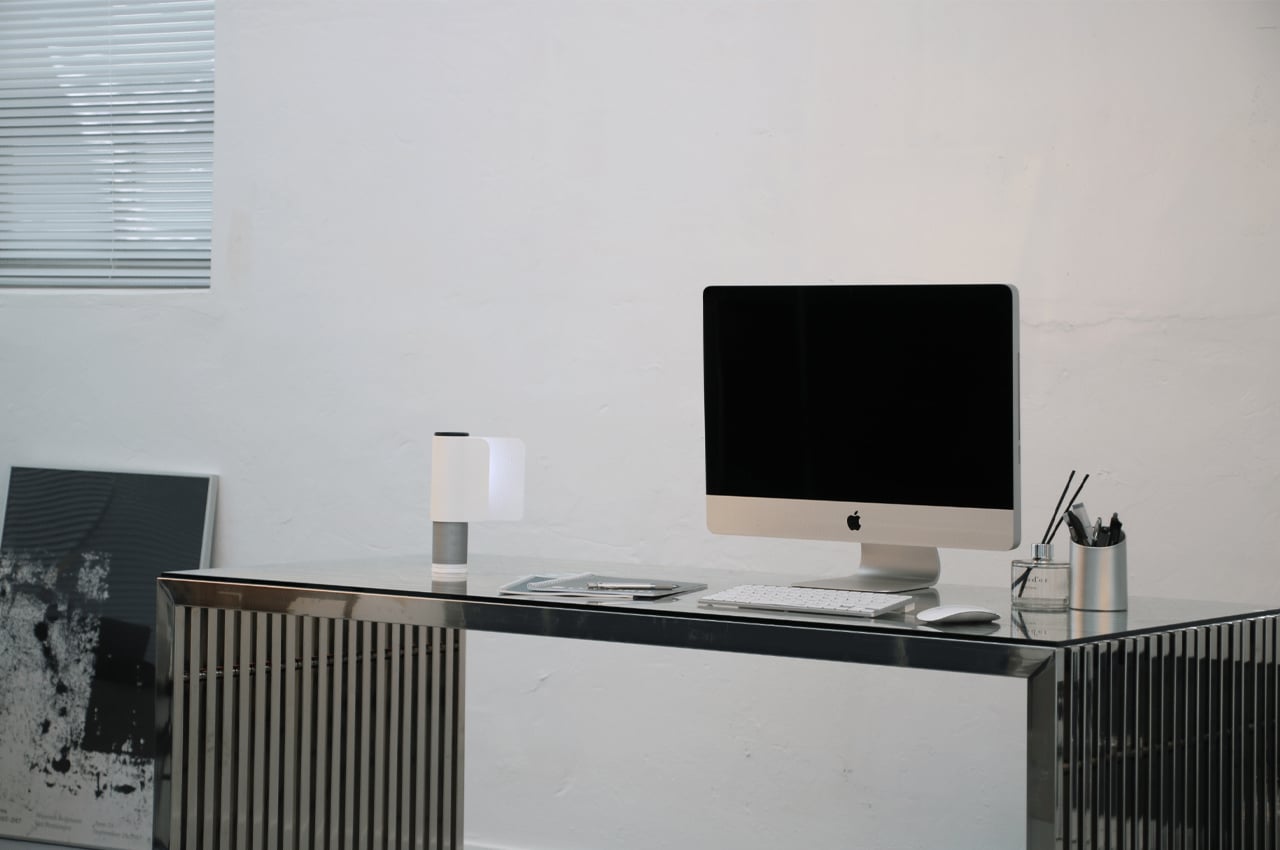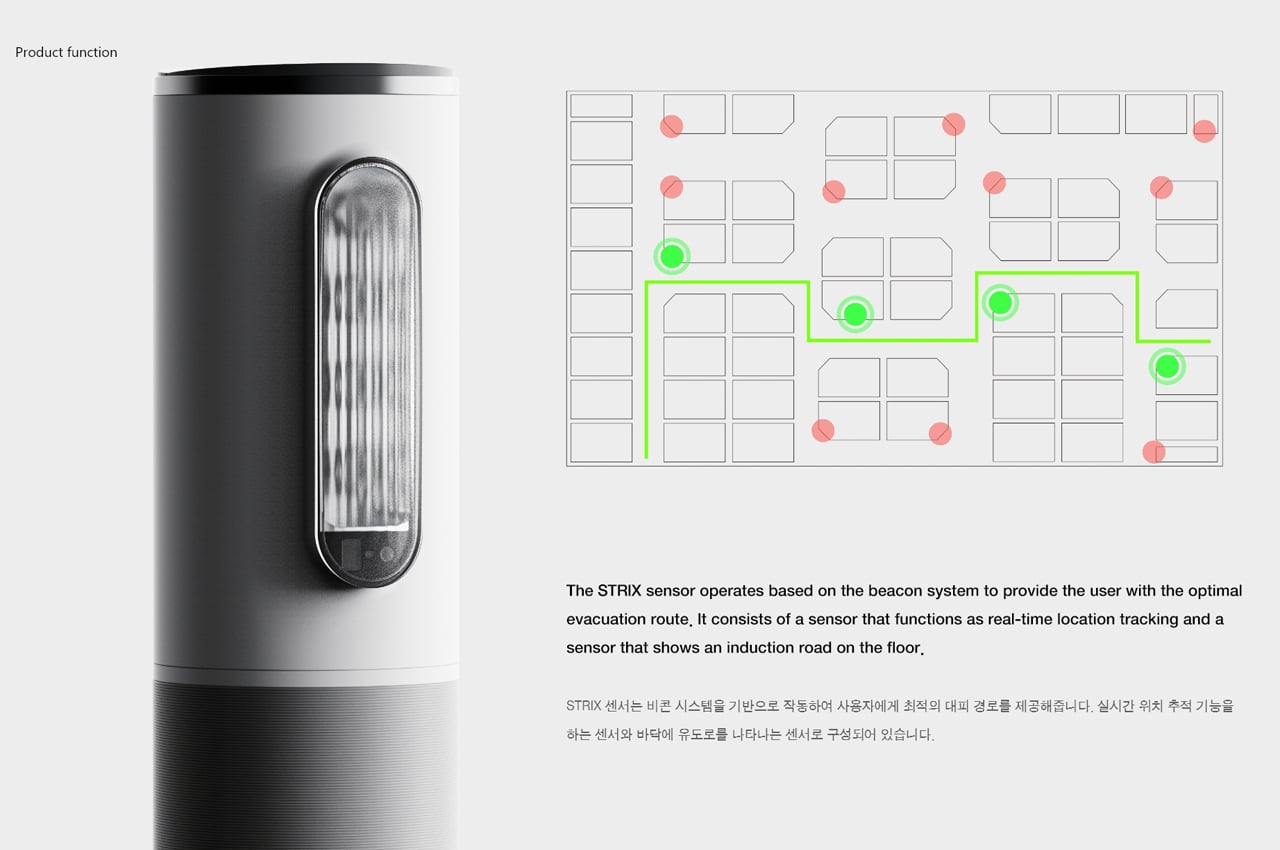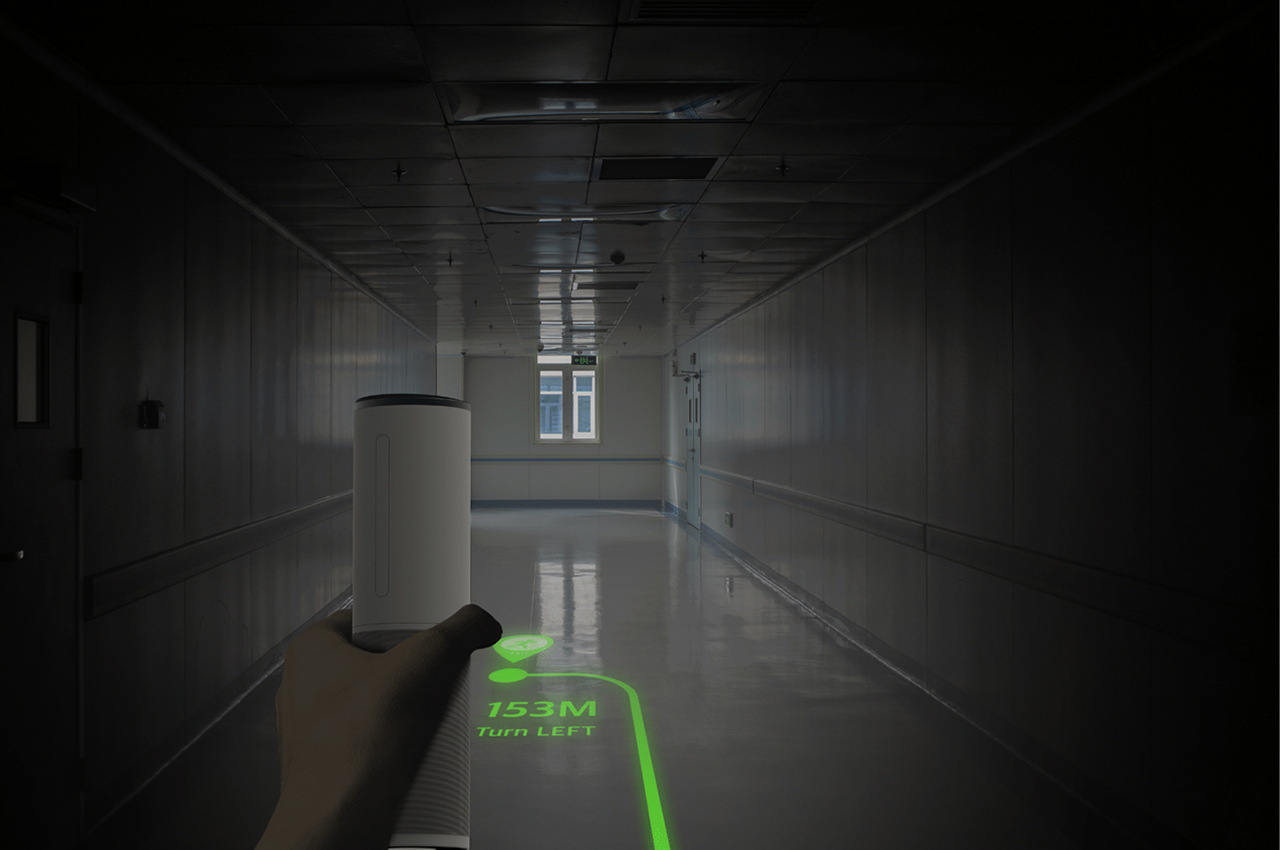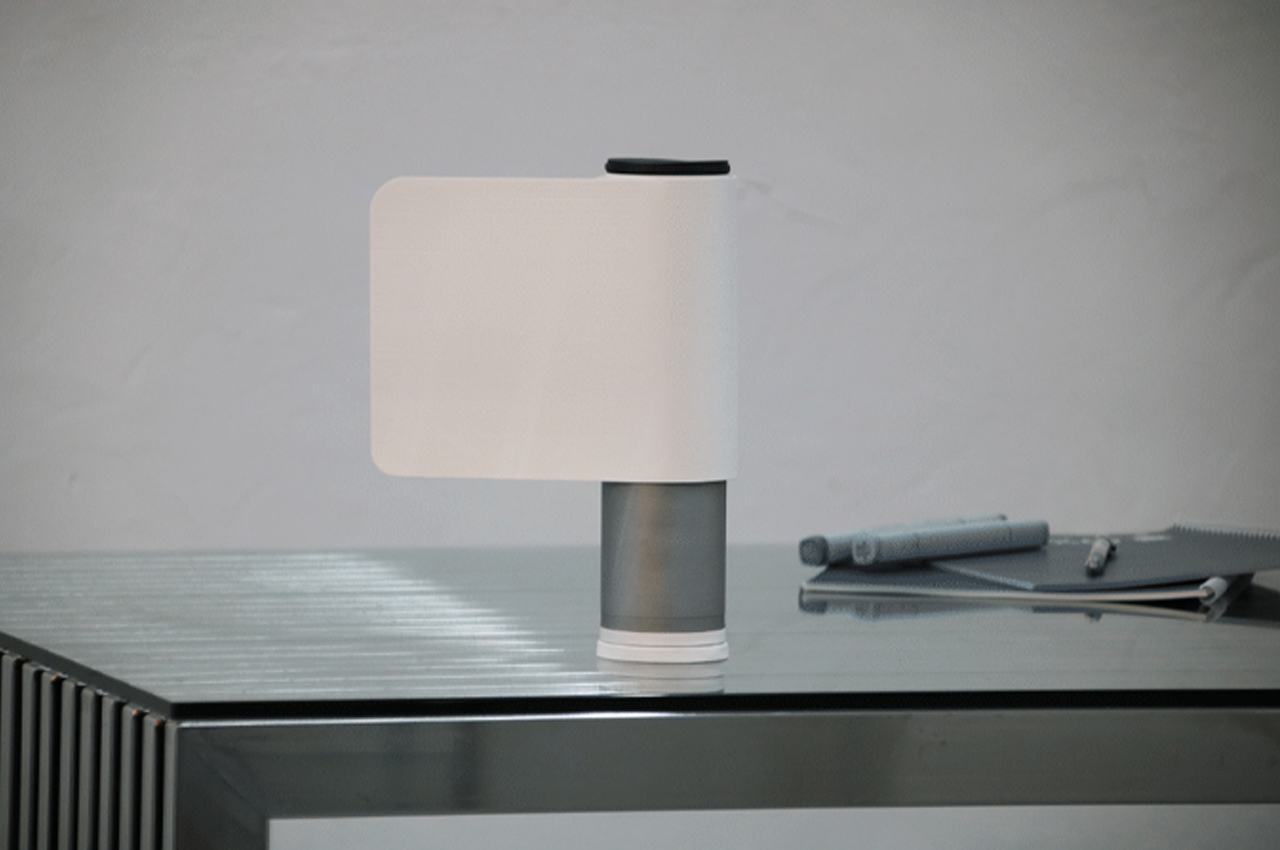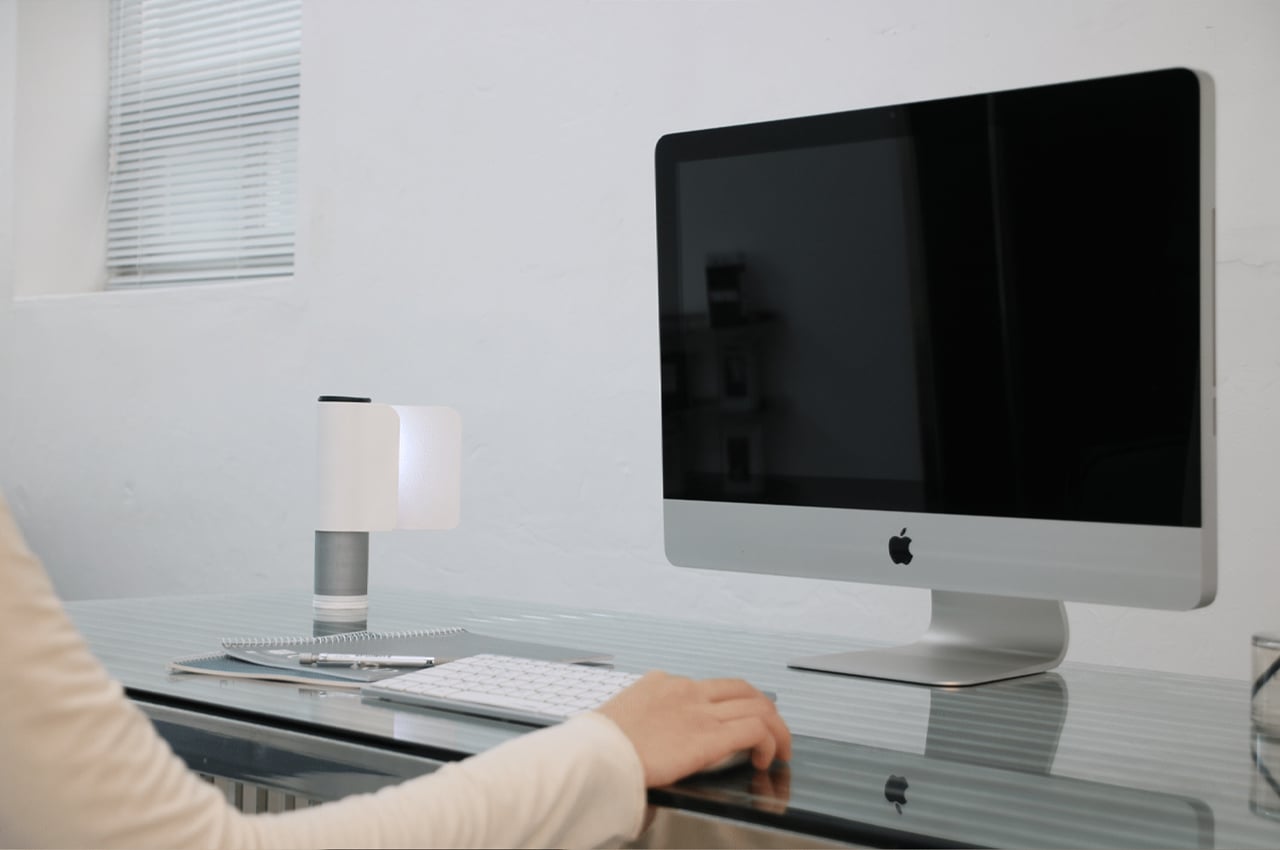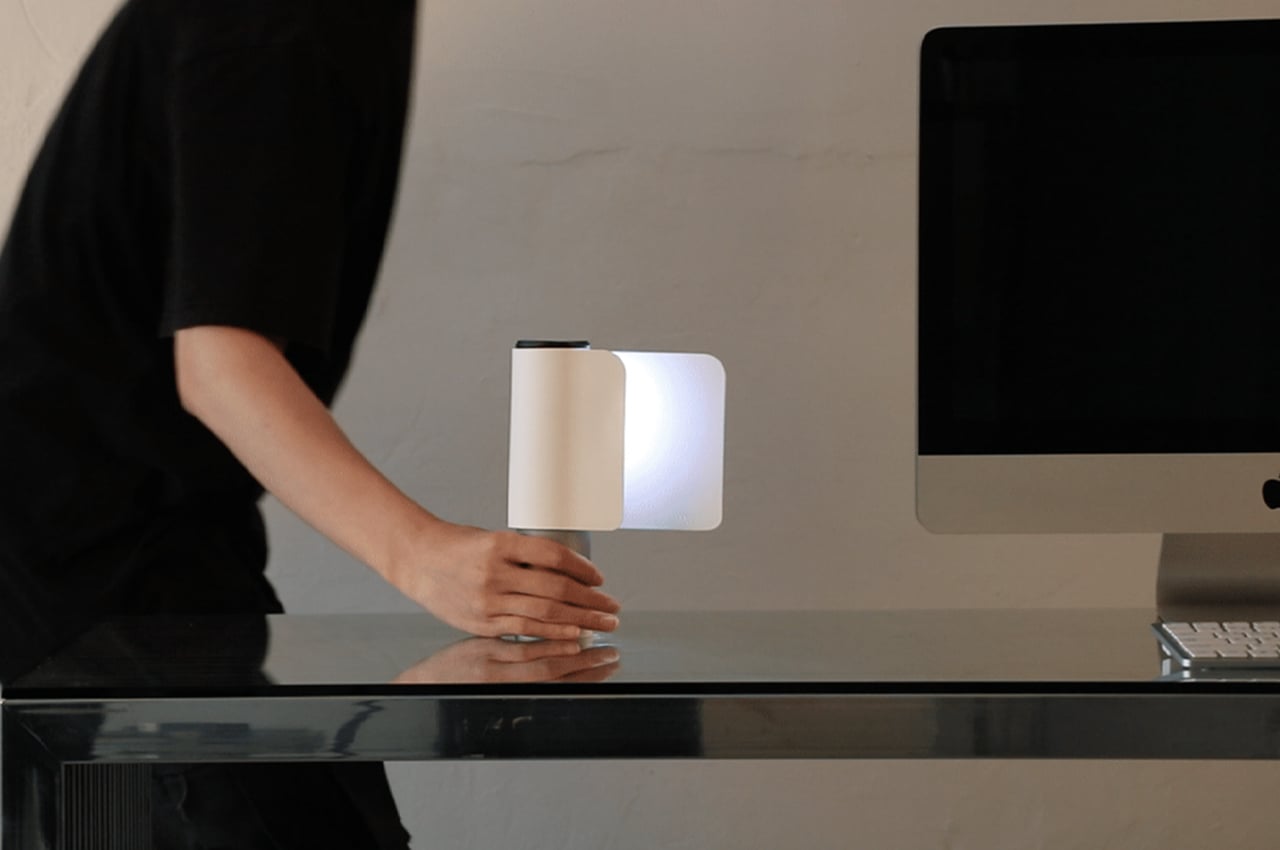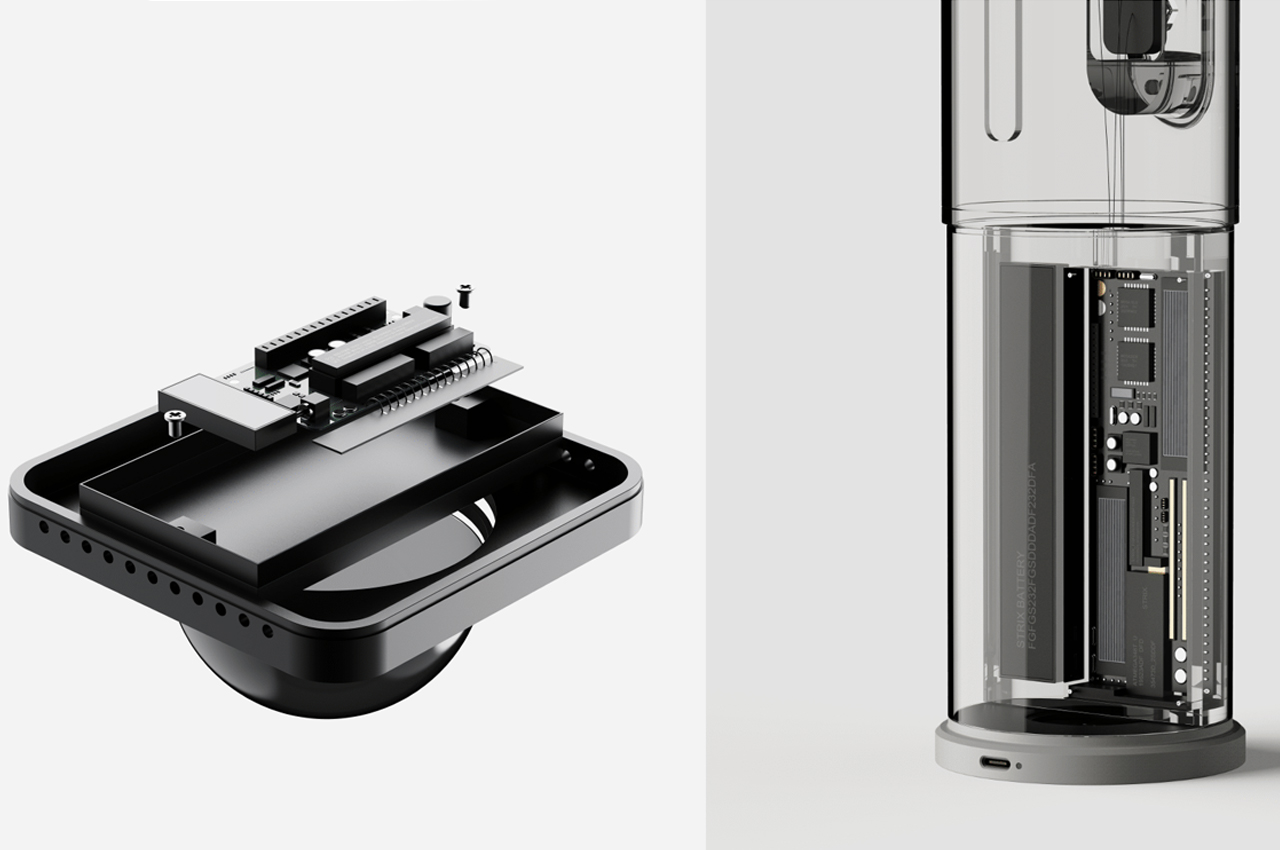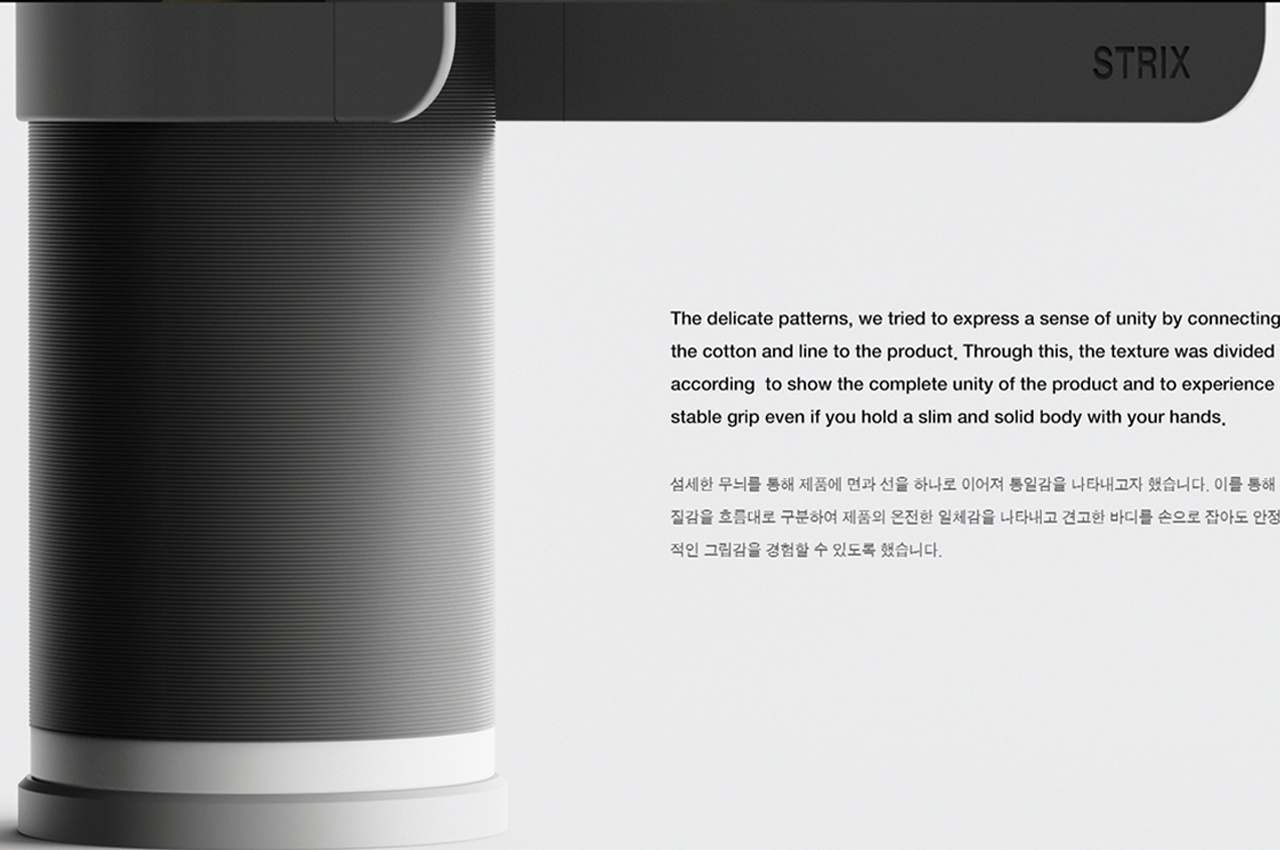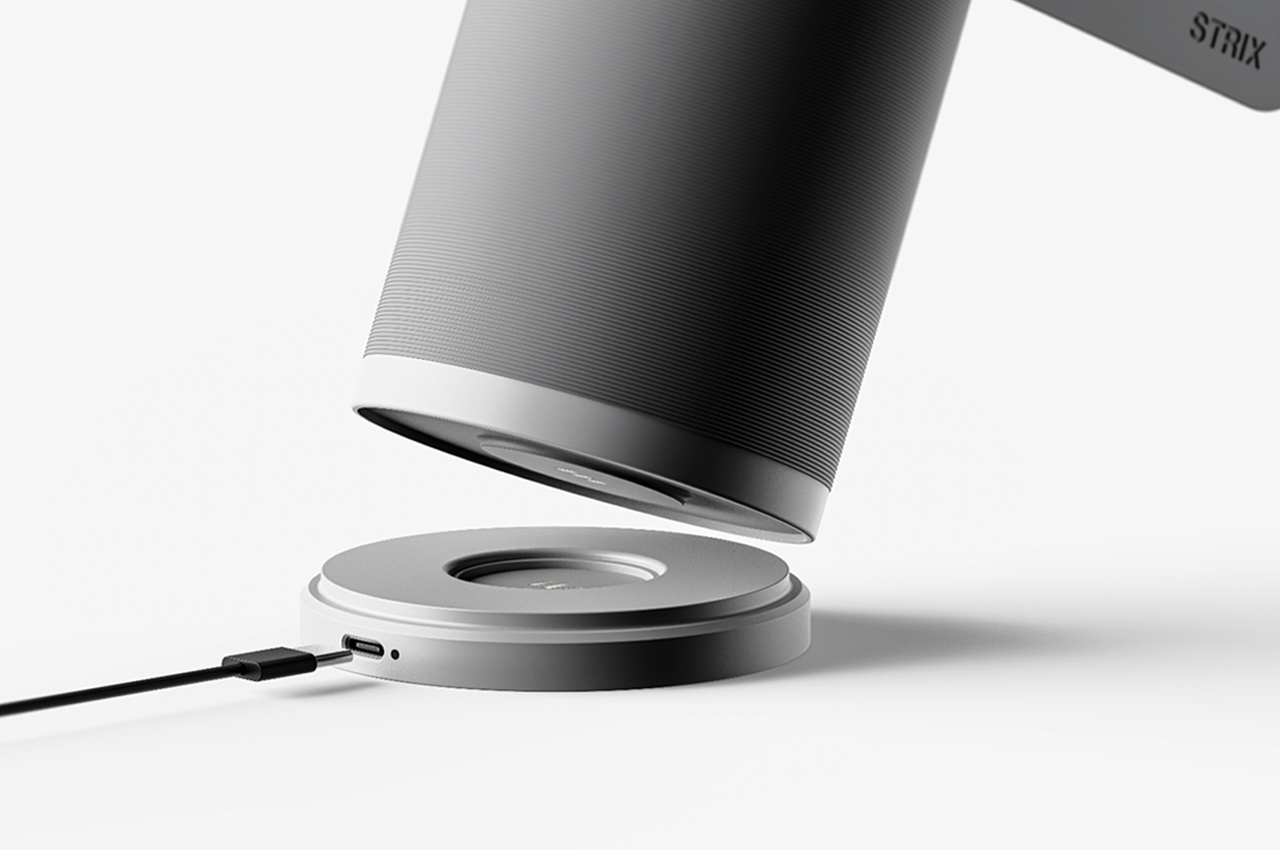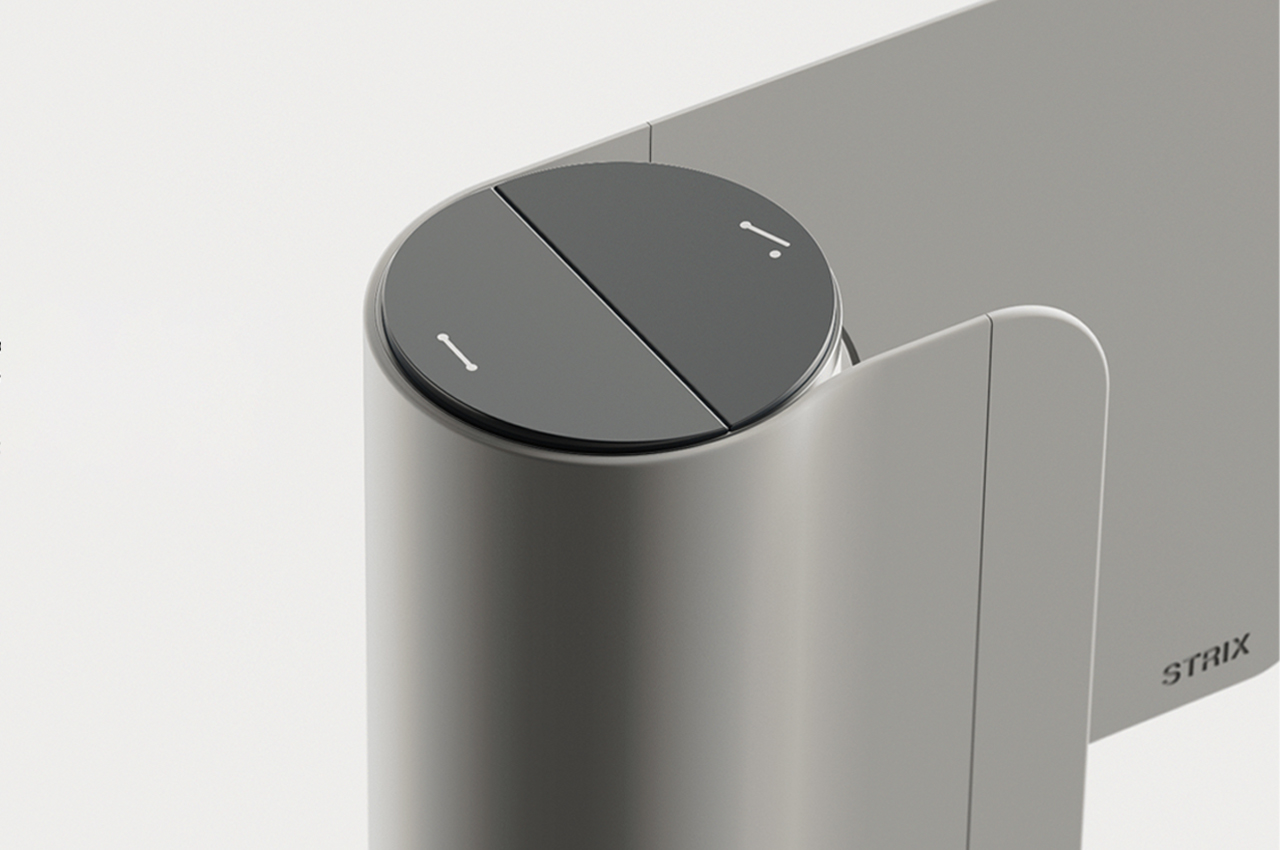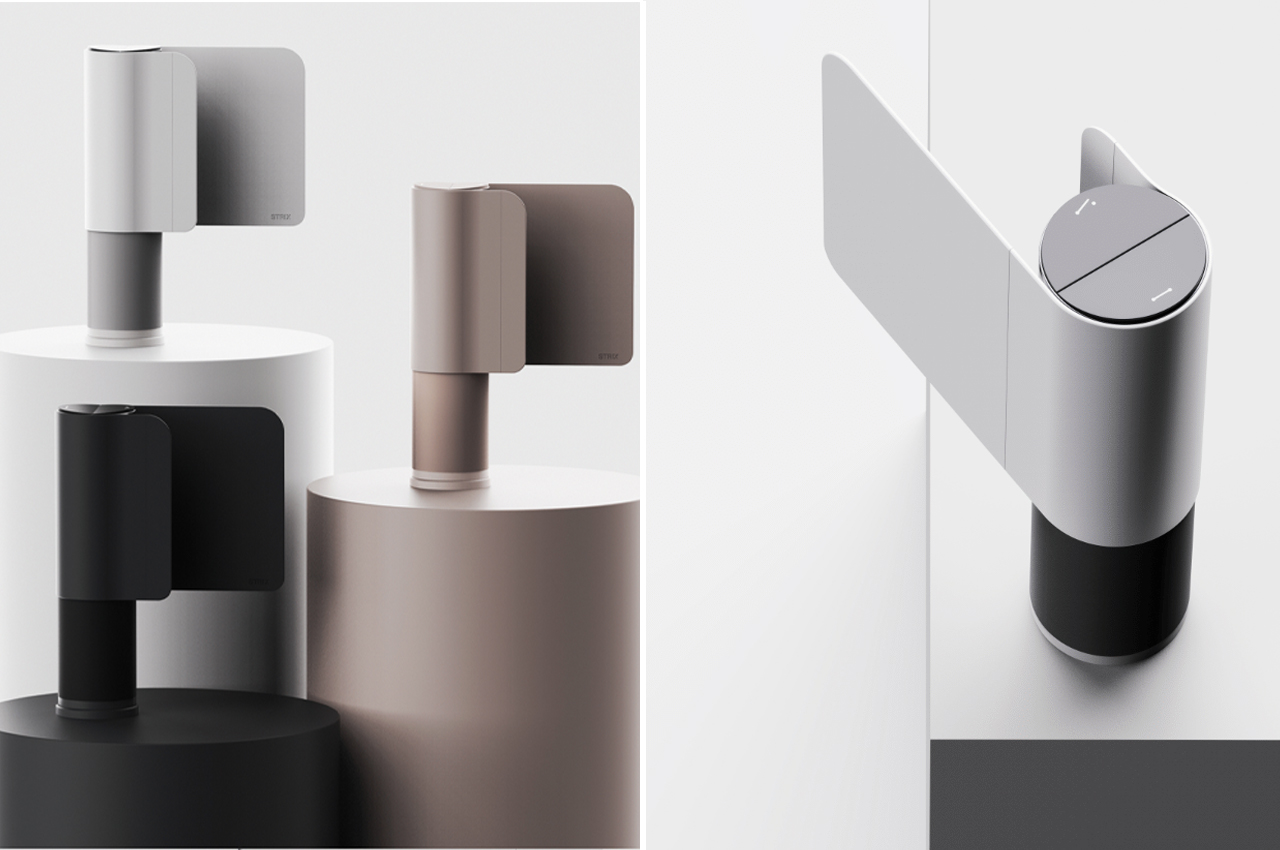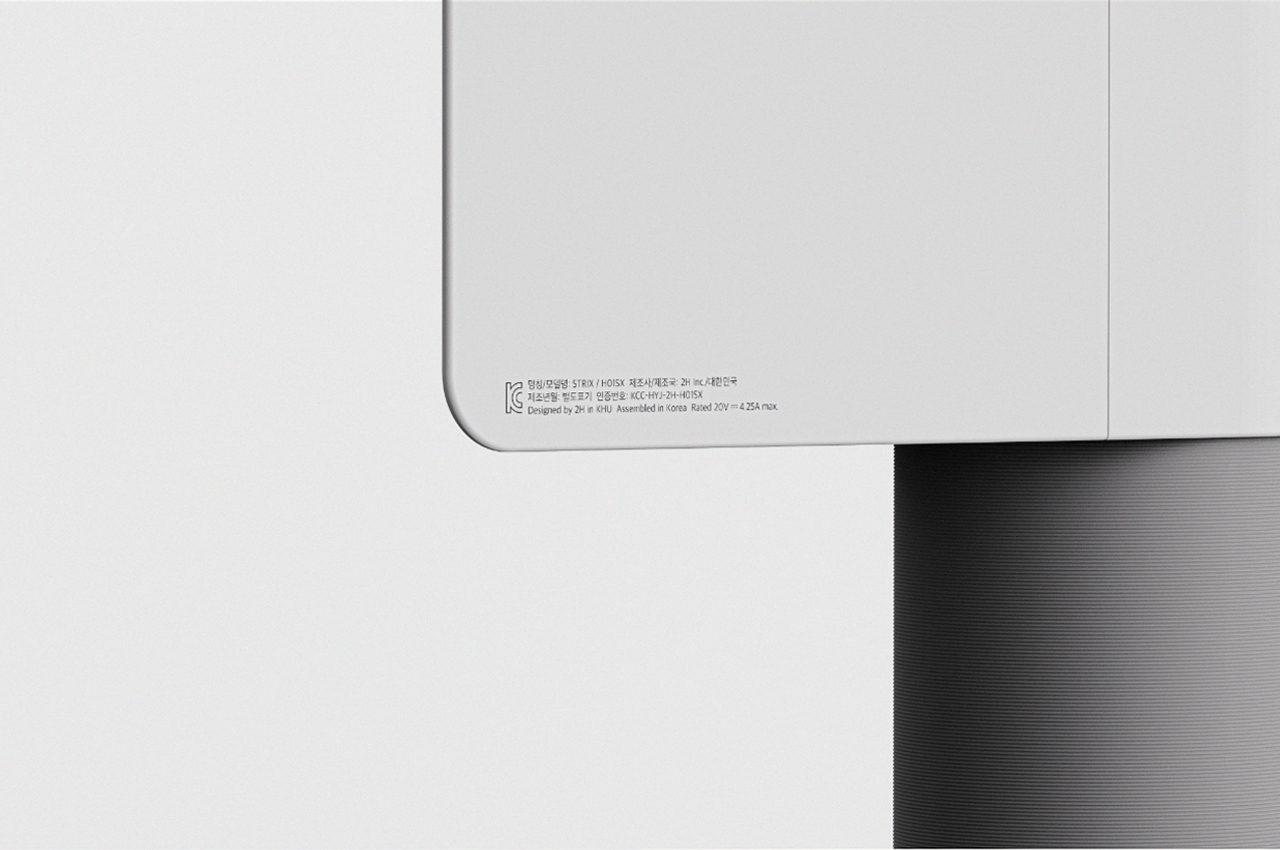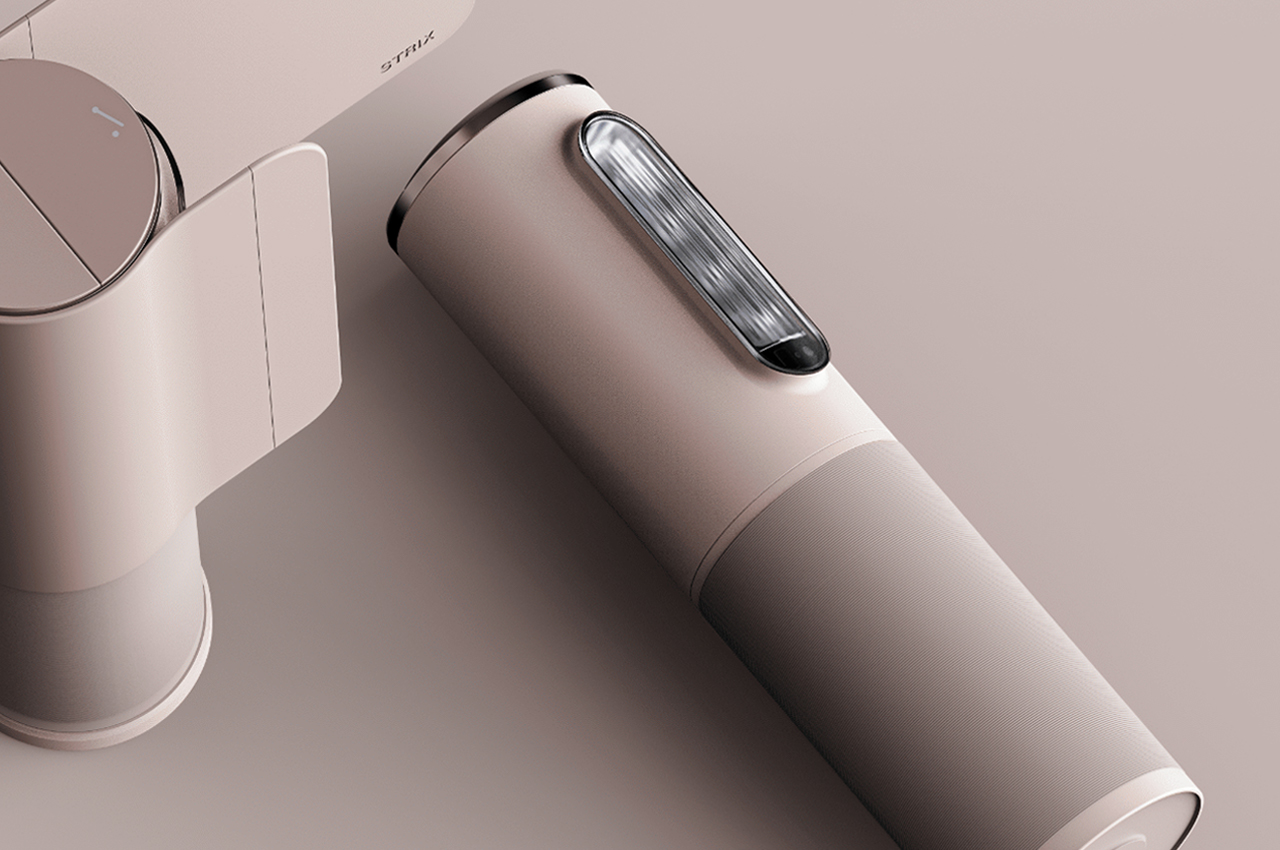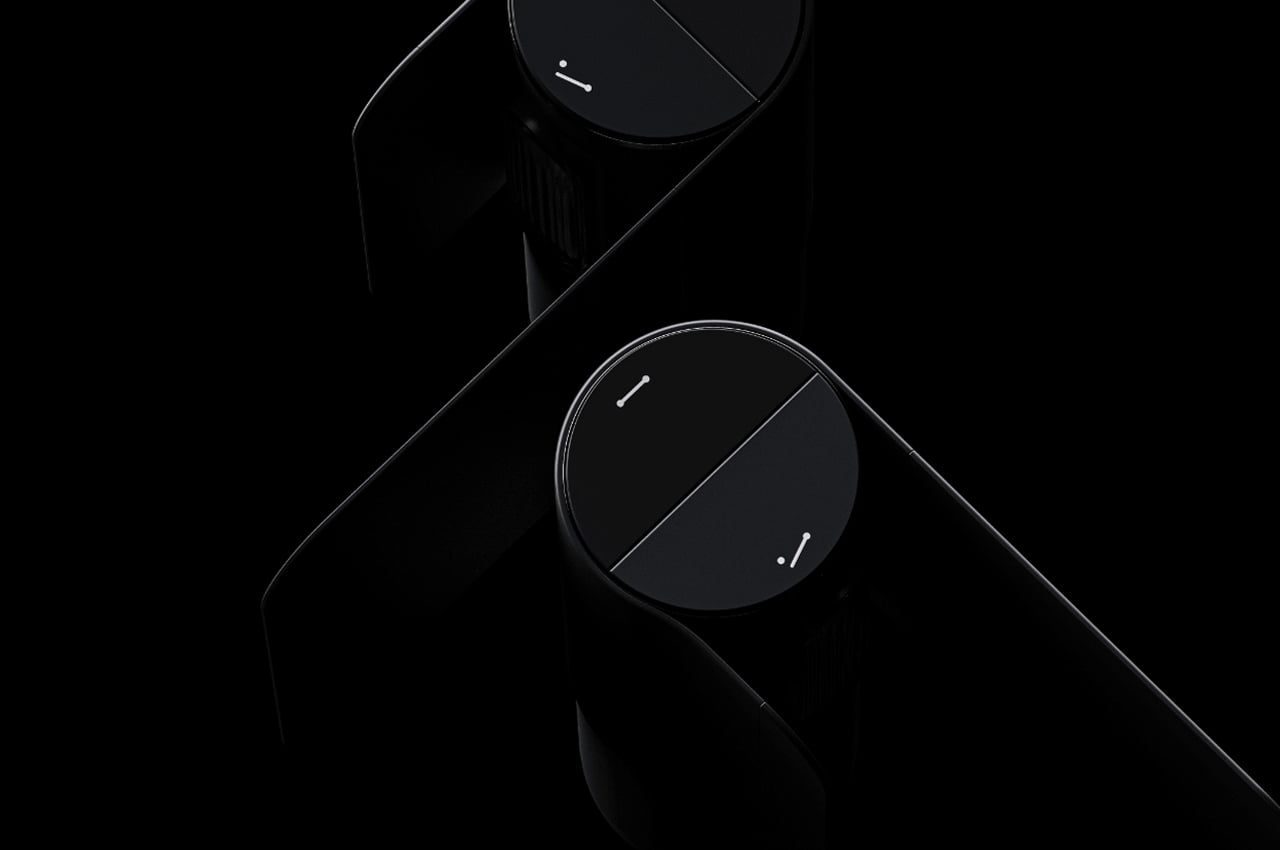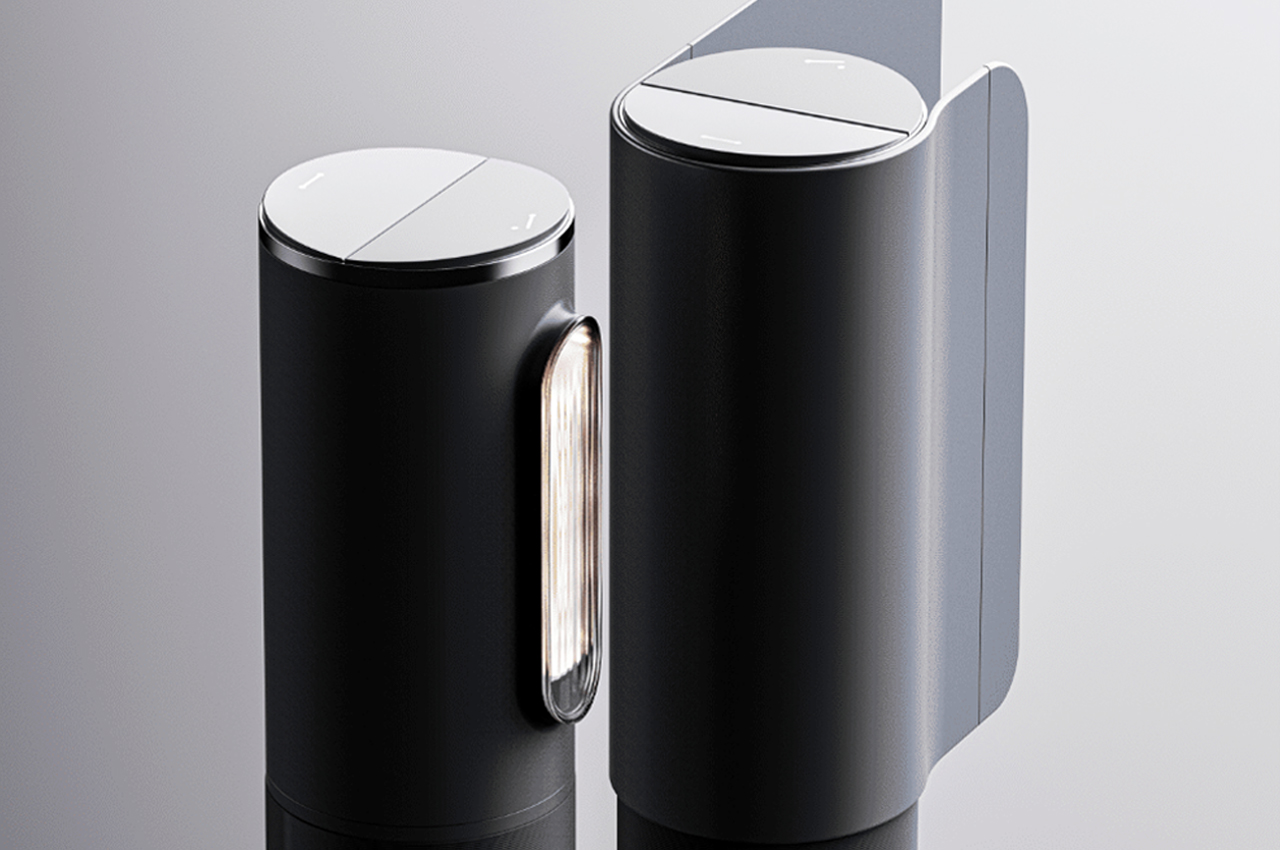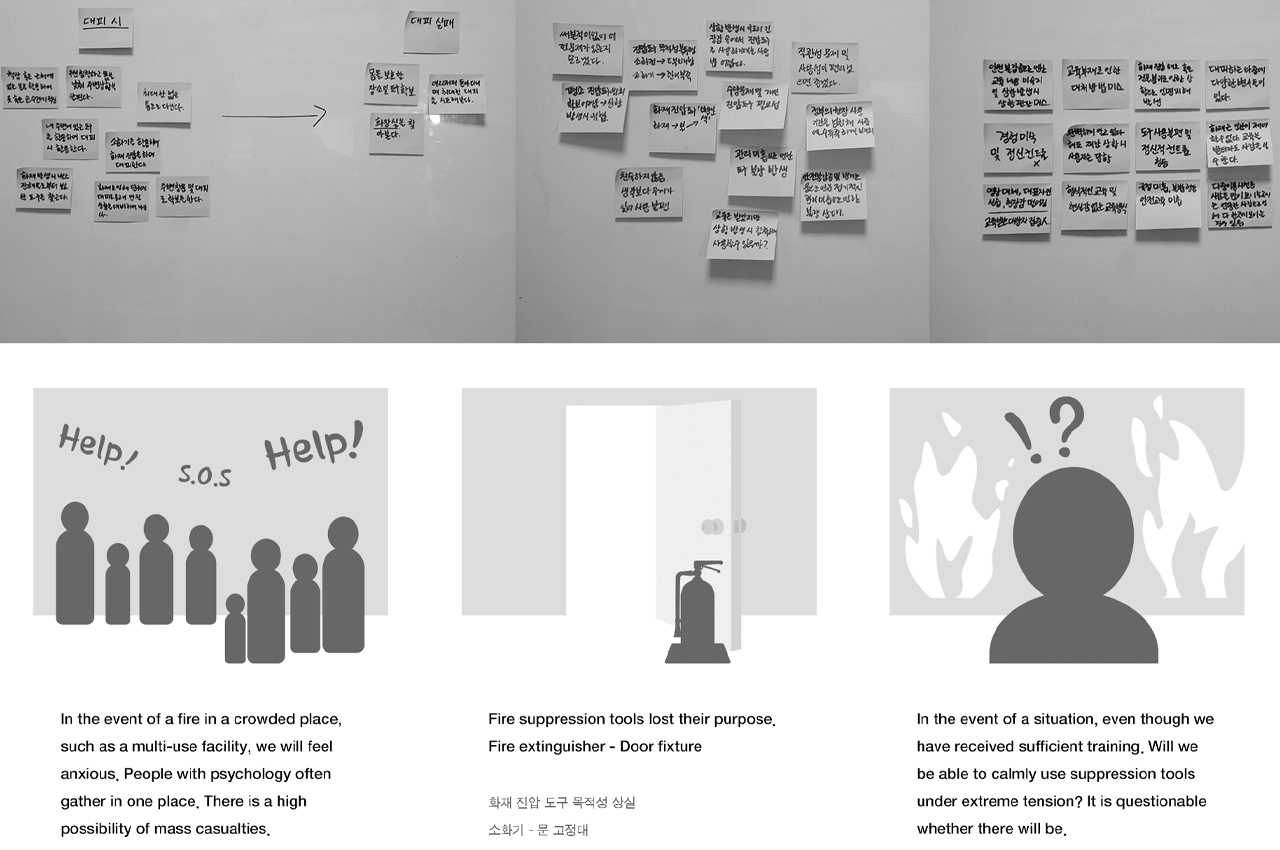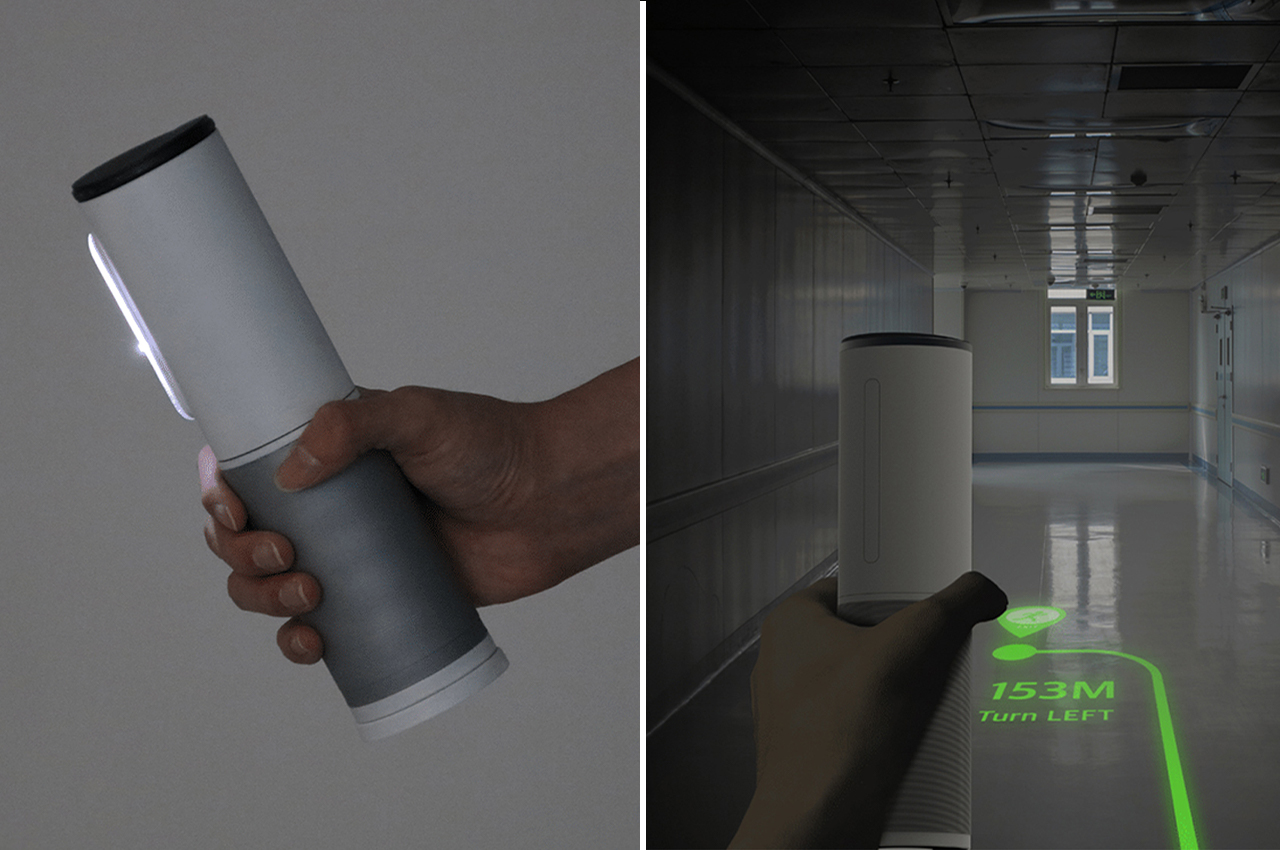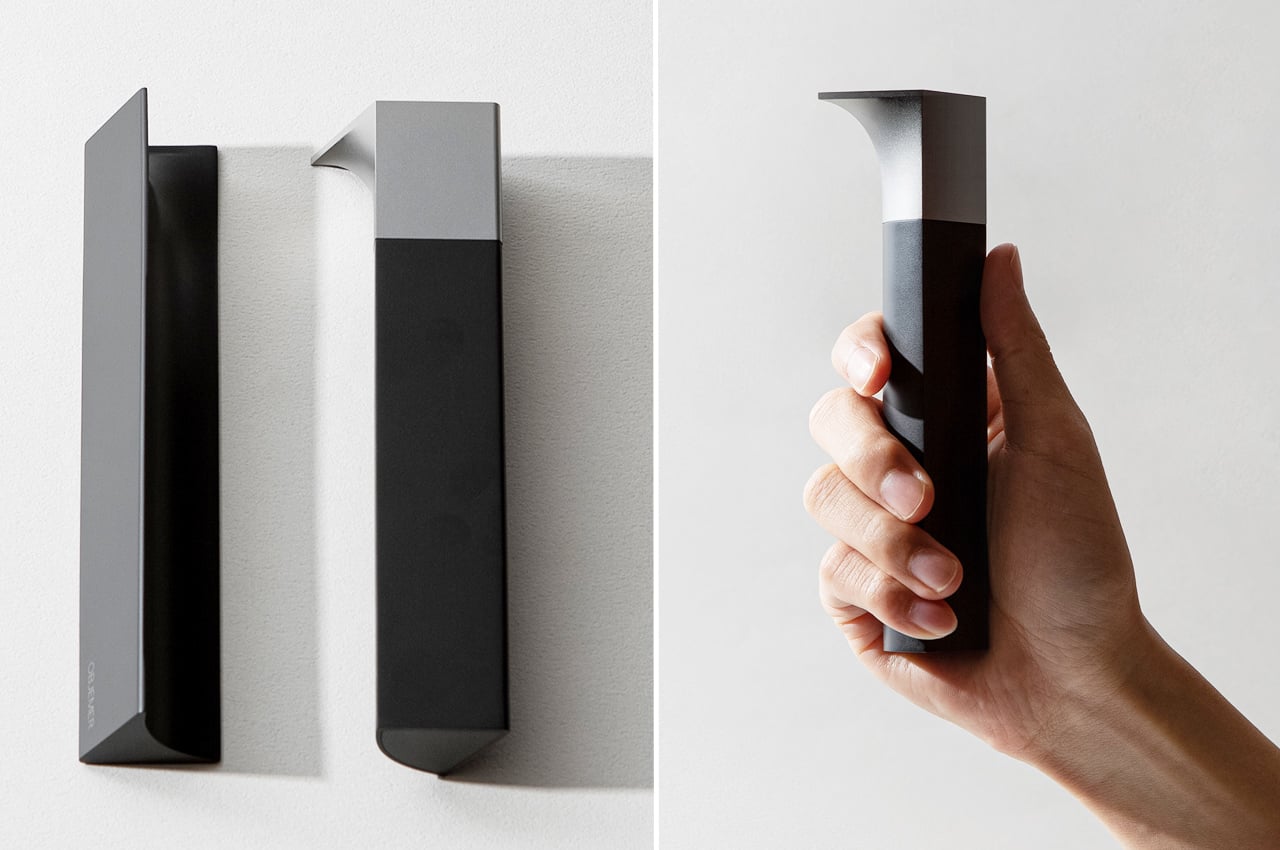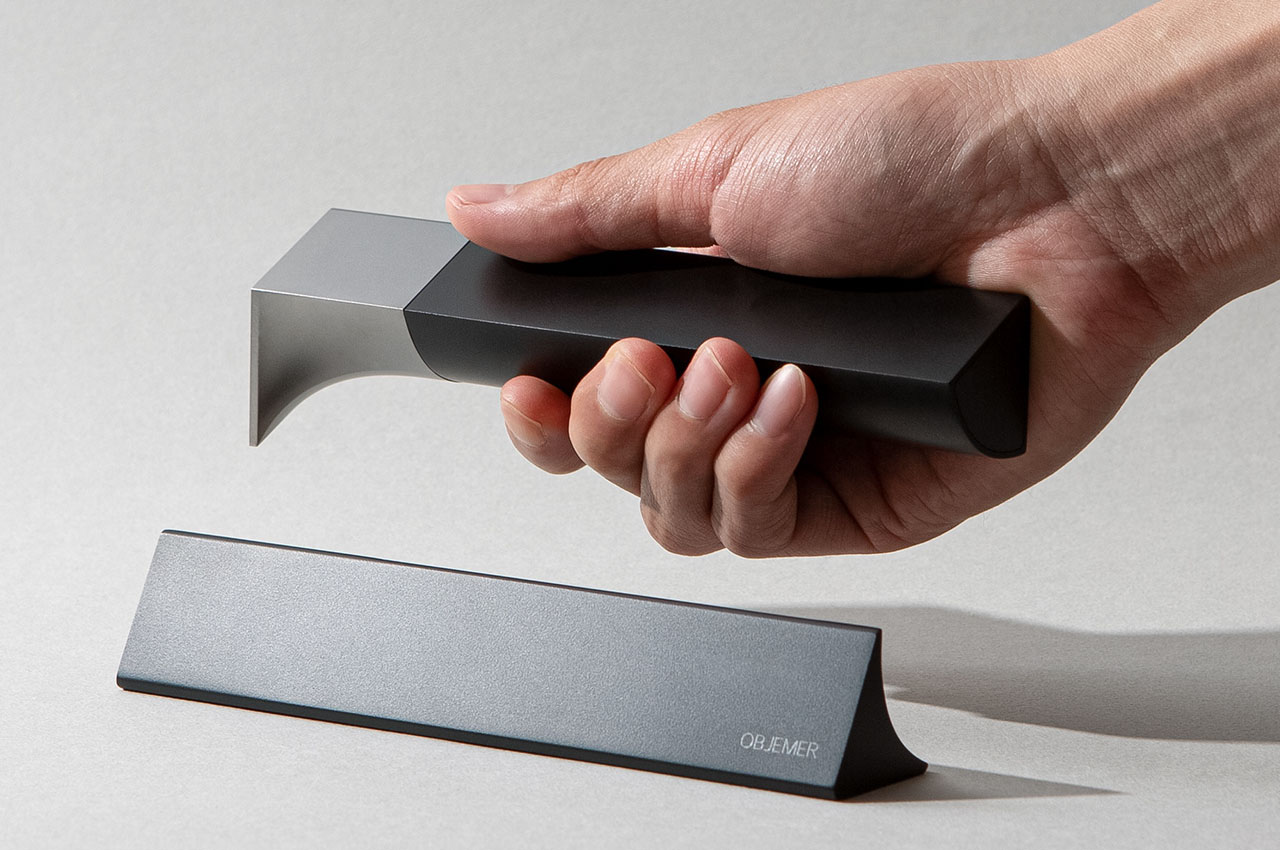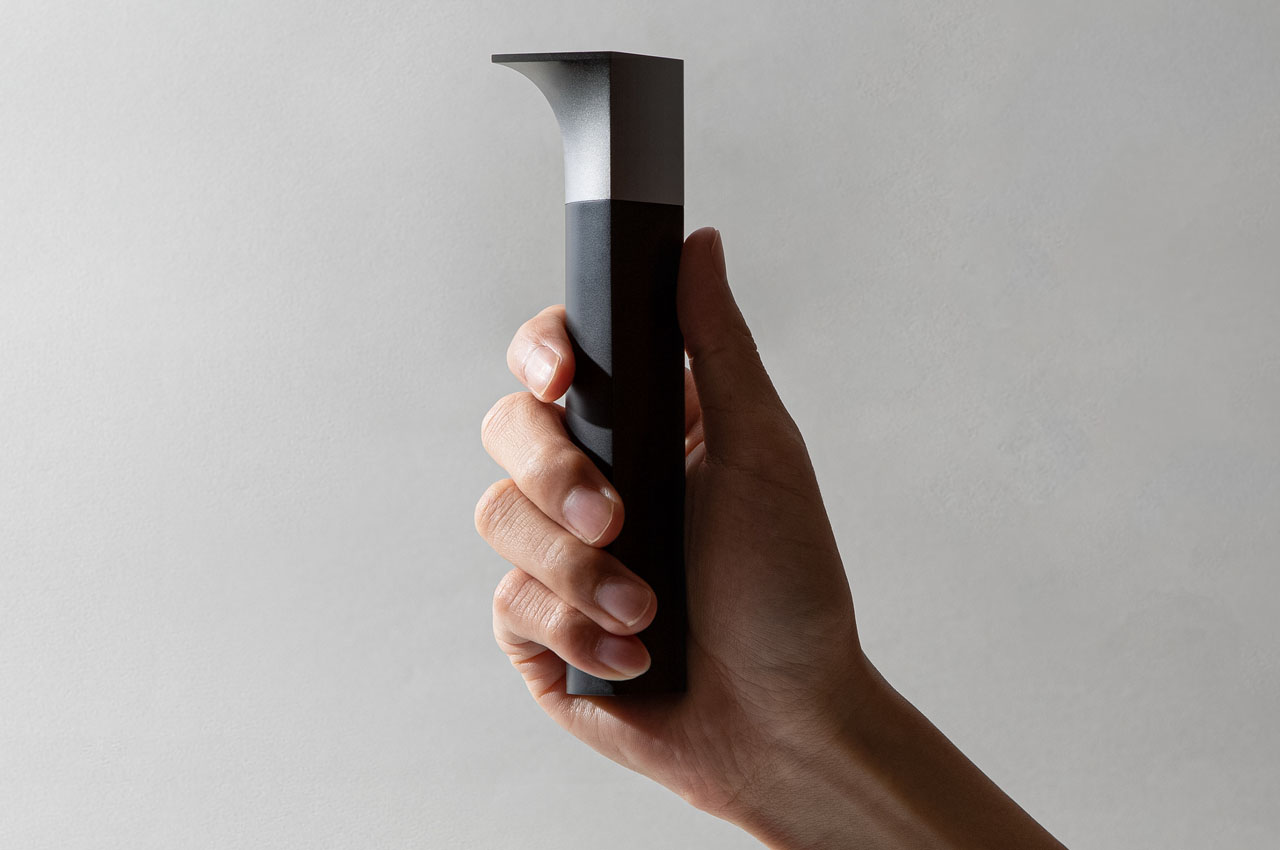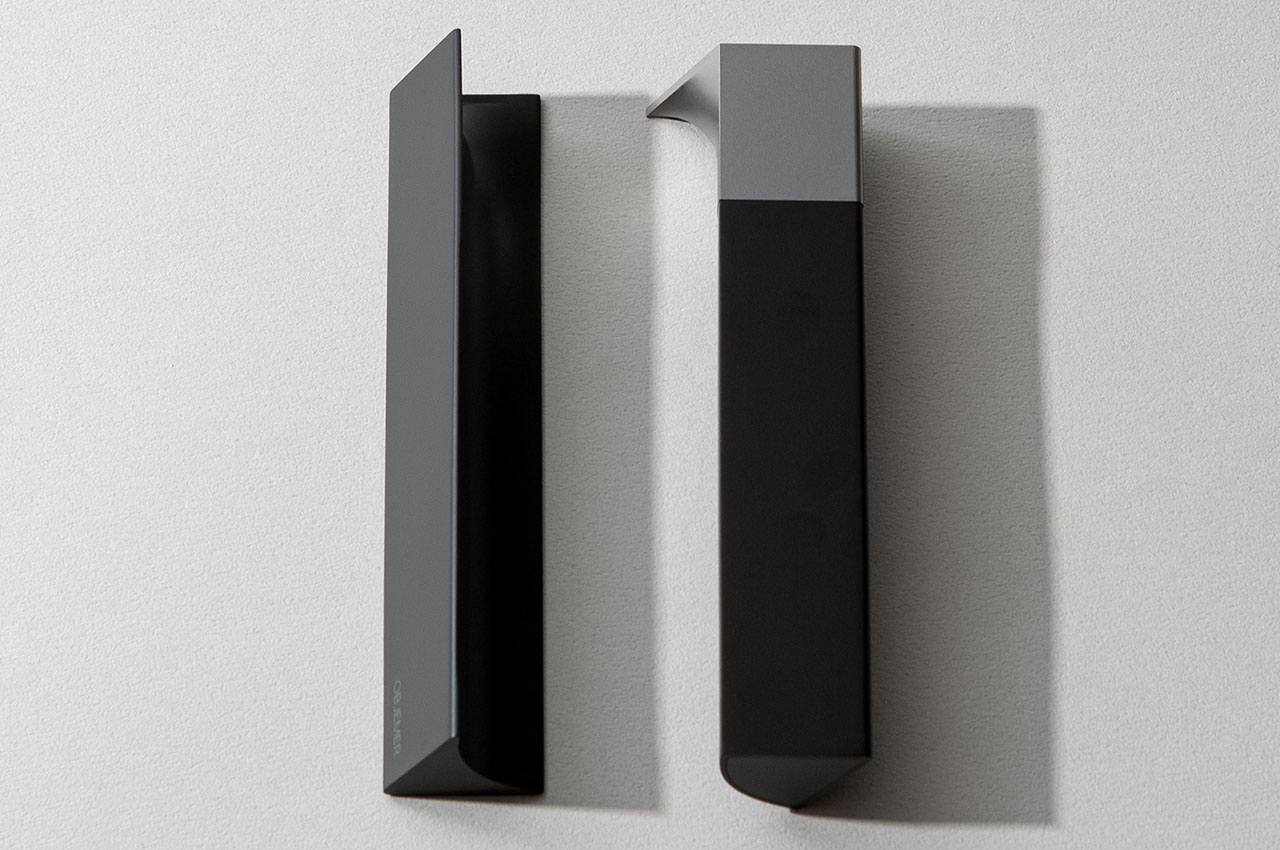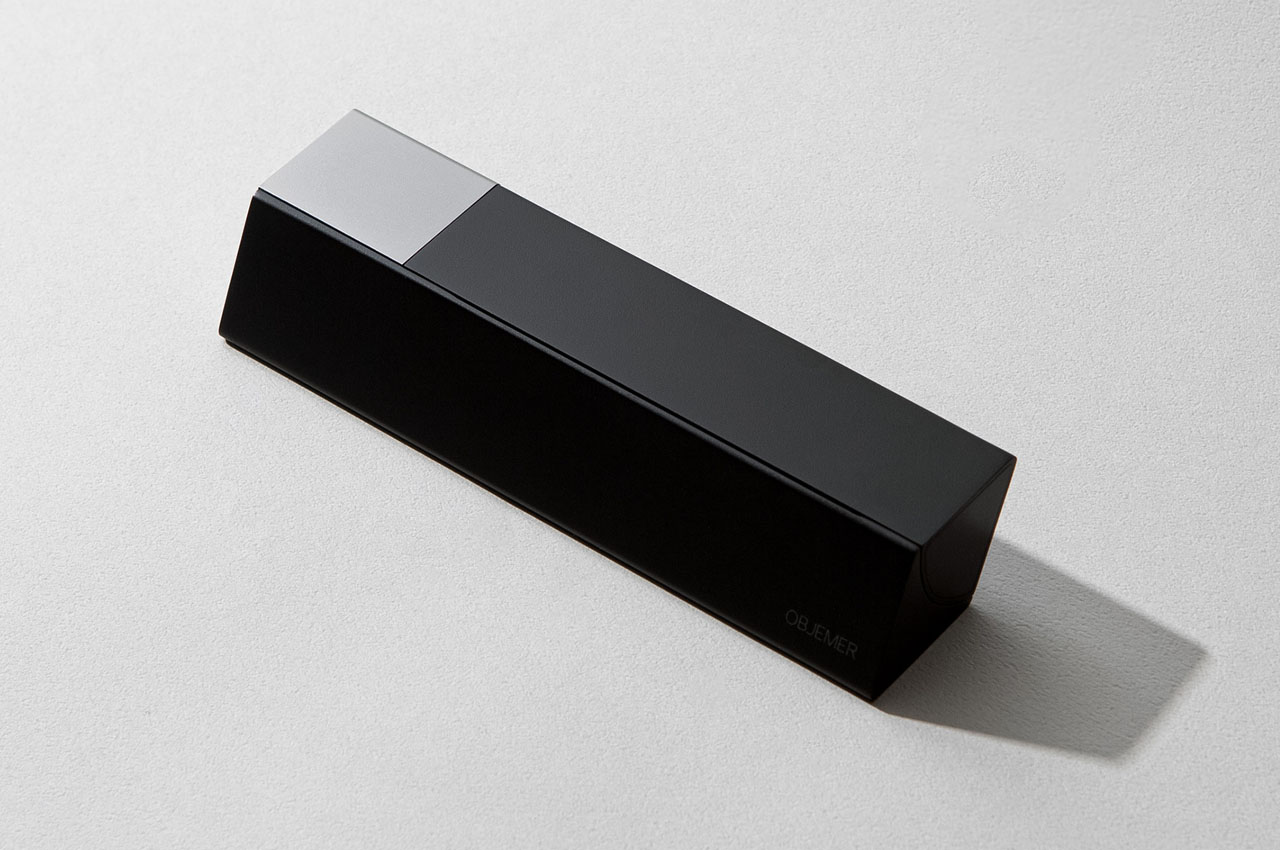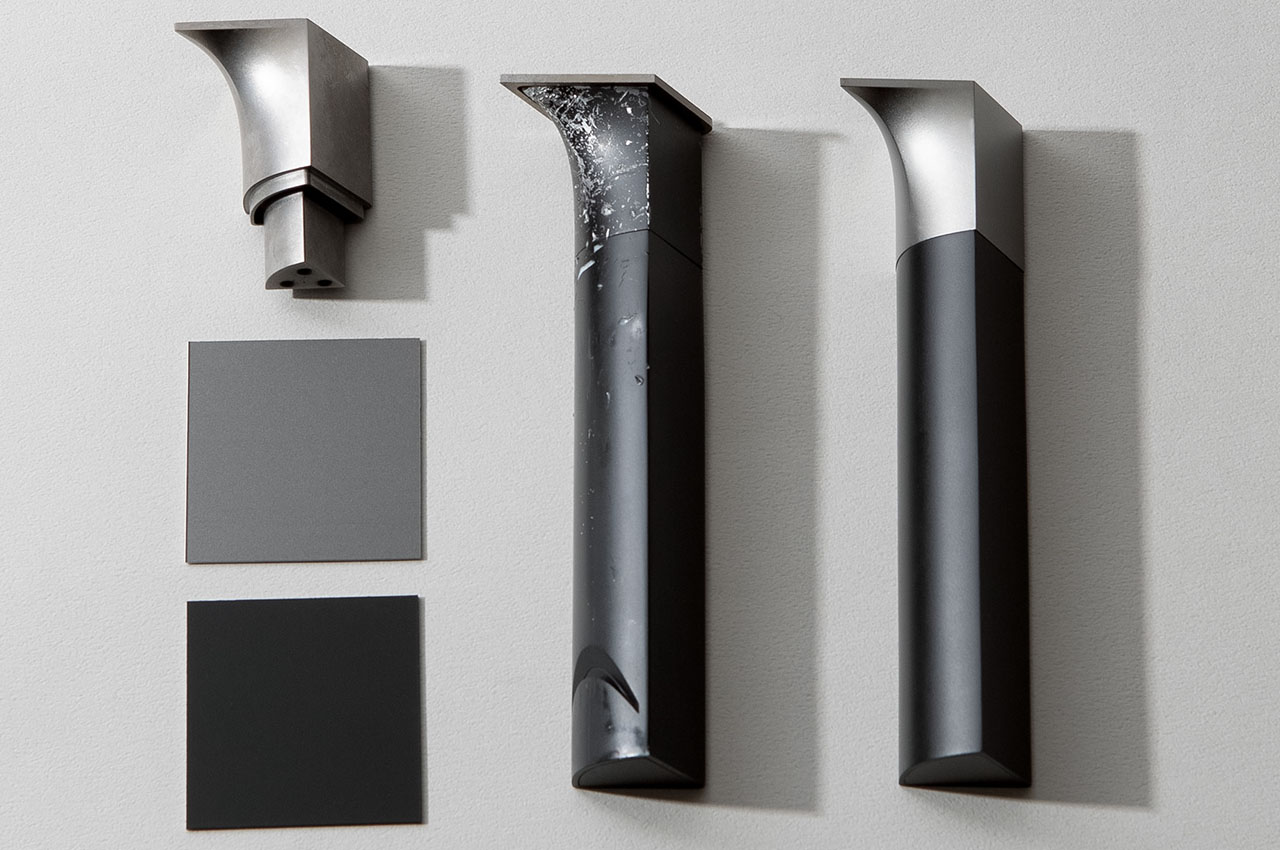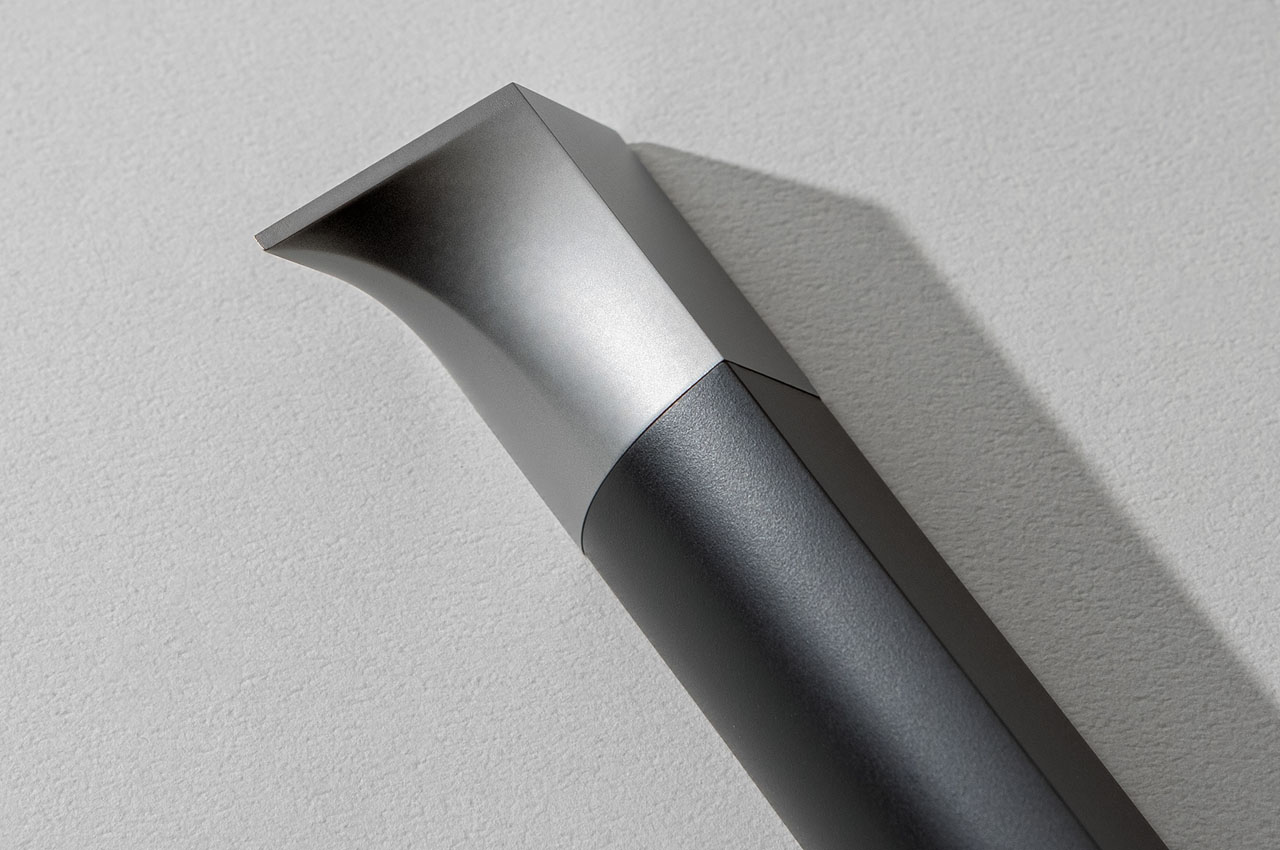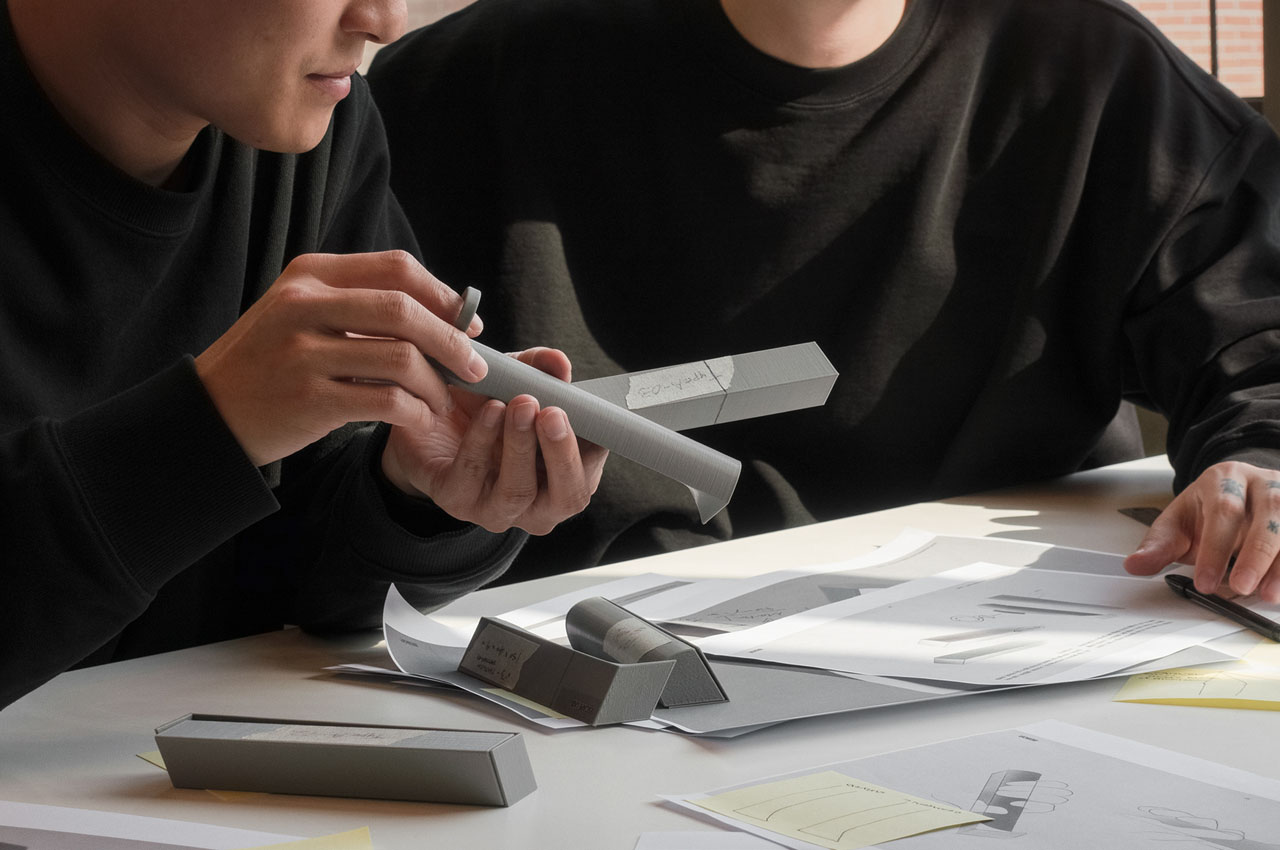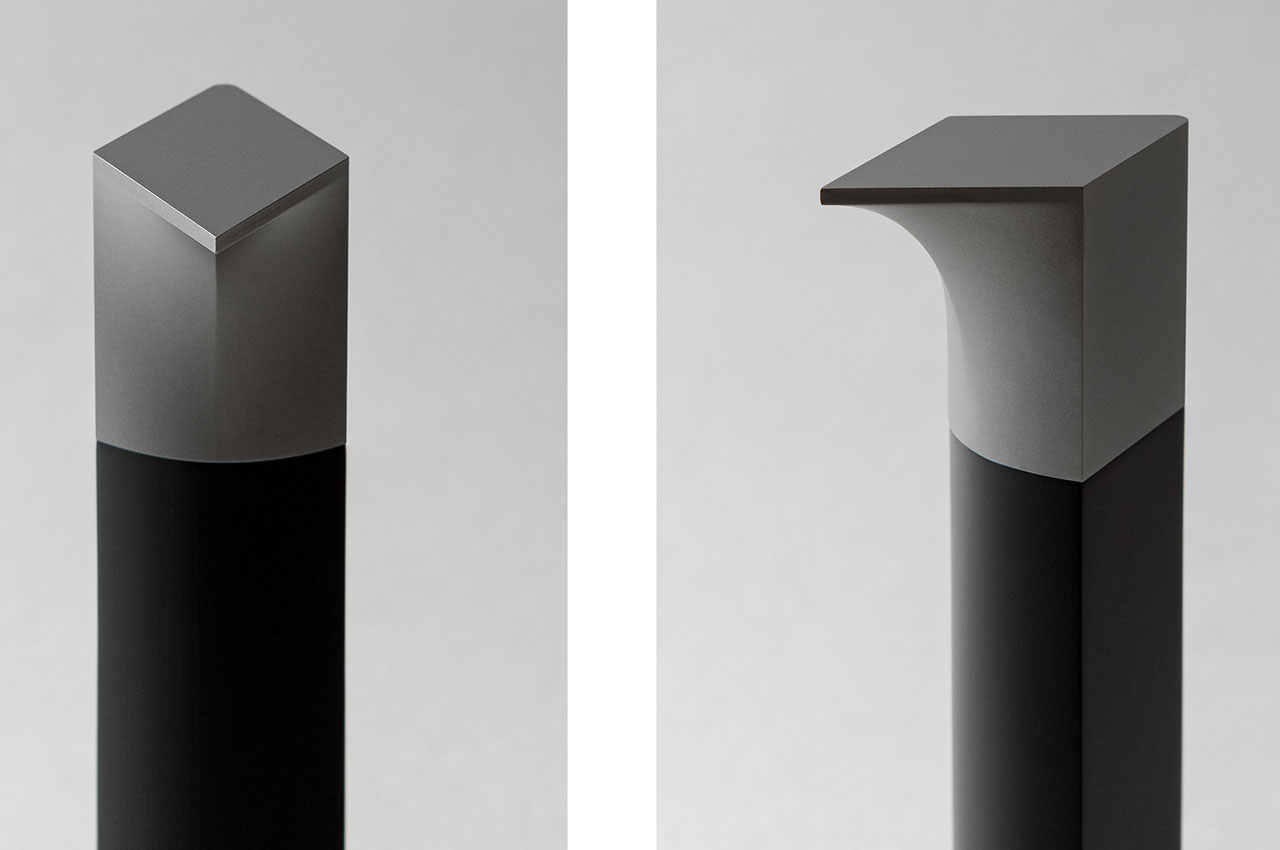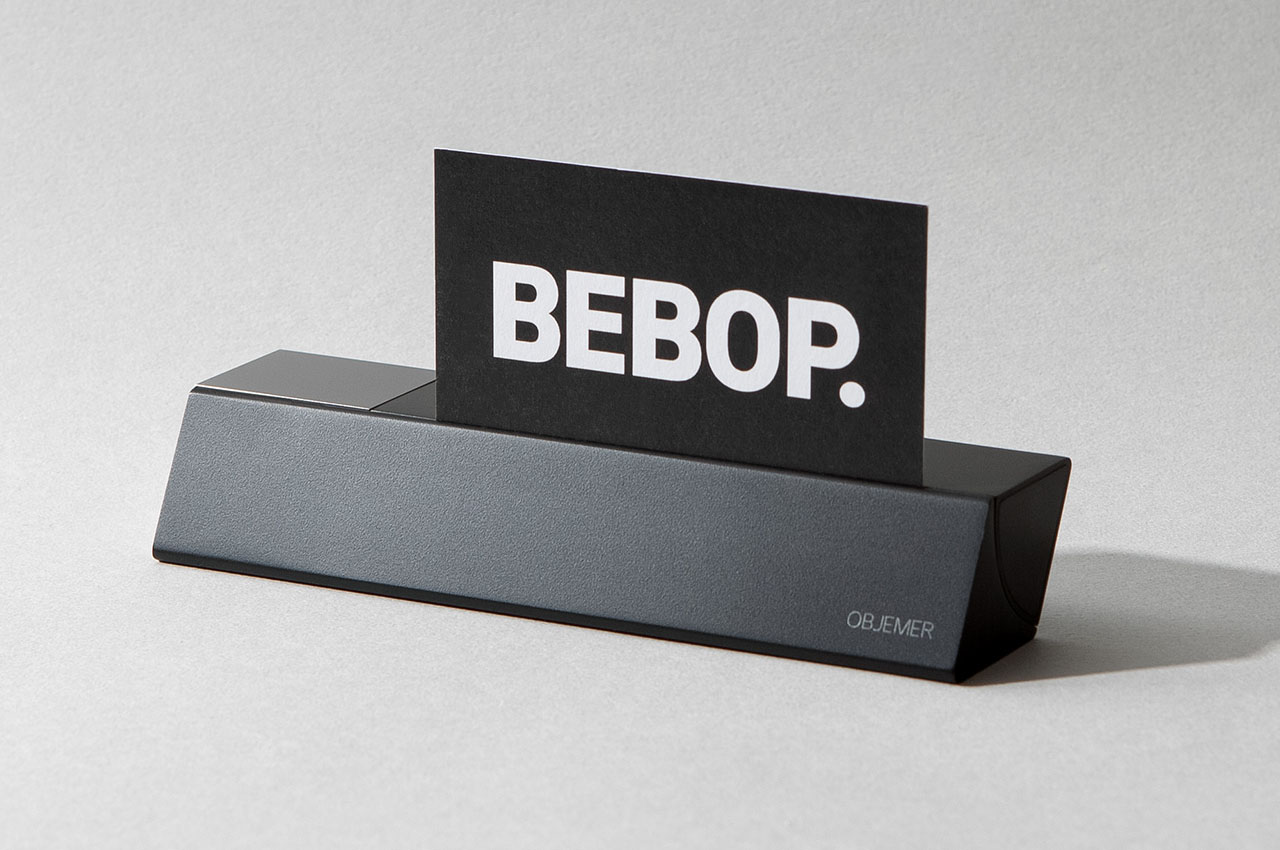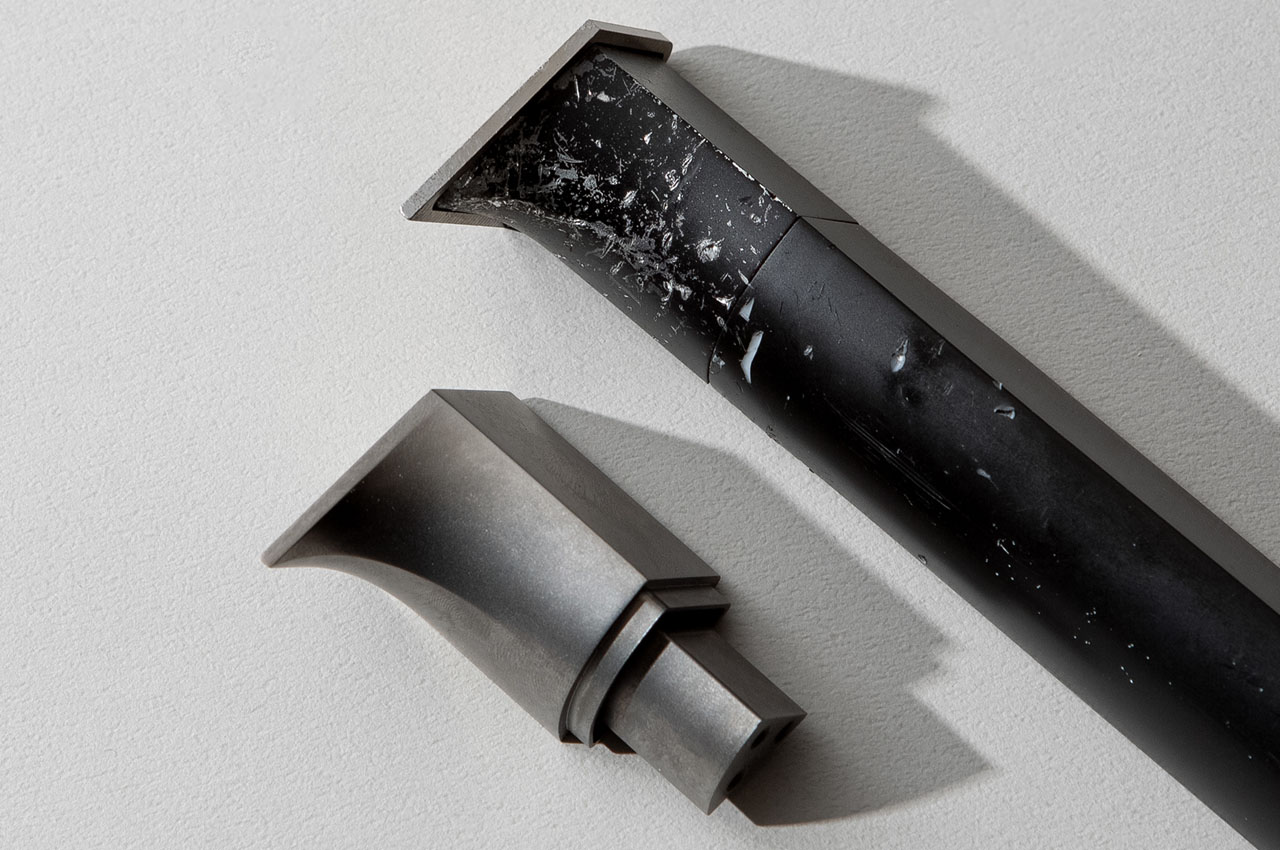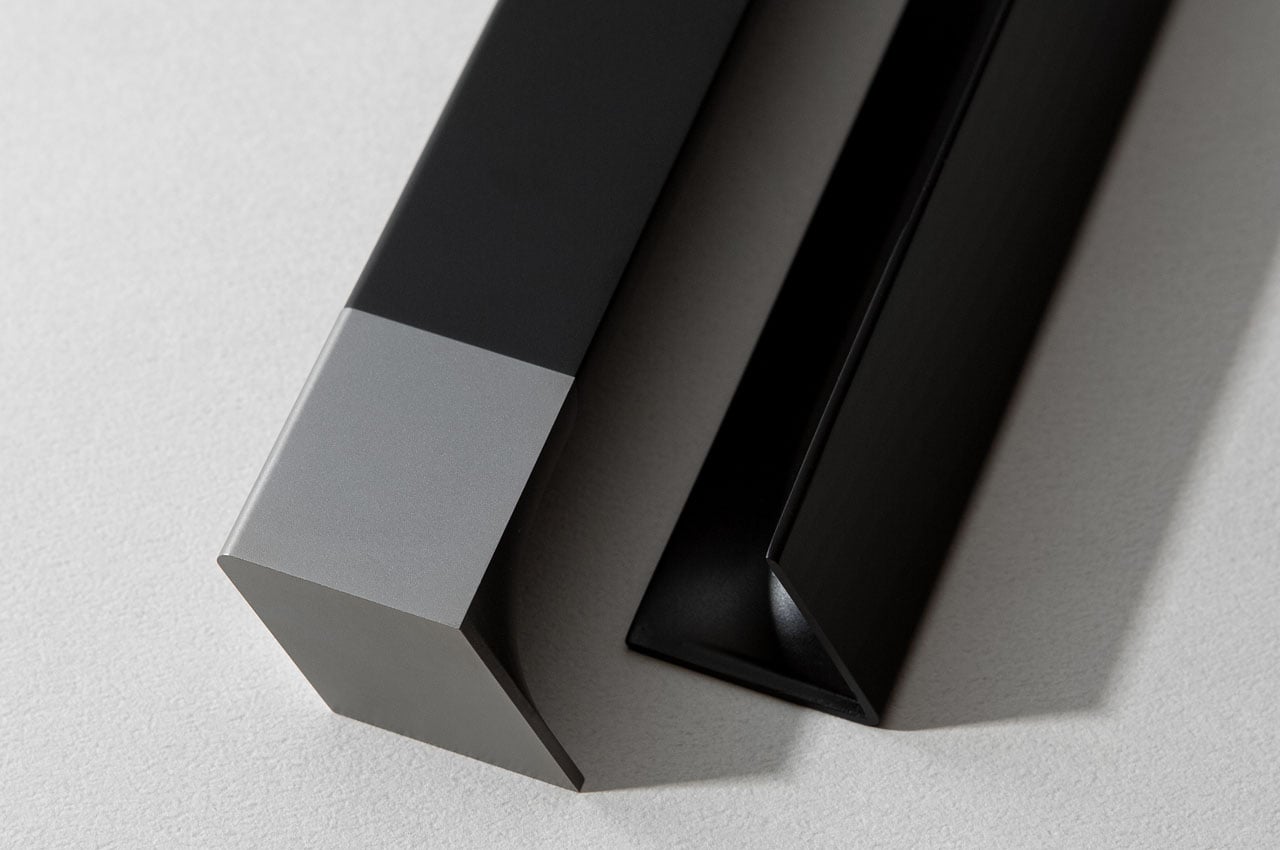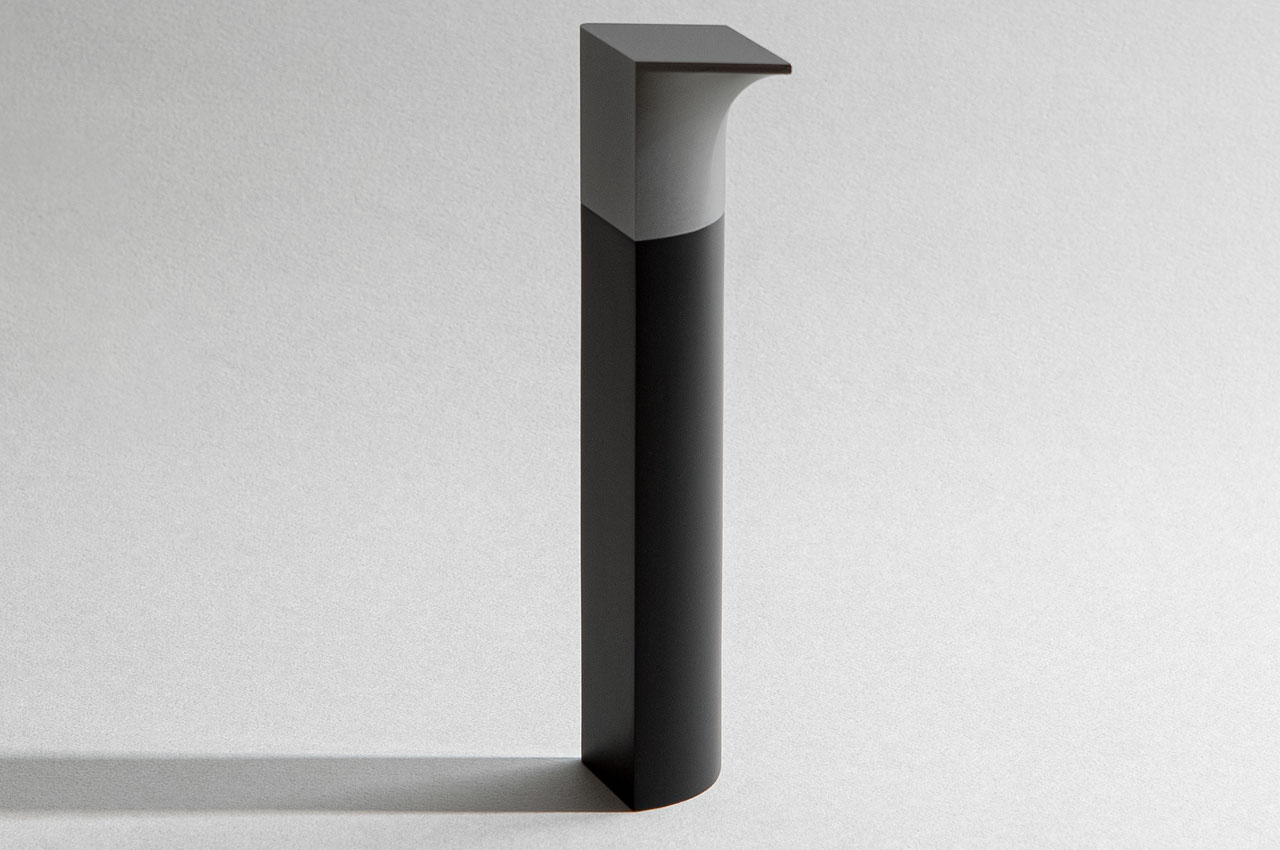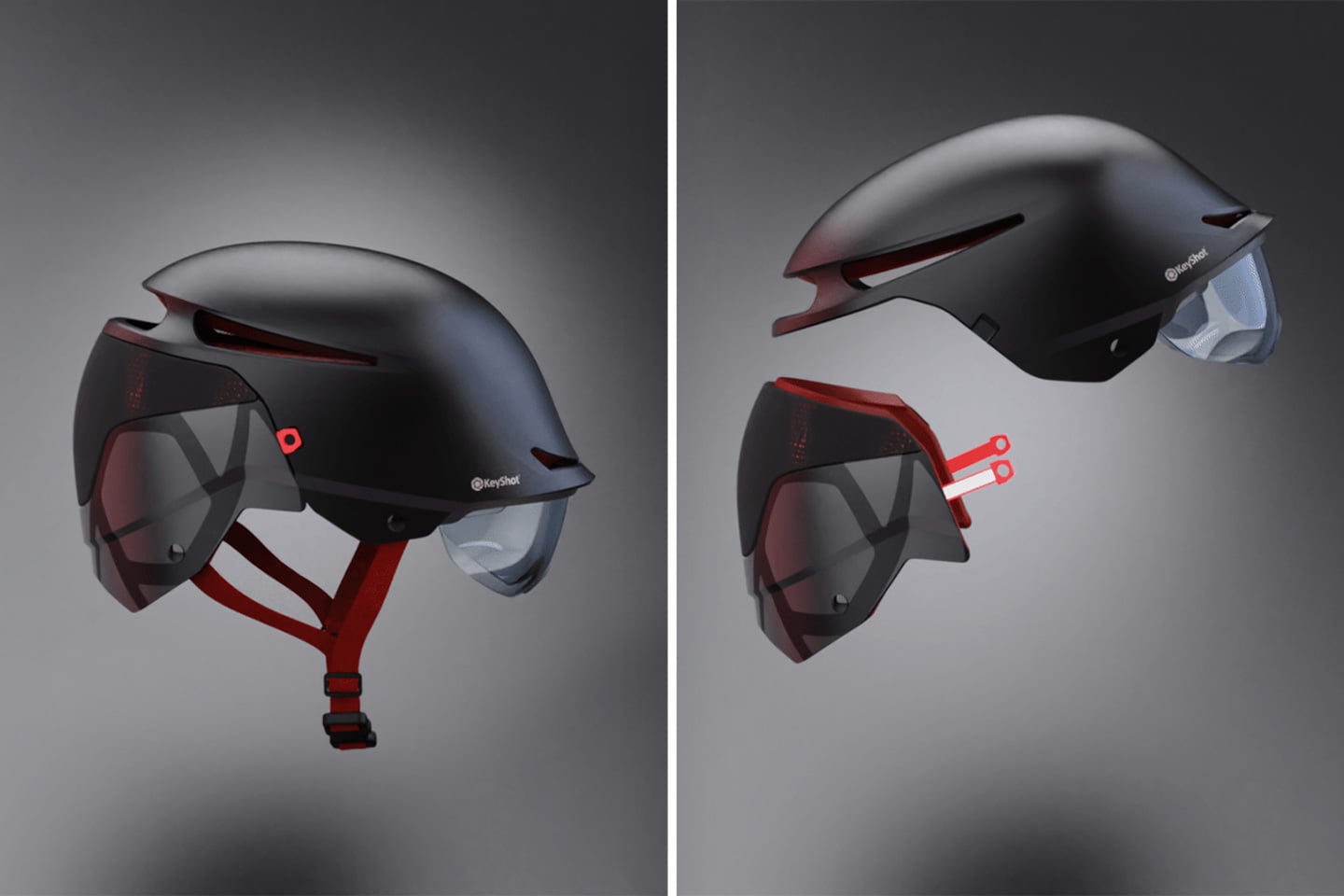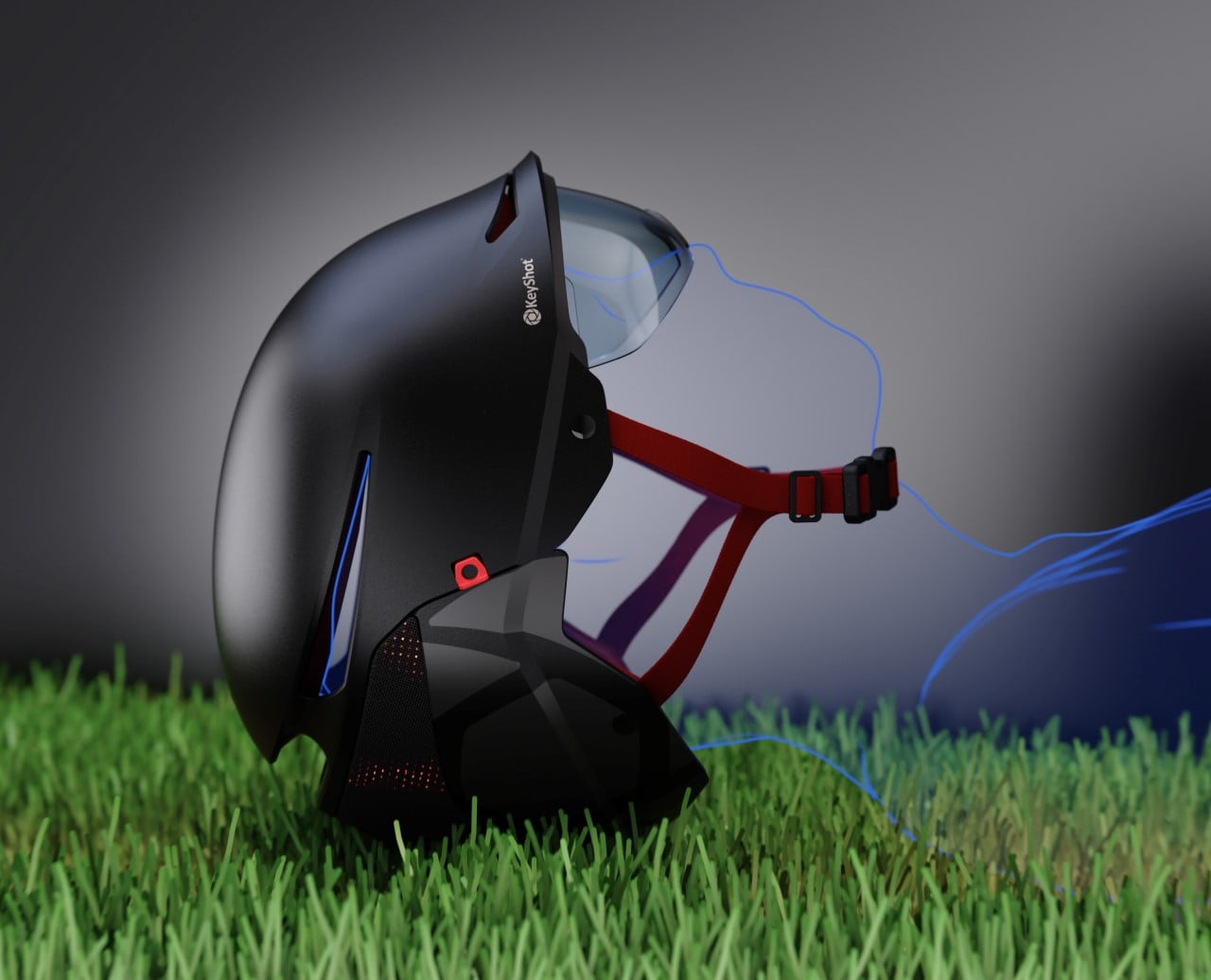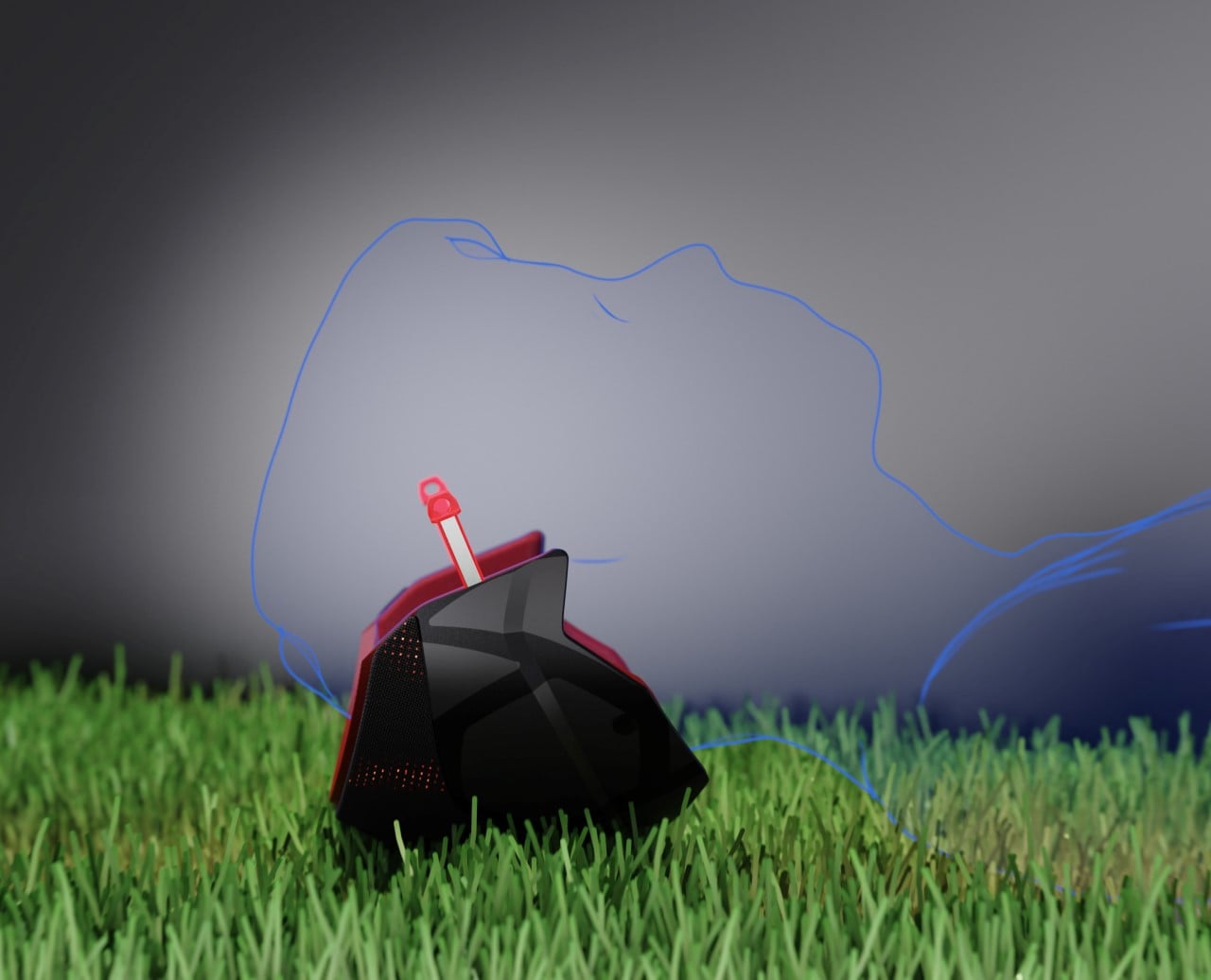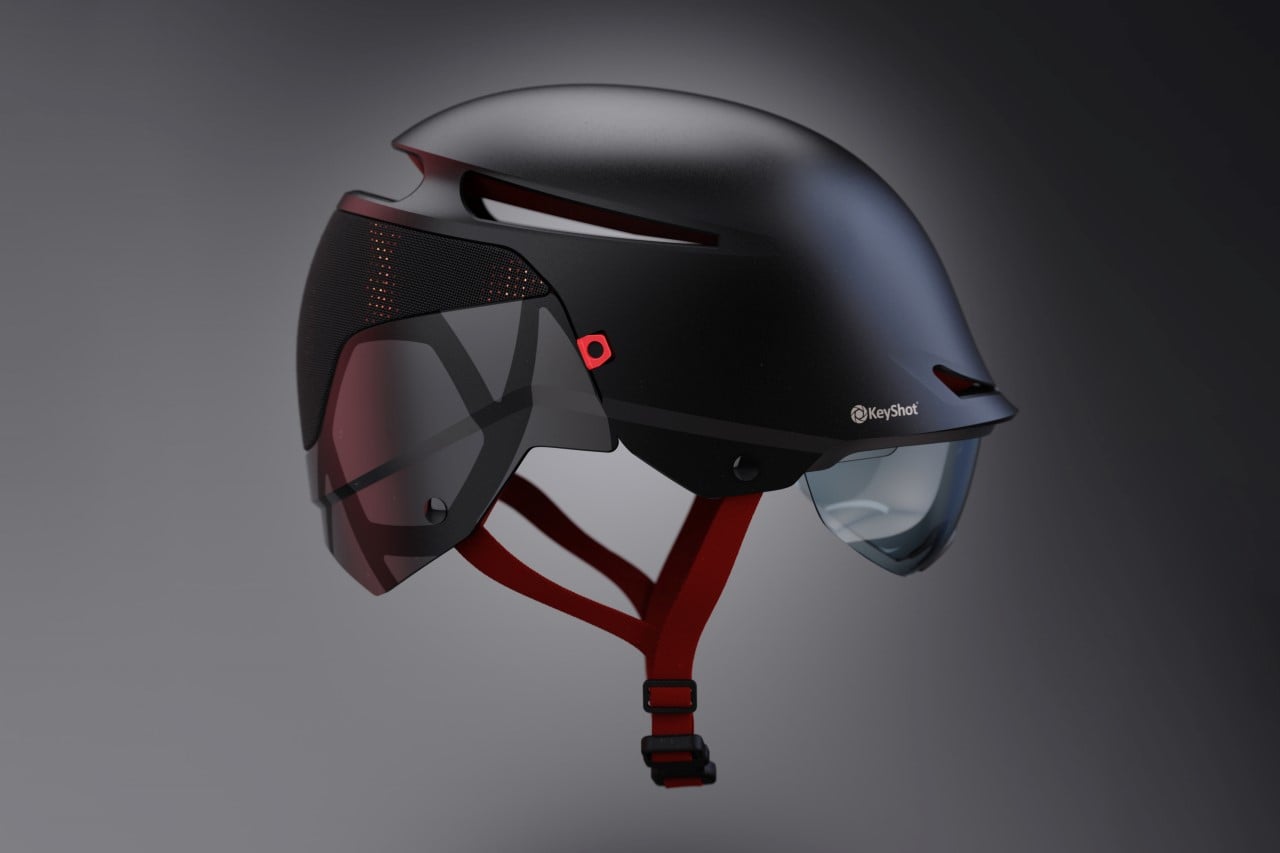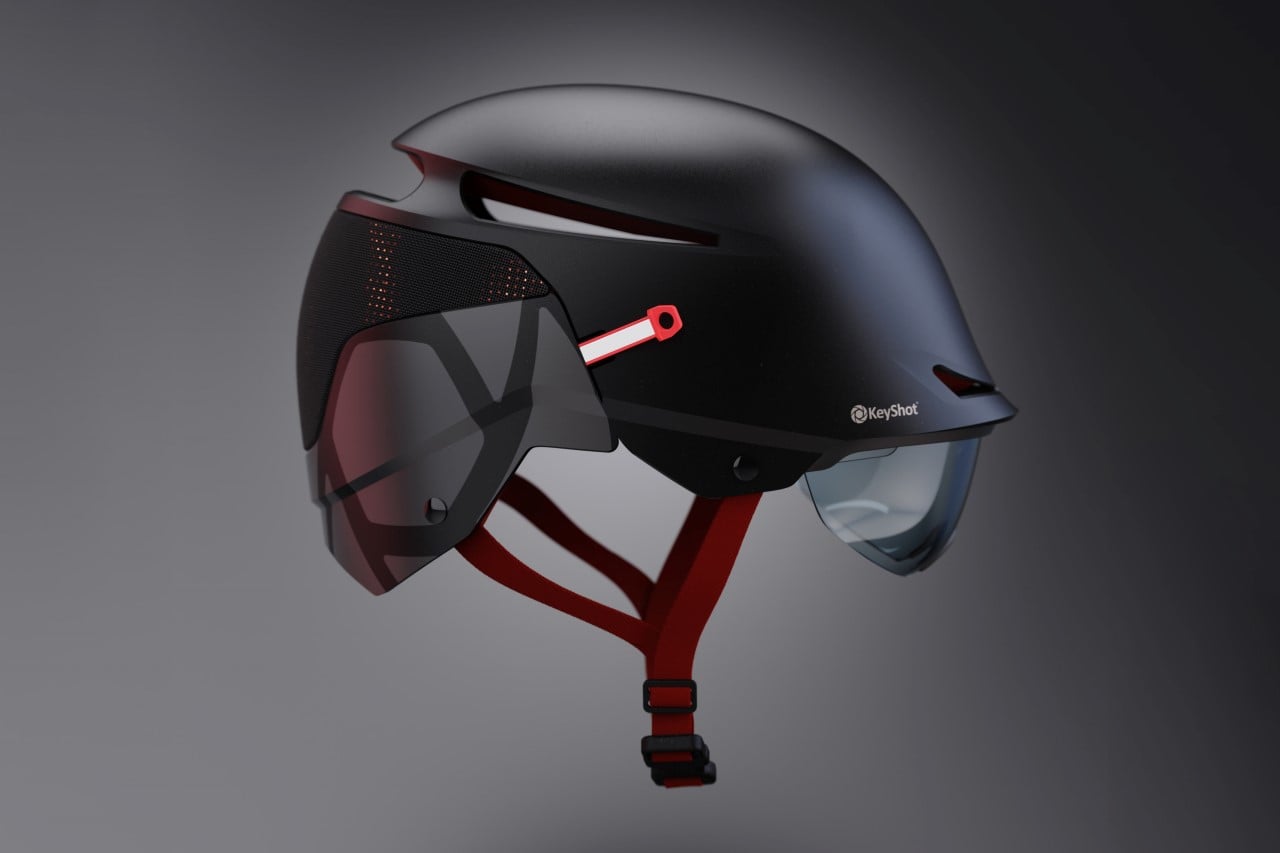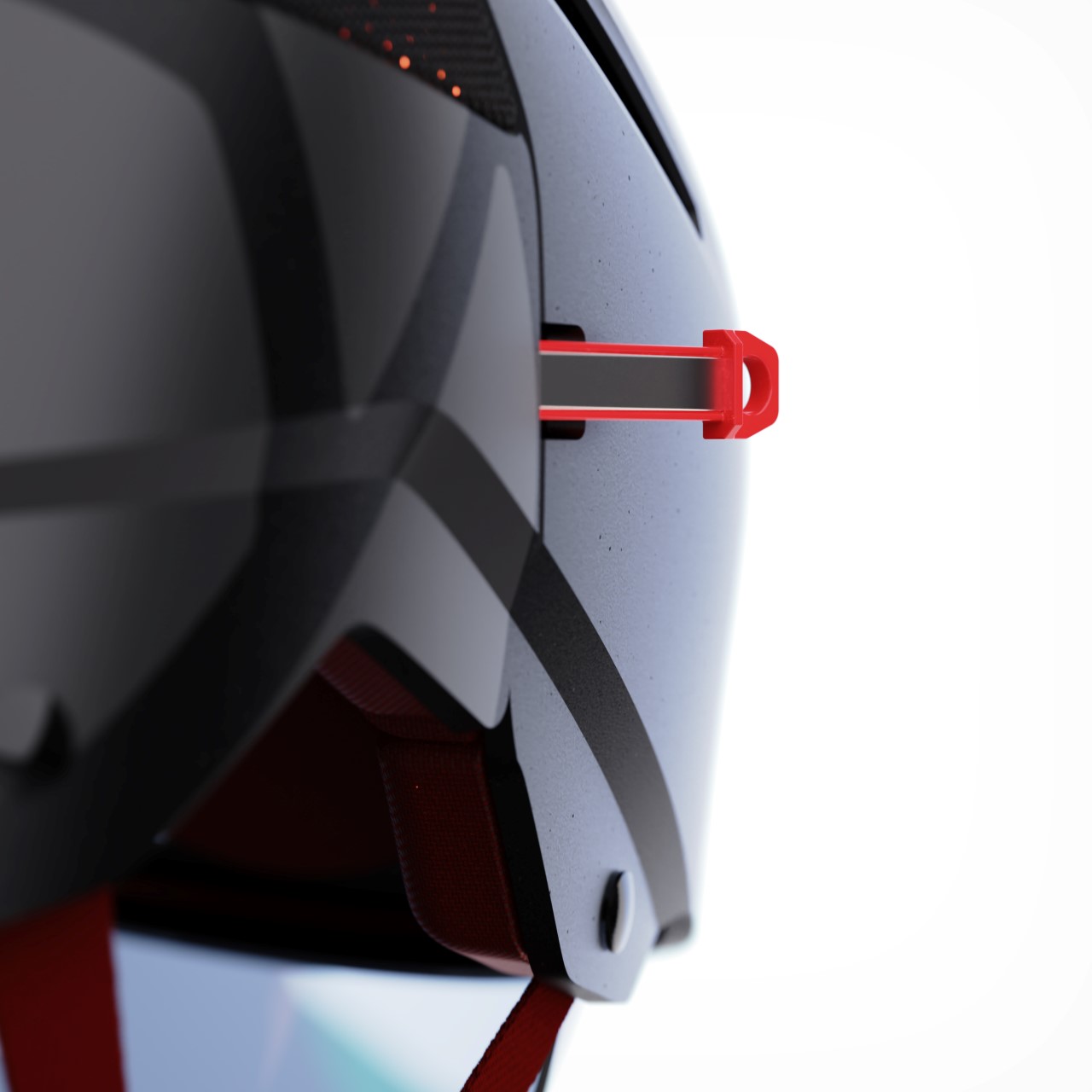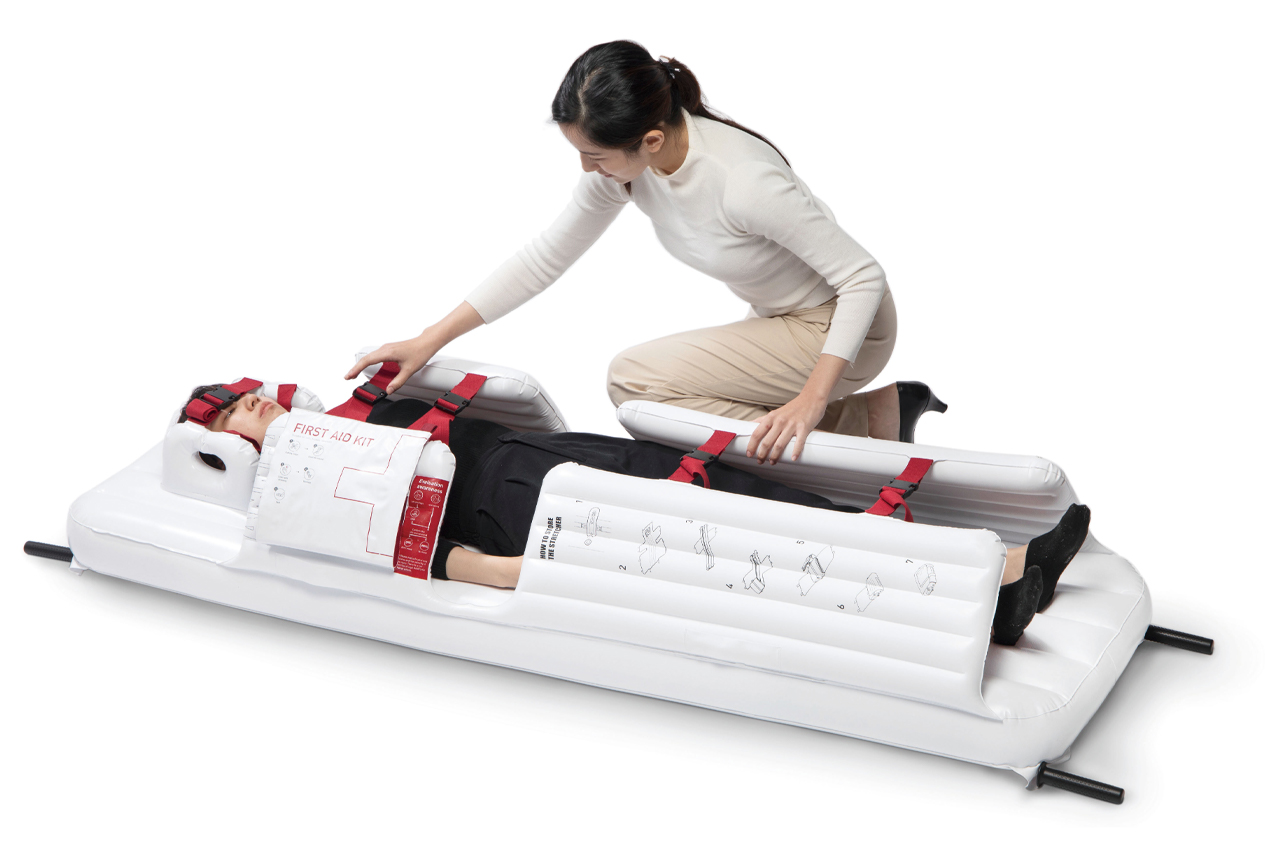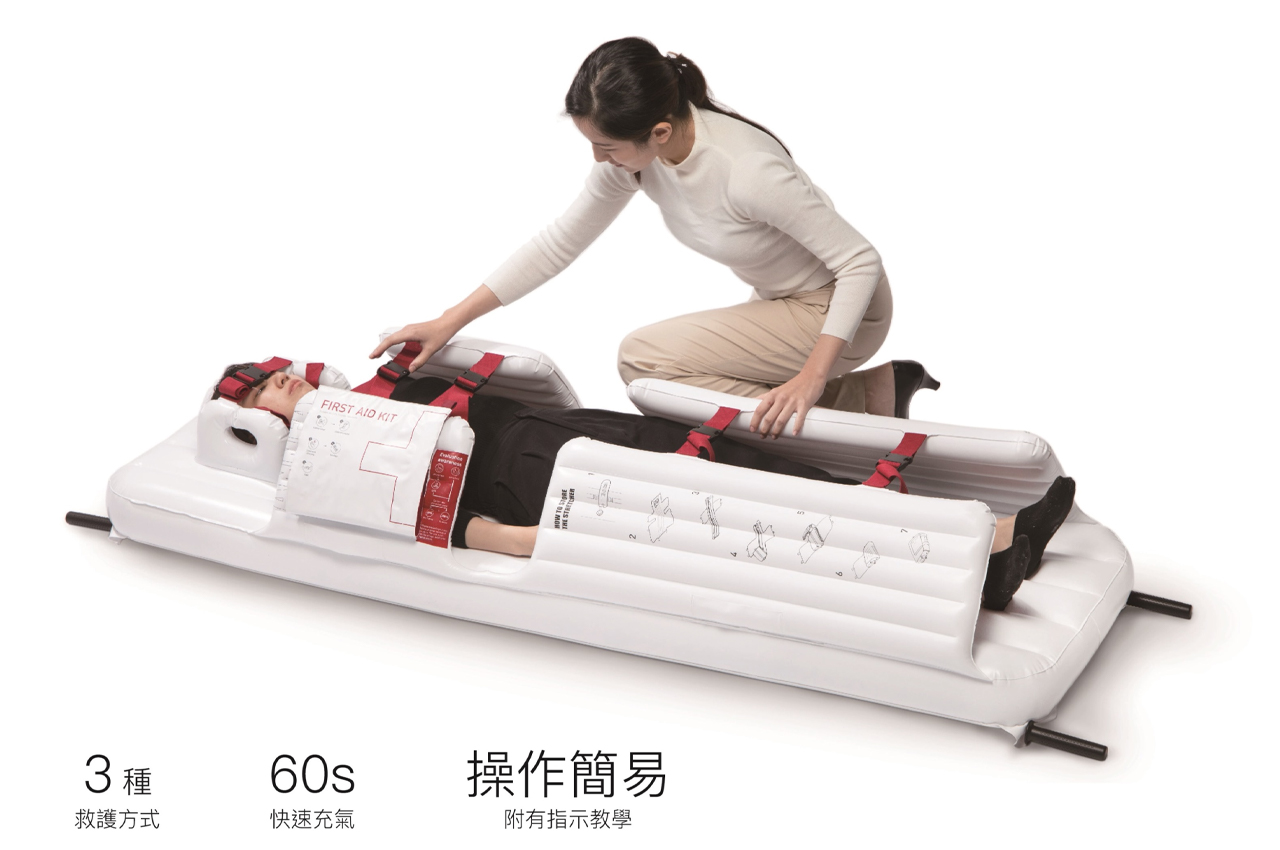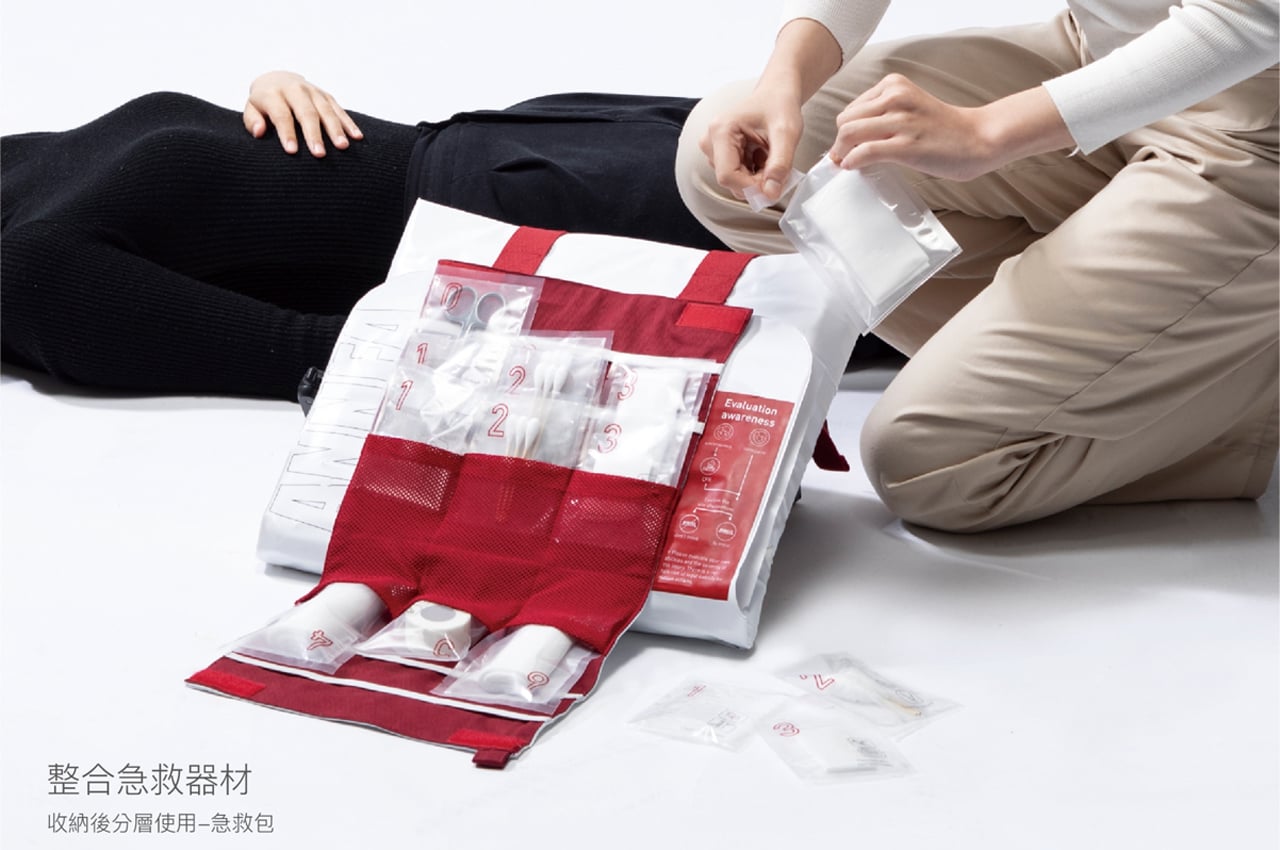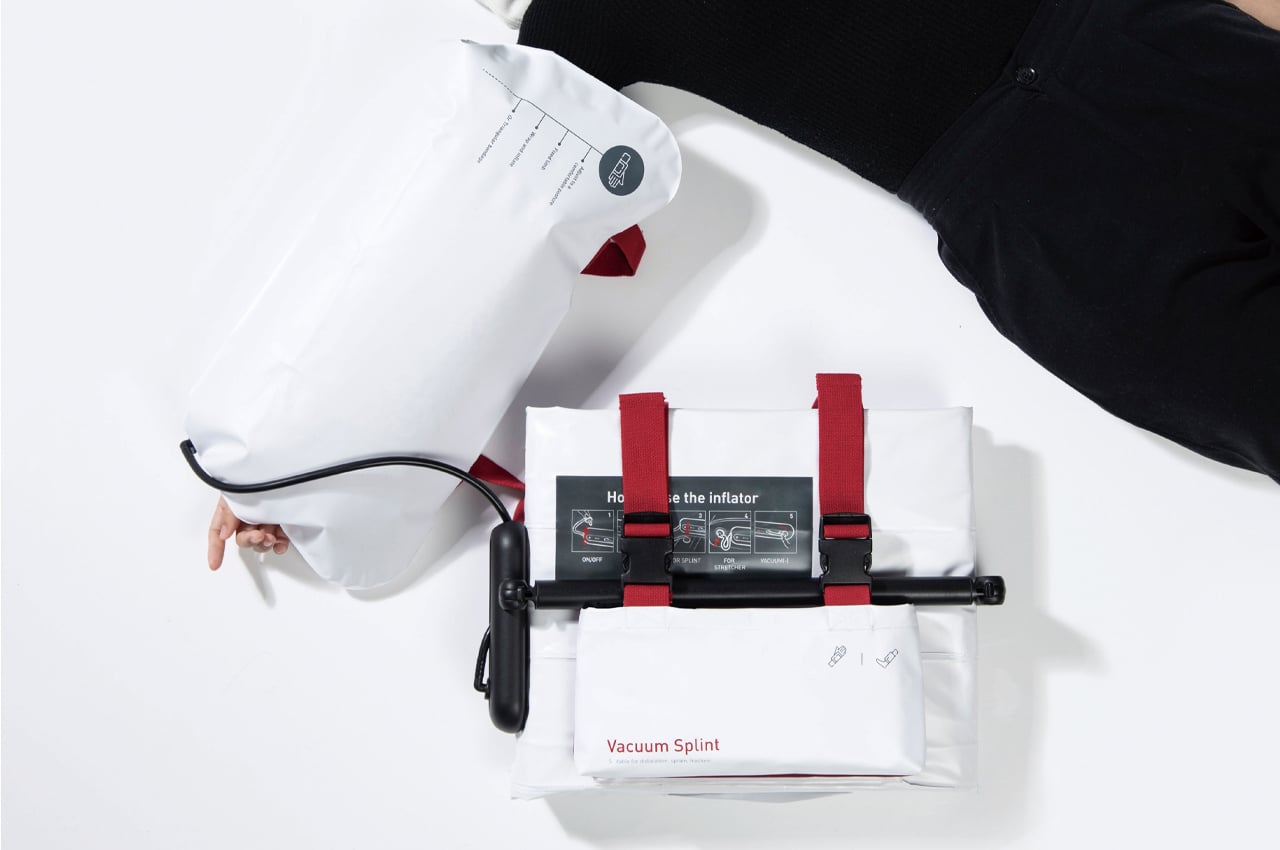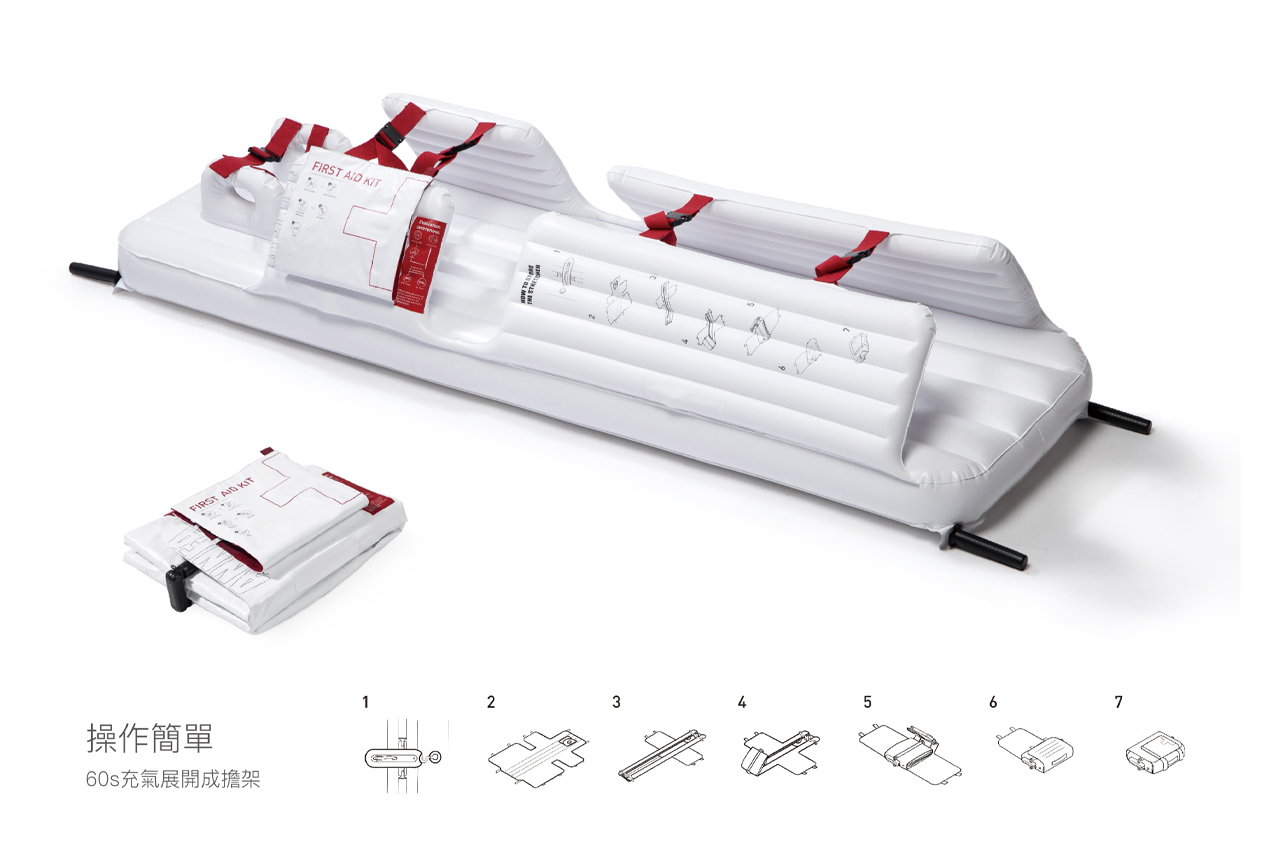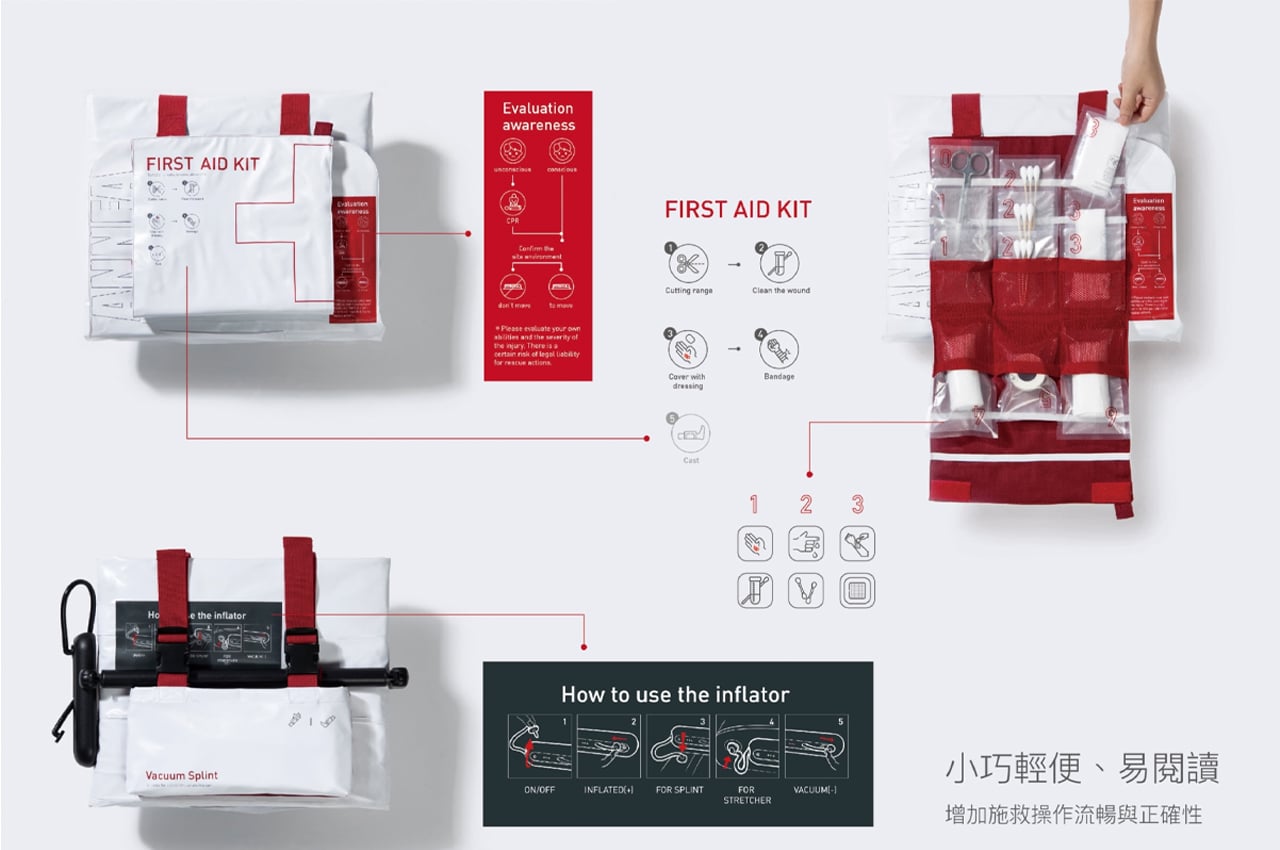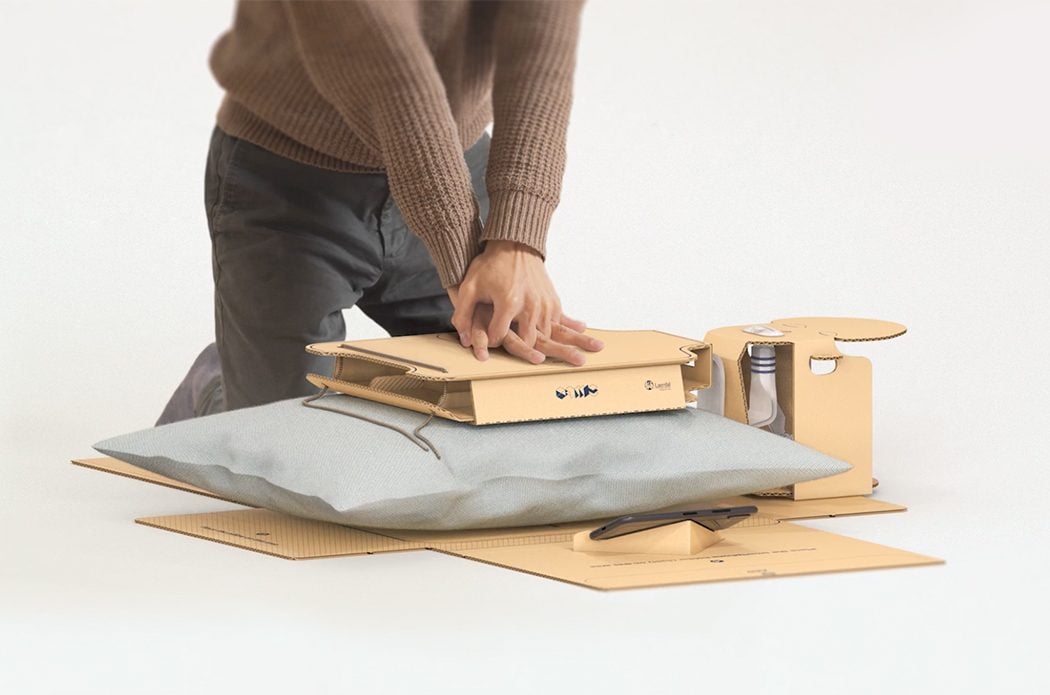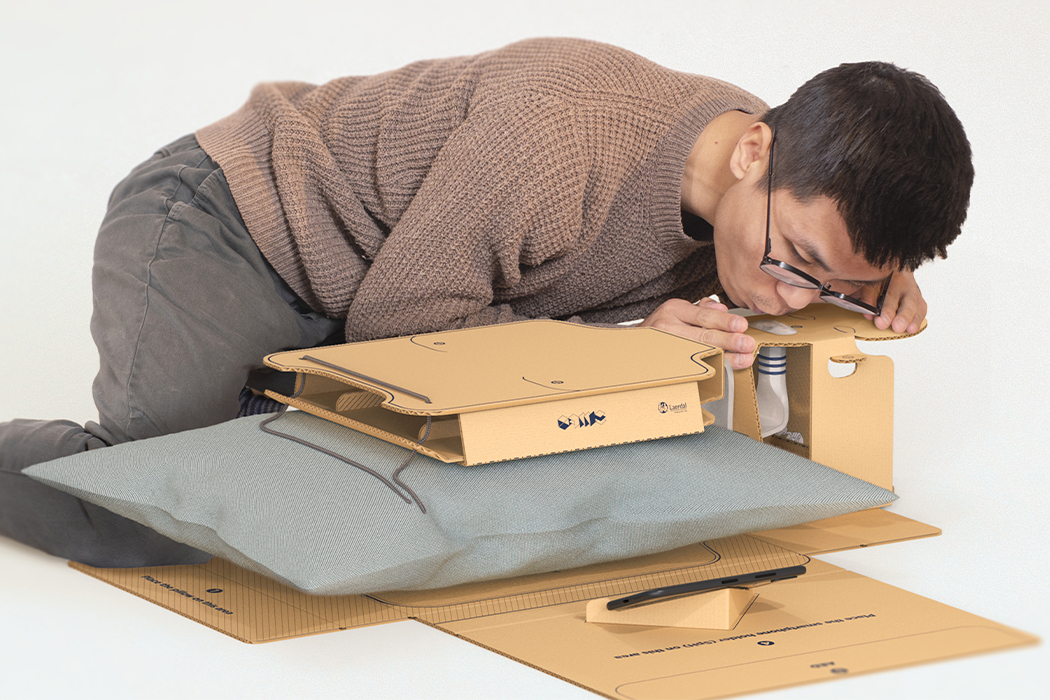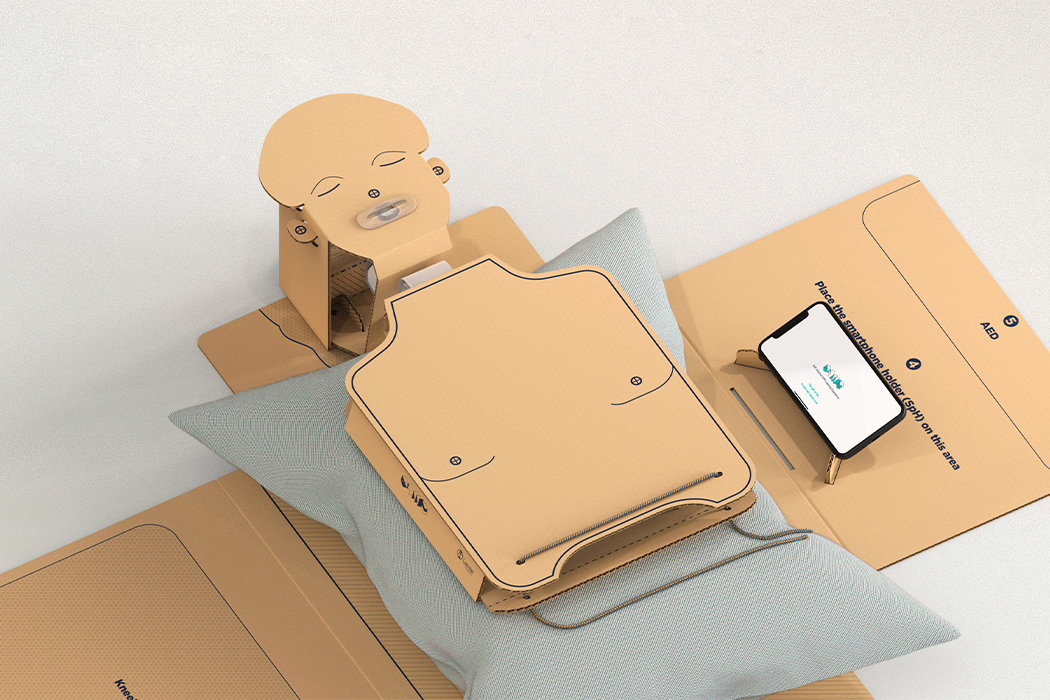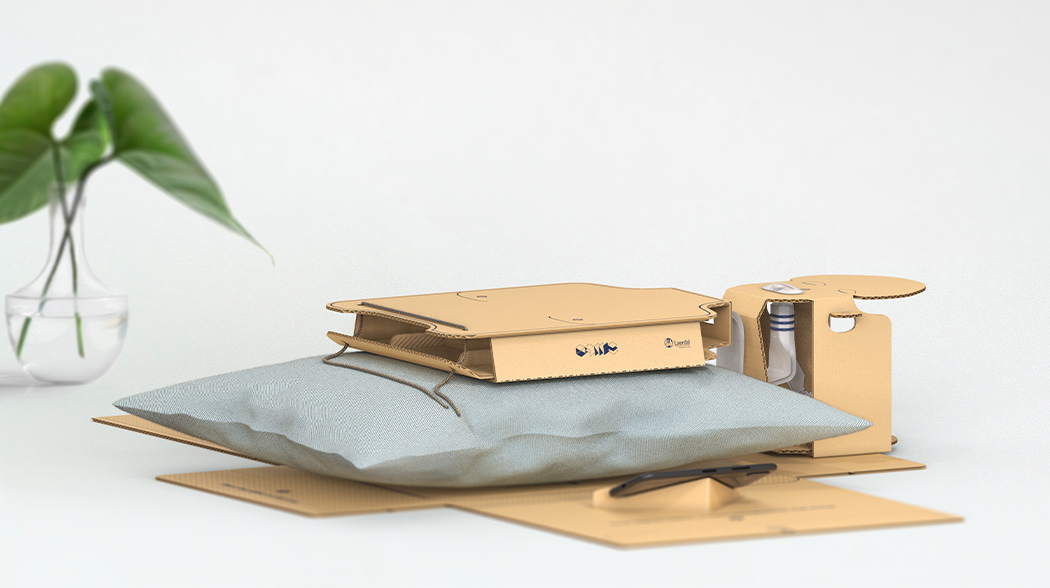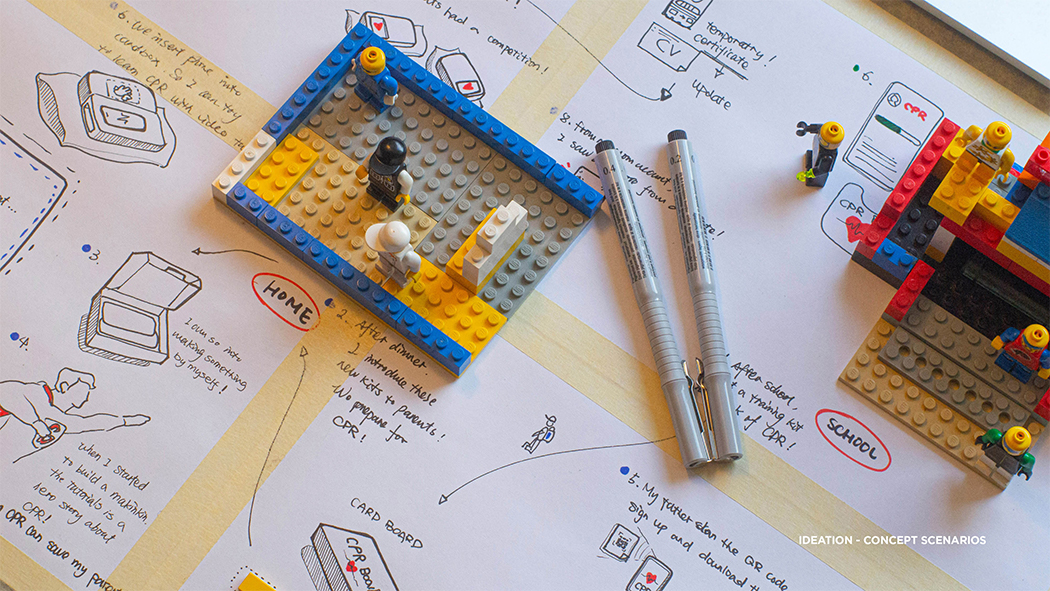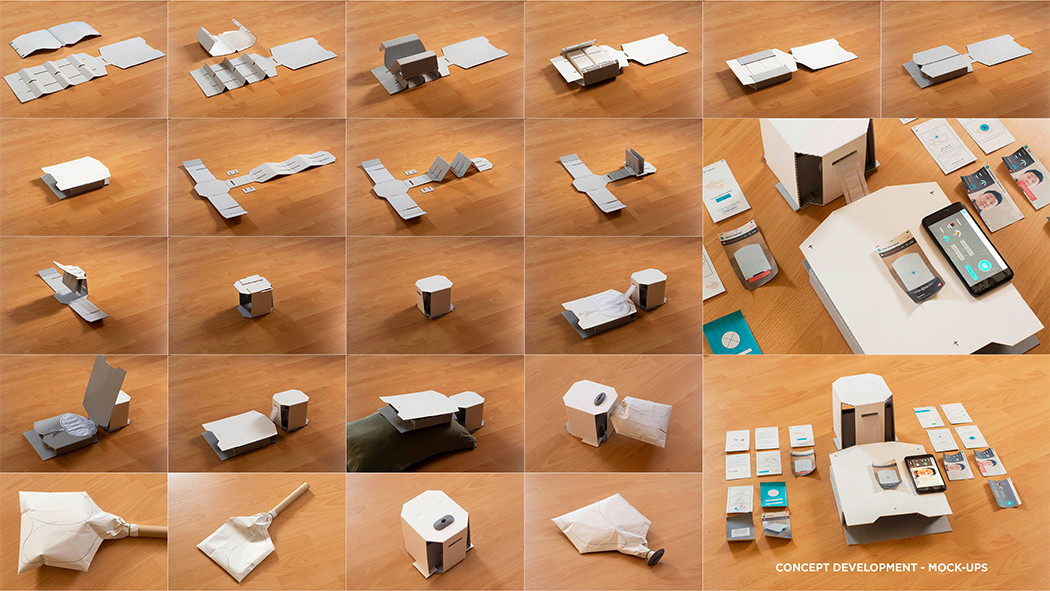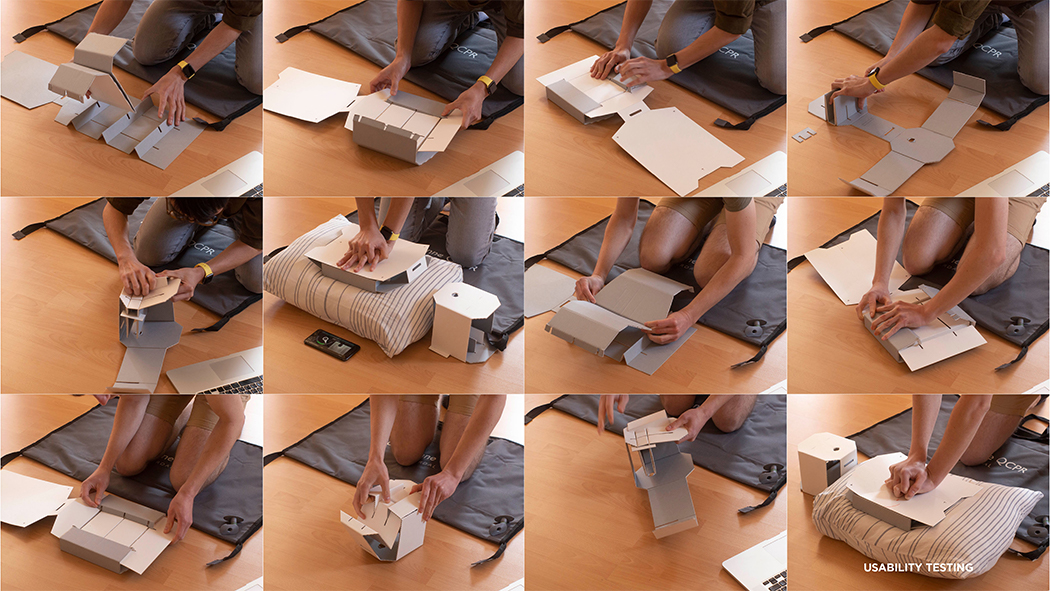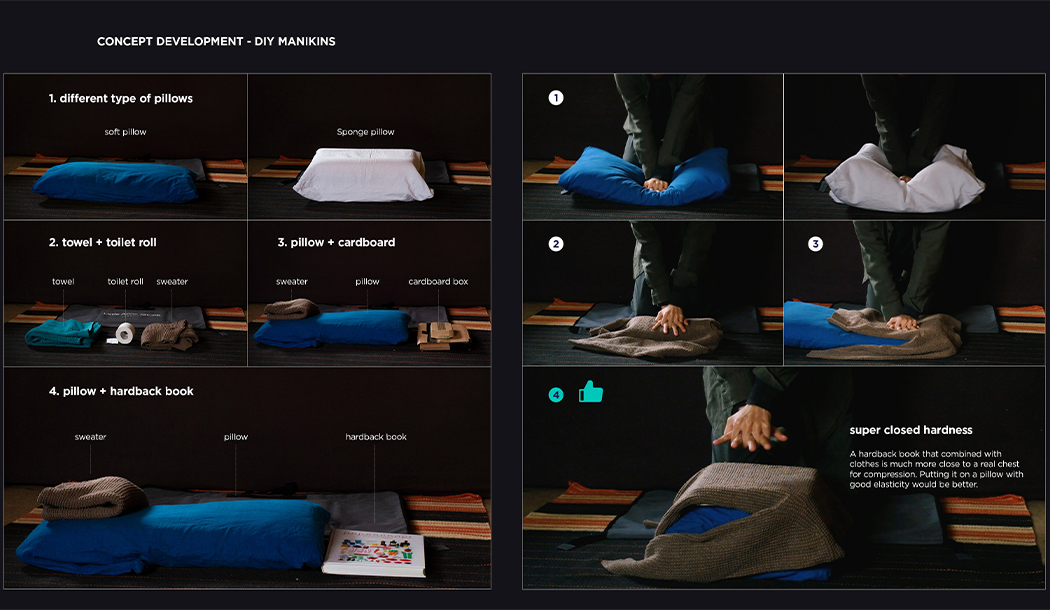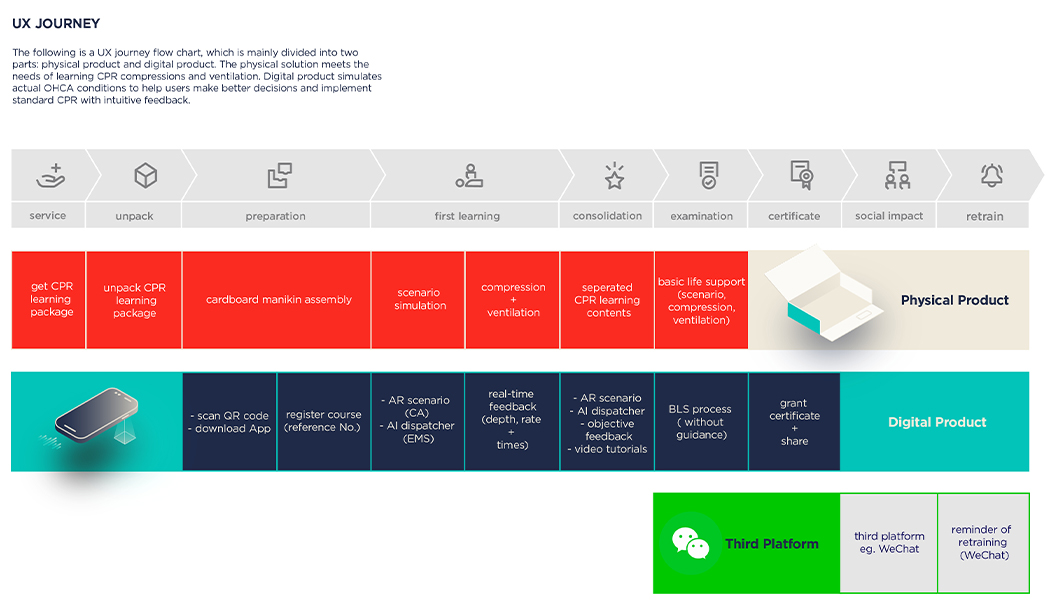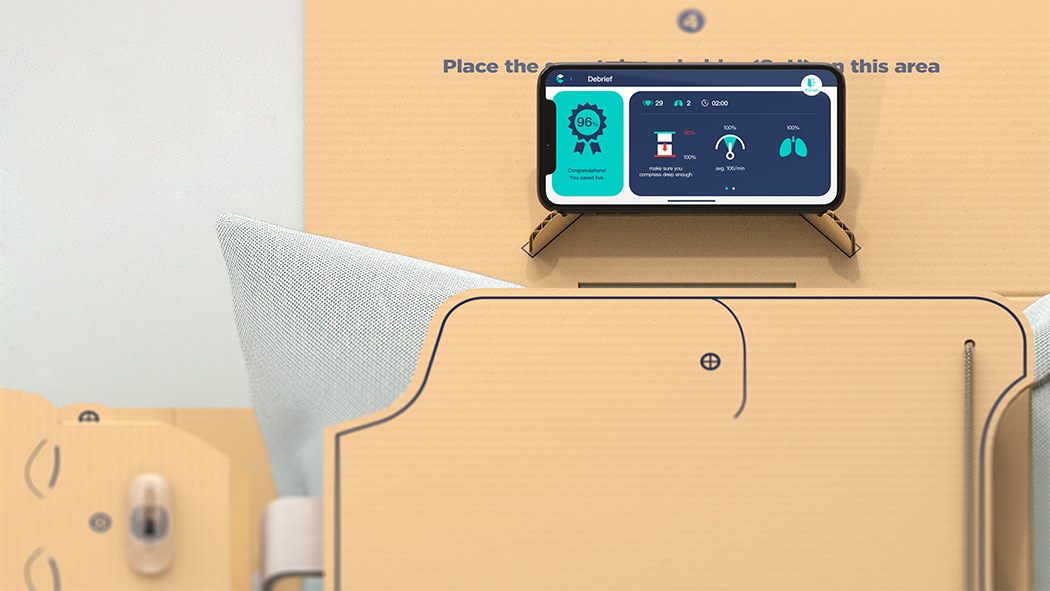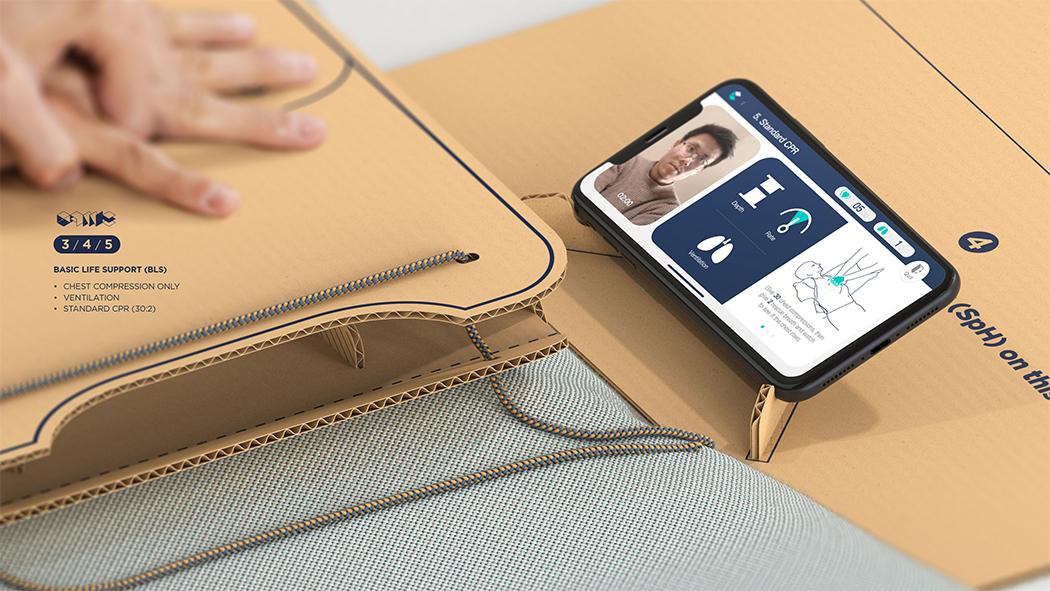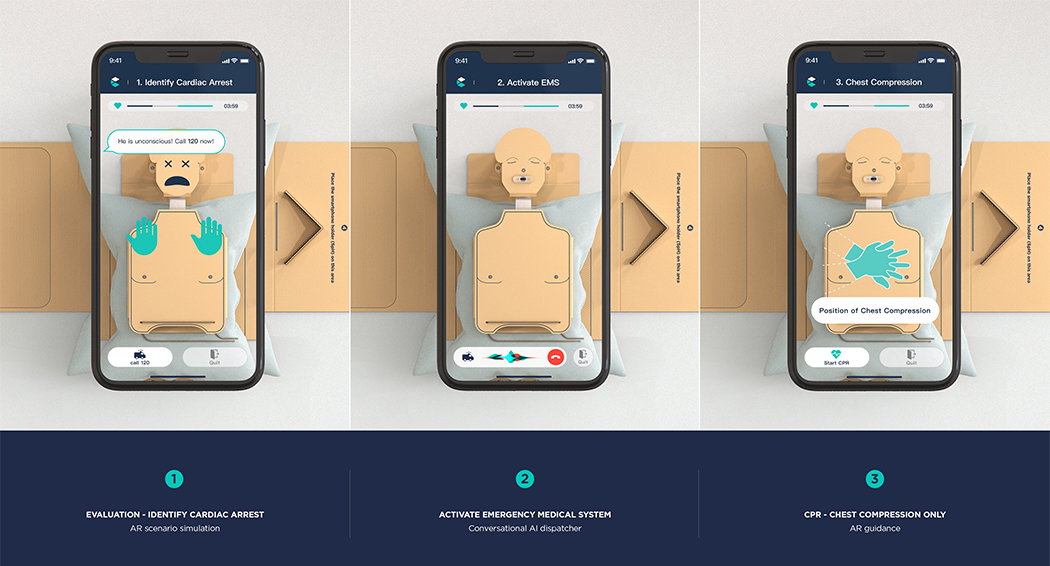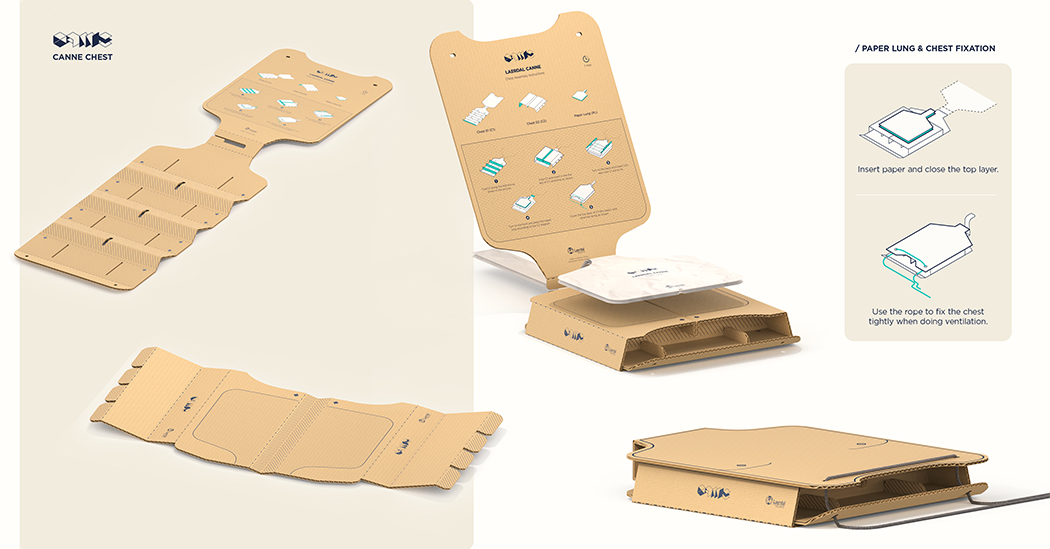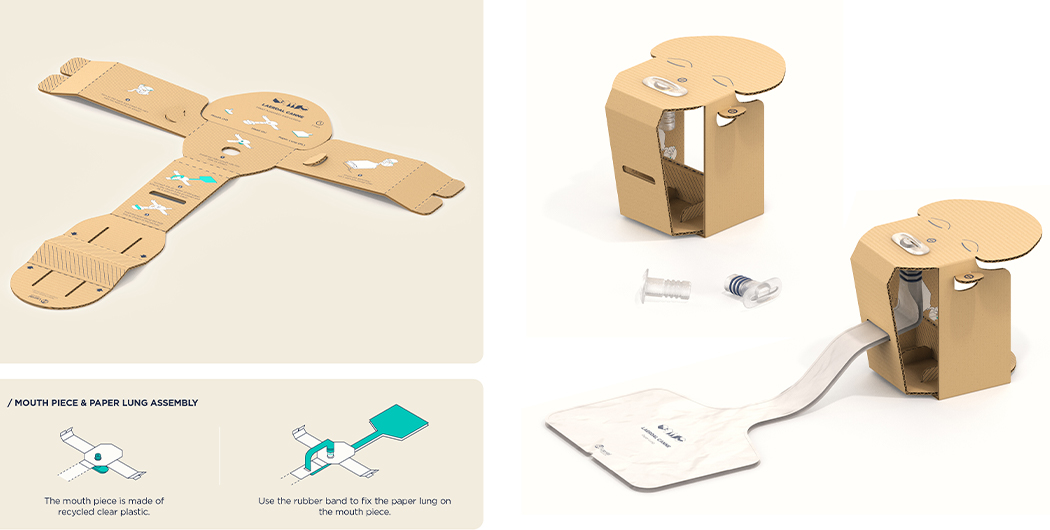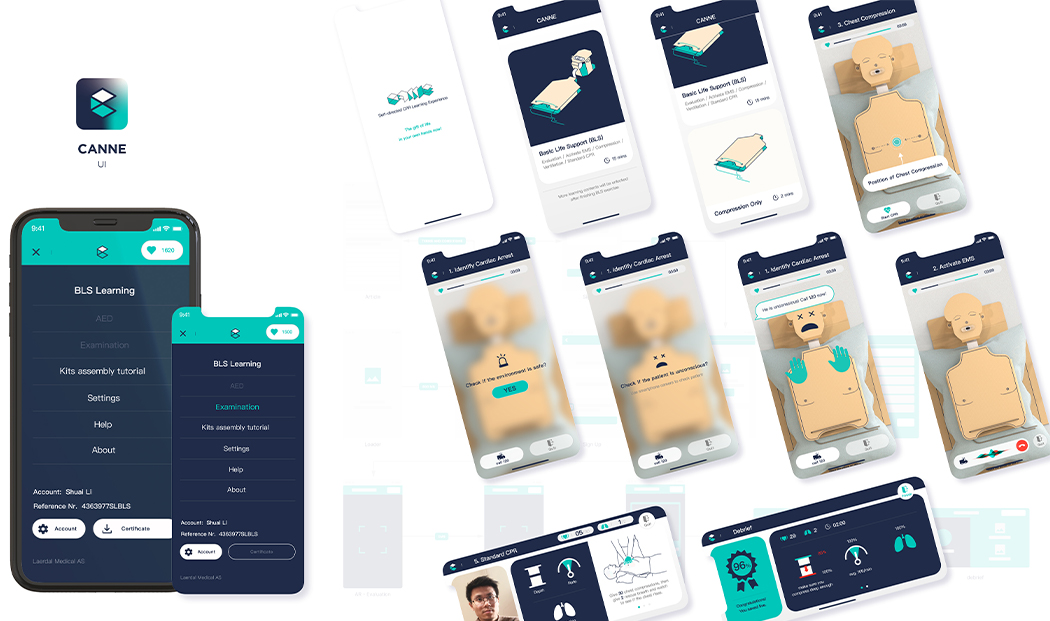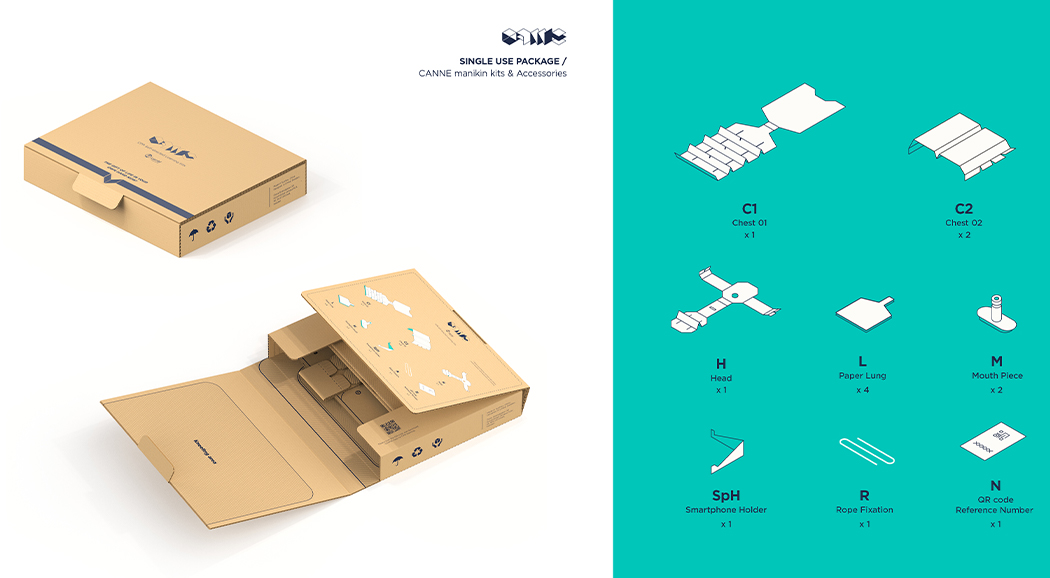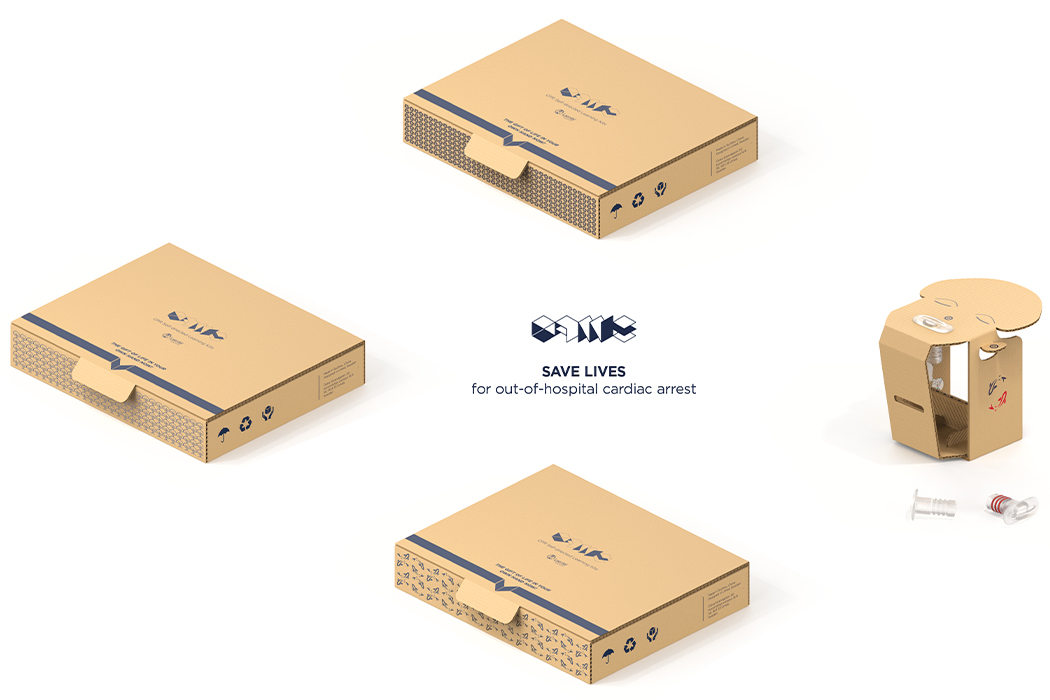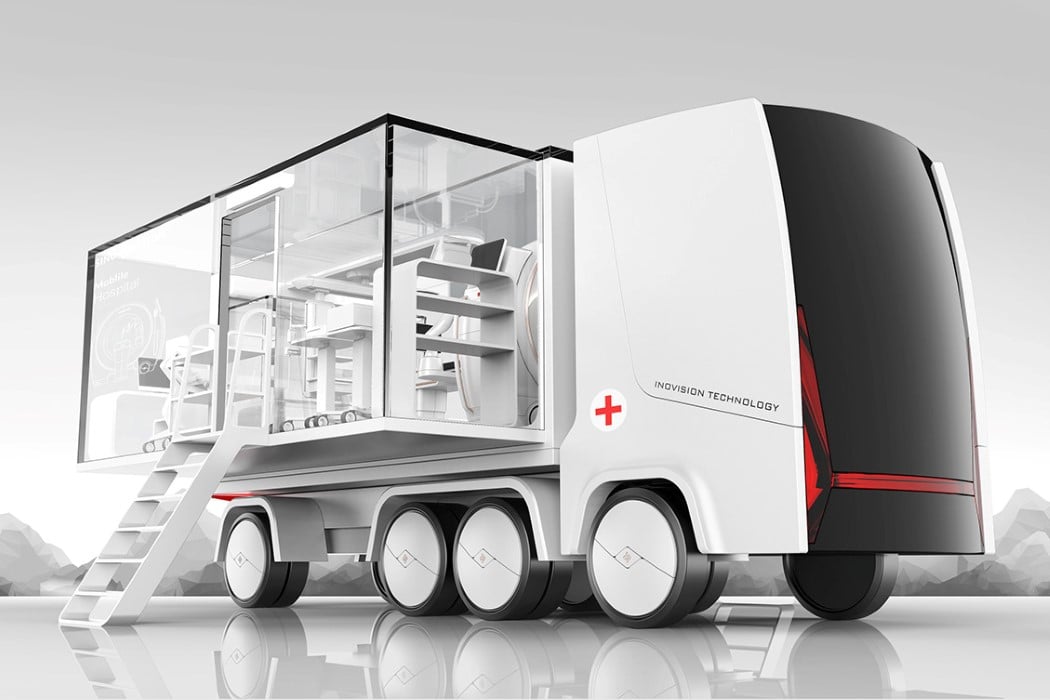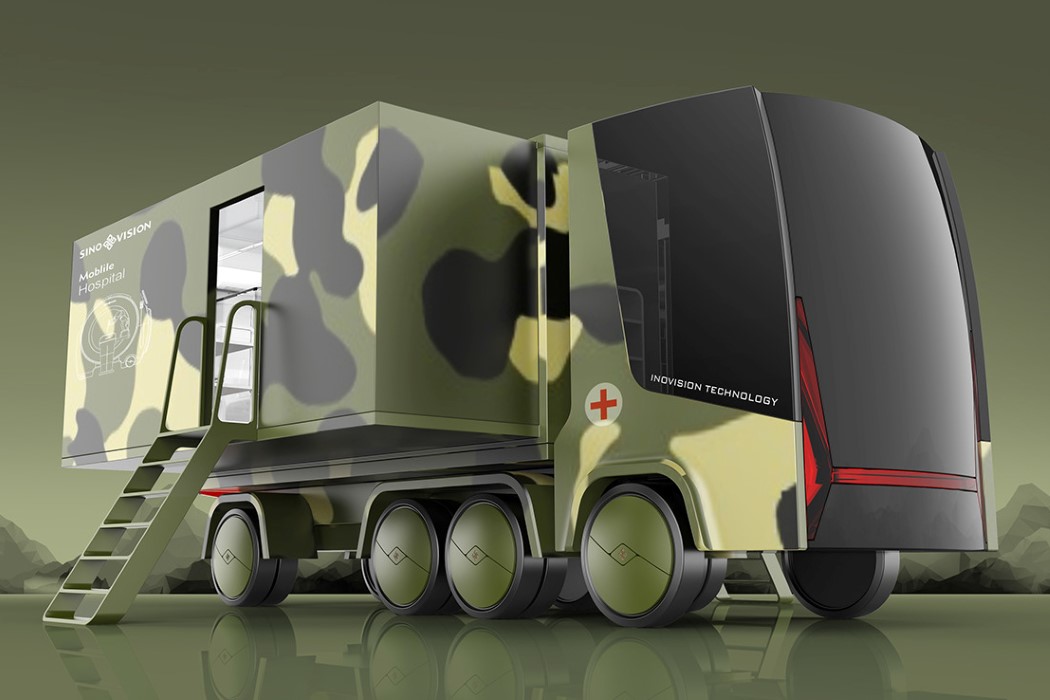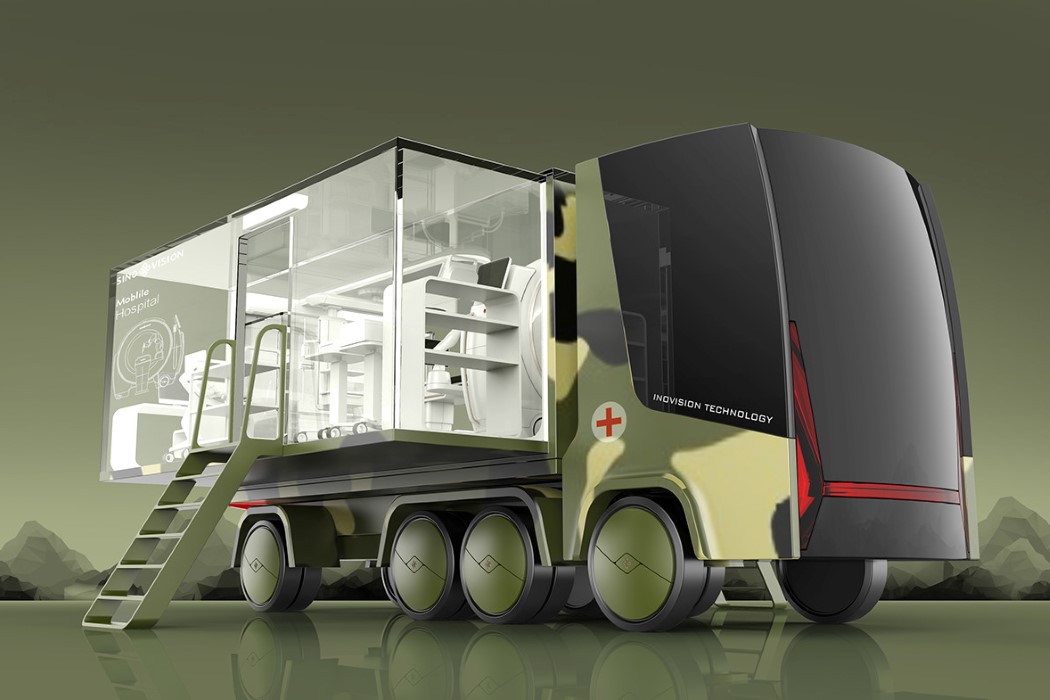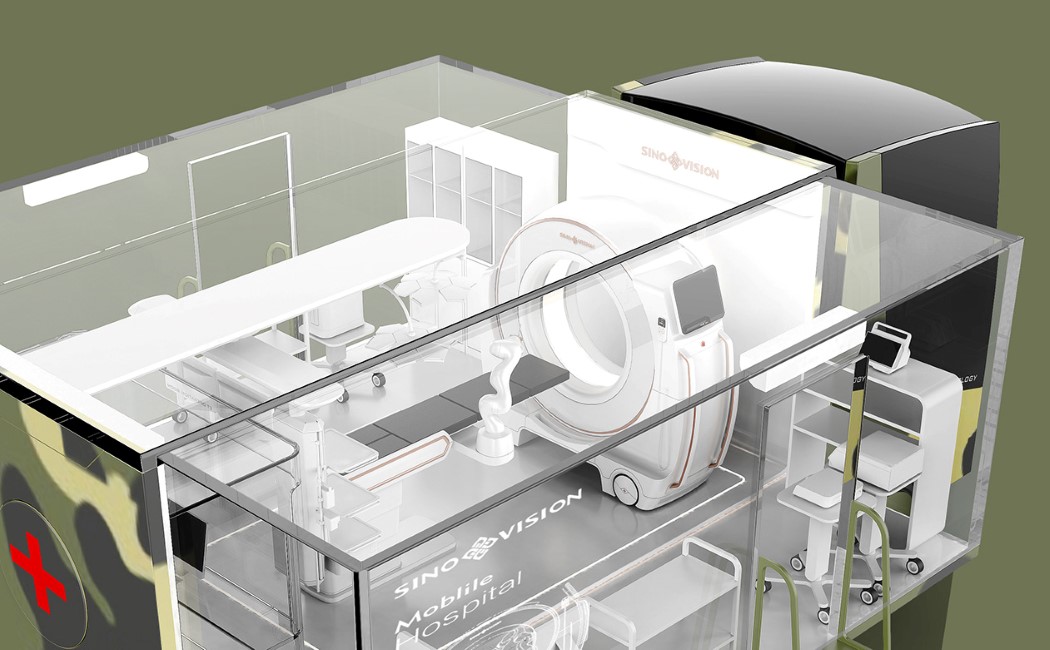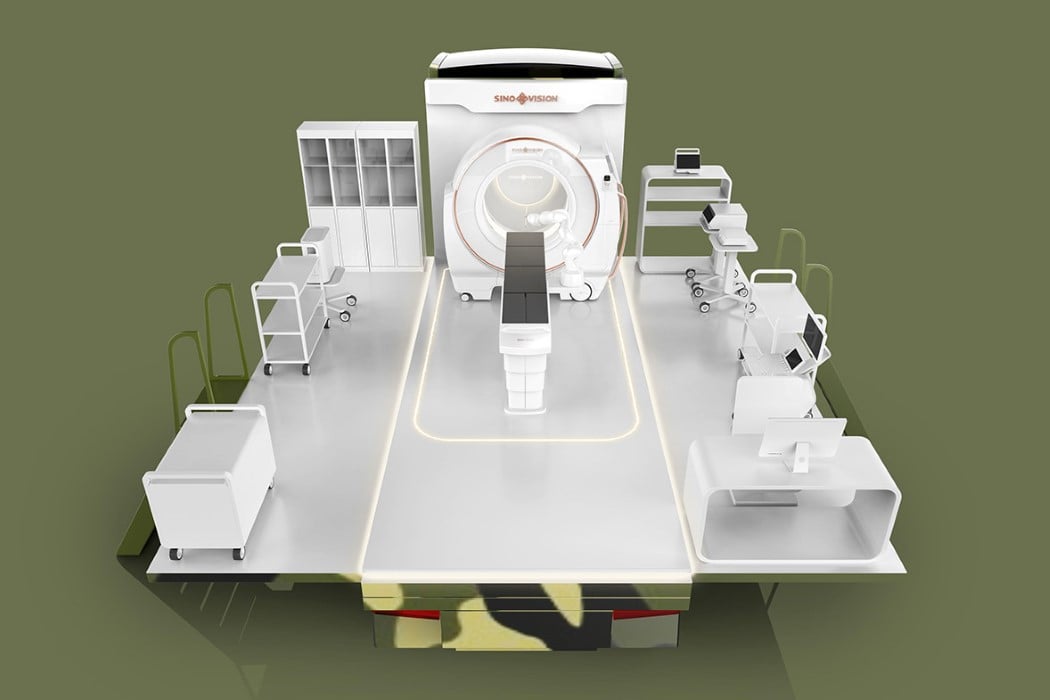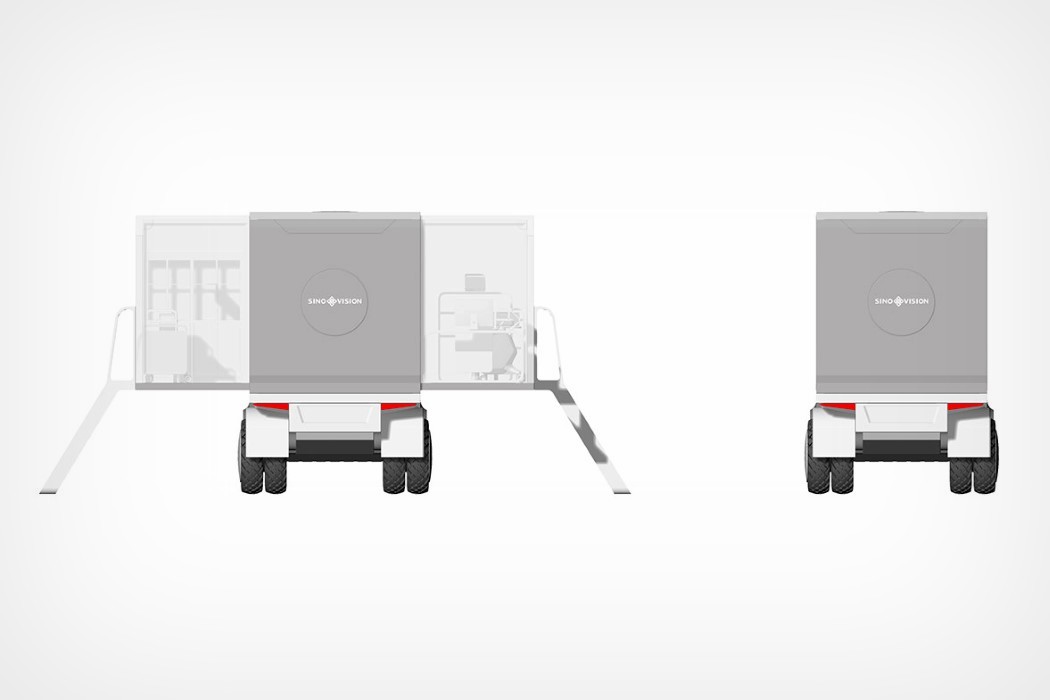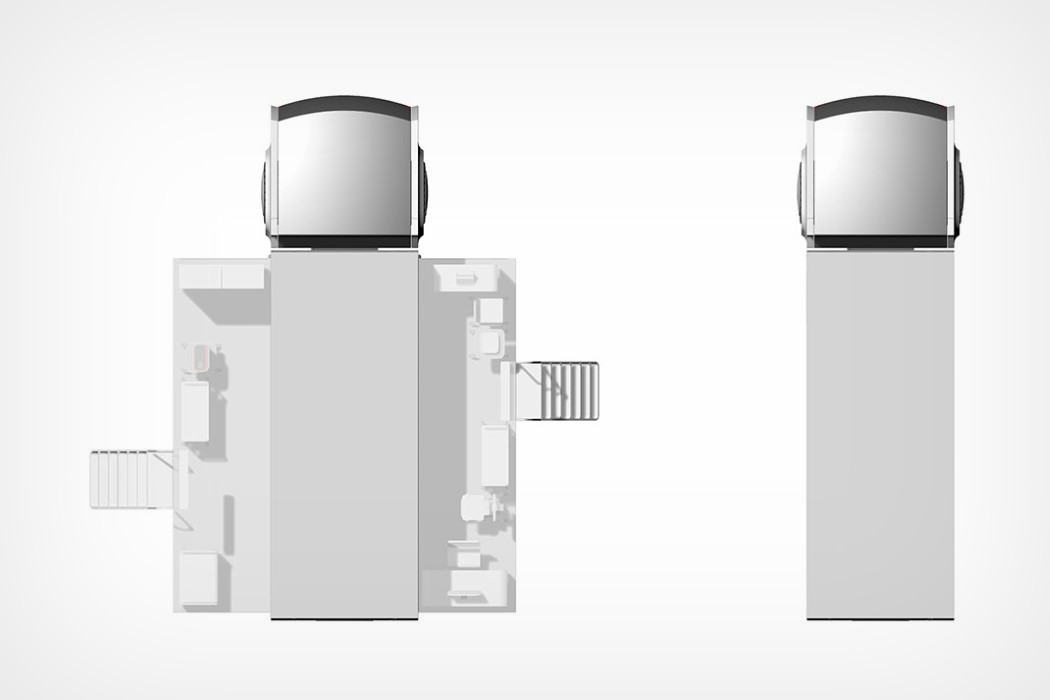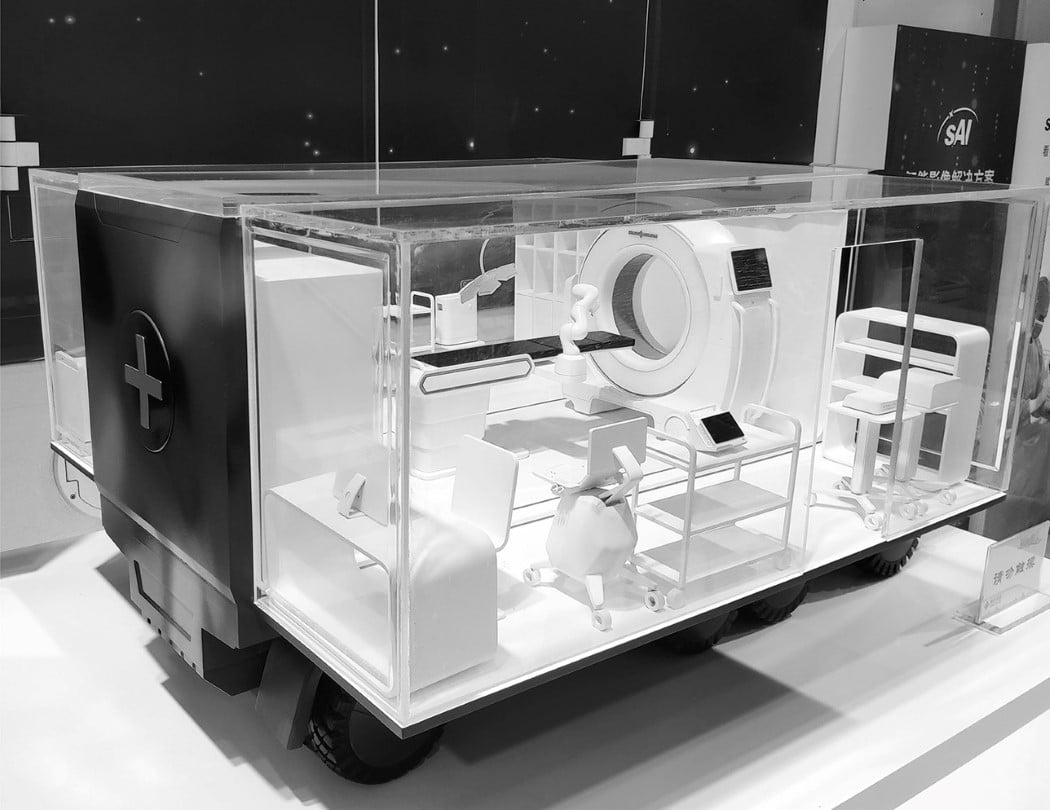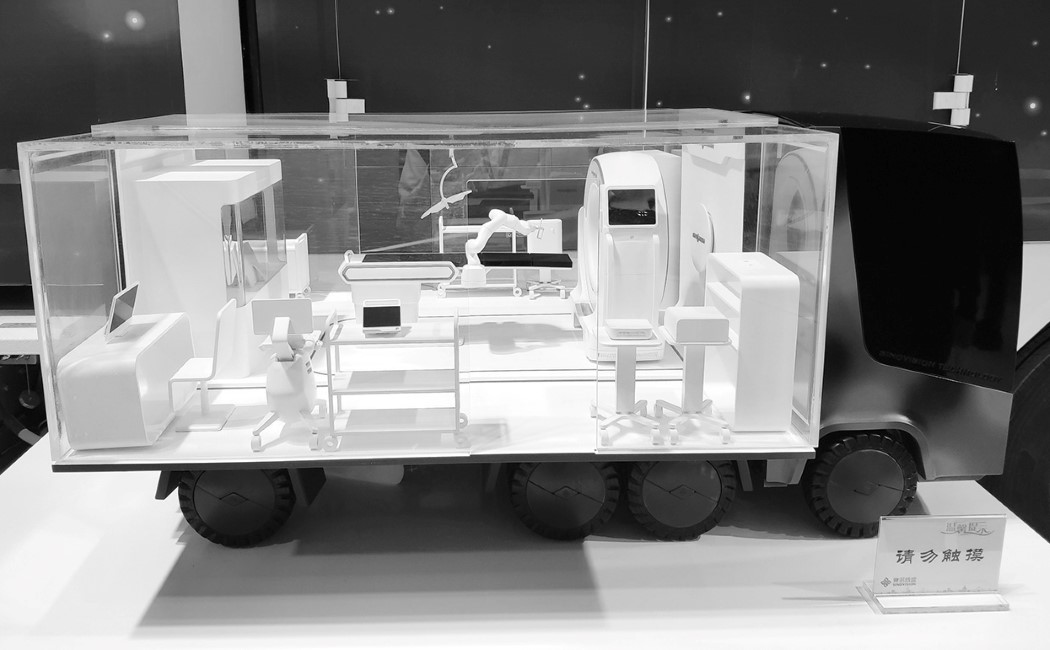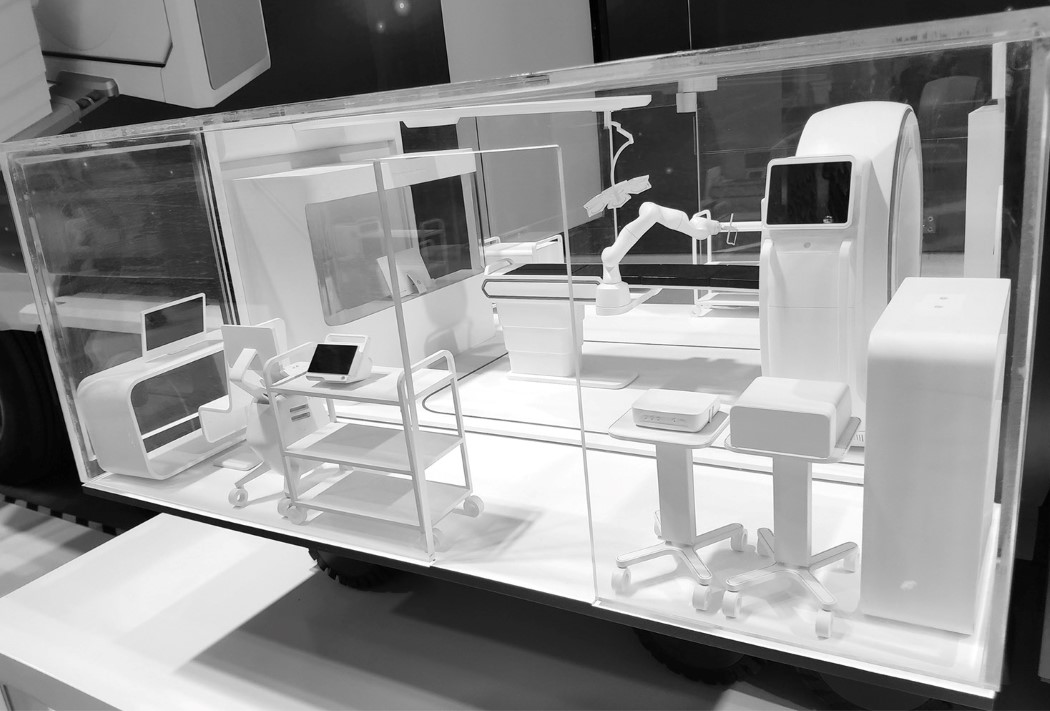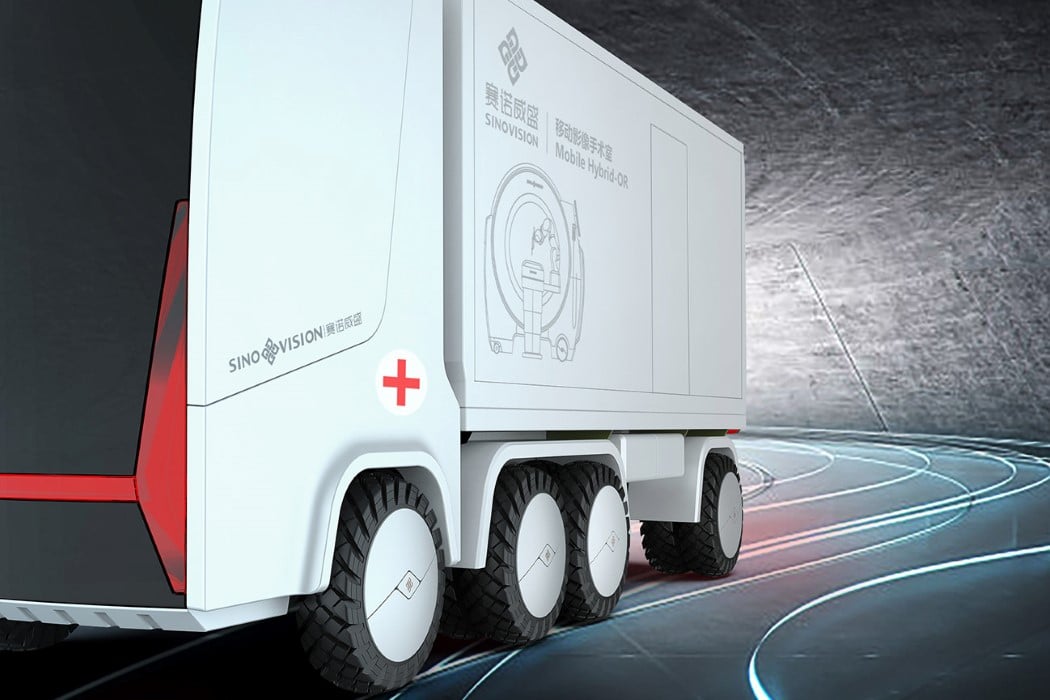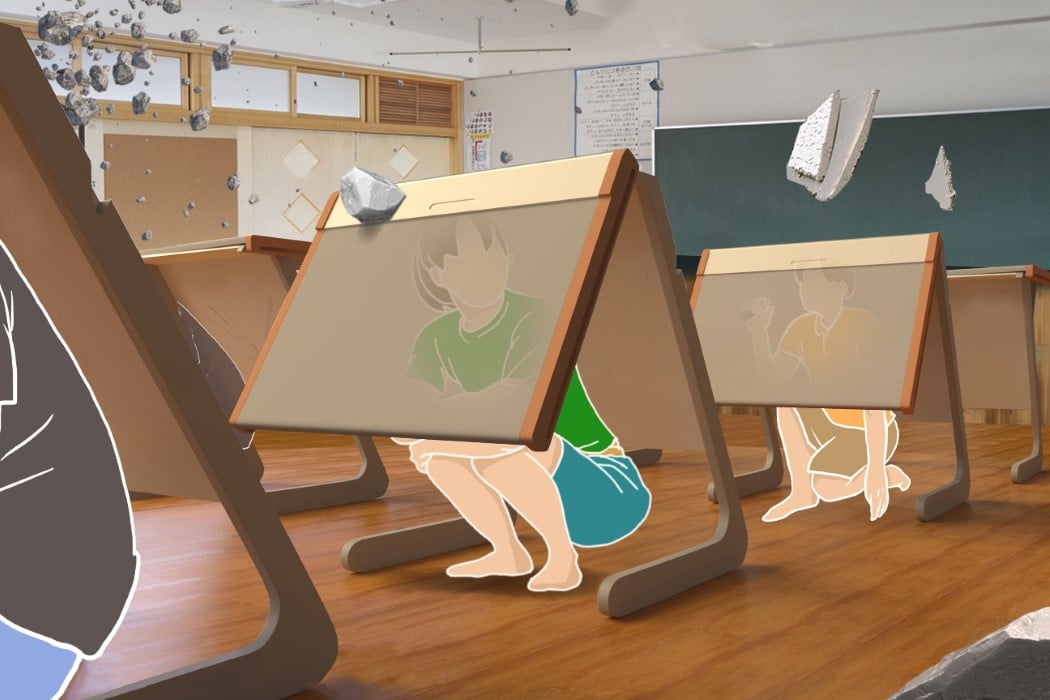
Ever since COVID-19 struck our world, one thing we know for sure is that we never really know what calamity can hit us. An emergency can arise at any time, affecting us and everybody we know! Hence, in these uncertain and stressful times, it’s very important to always be prepared to handle any situation that may be thrown at us. A mindset and consequent actions of preparedness are essential. Maintaining this very attitude, designers and creators have been coming up with a wide variety of products that promise to rescue us during even the most major emergencies. From a school desk that turns into a safety shelter during earthquakes to a flotation device made using recycled plastic bottles – we have a whole range of highly functional and useful product designs that will protect you and your loved ones no matter what.
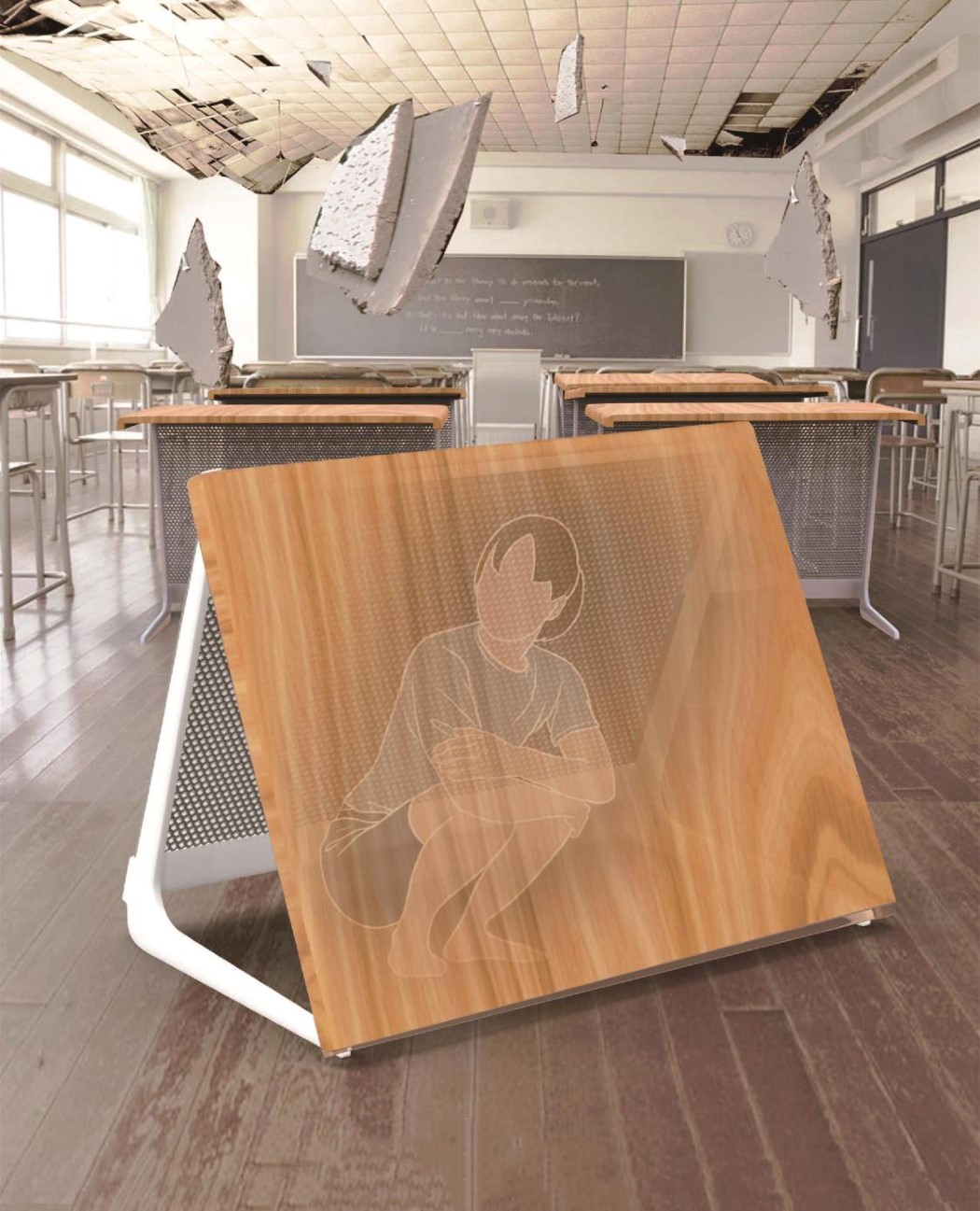
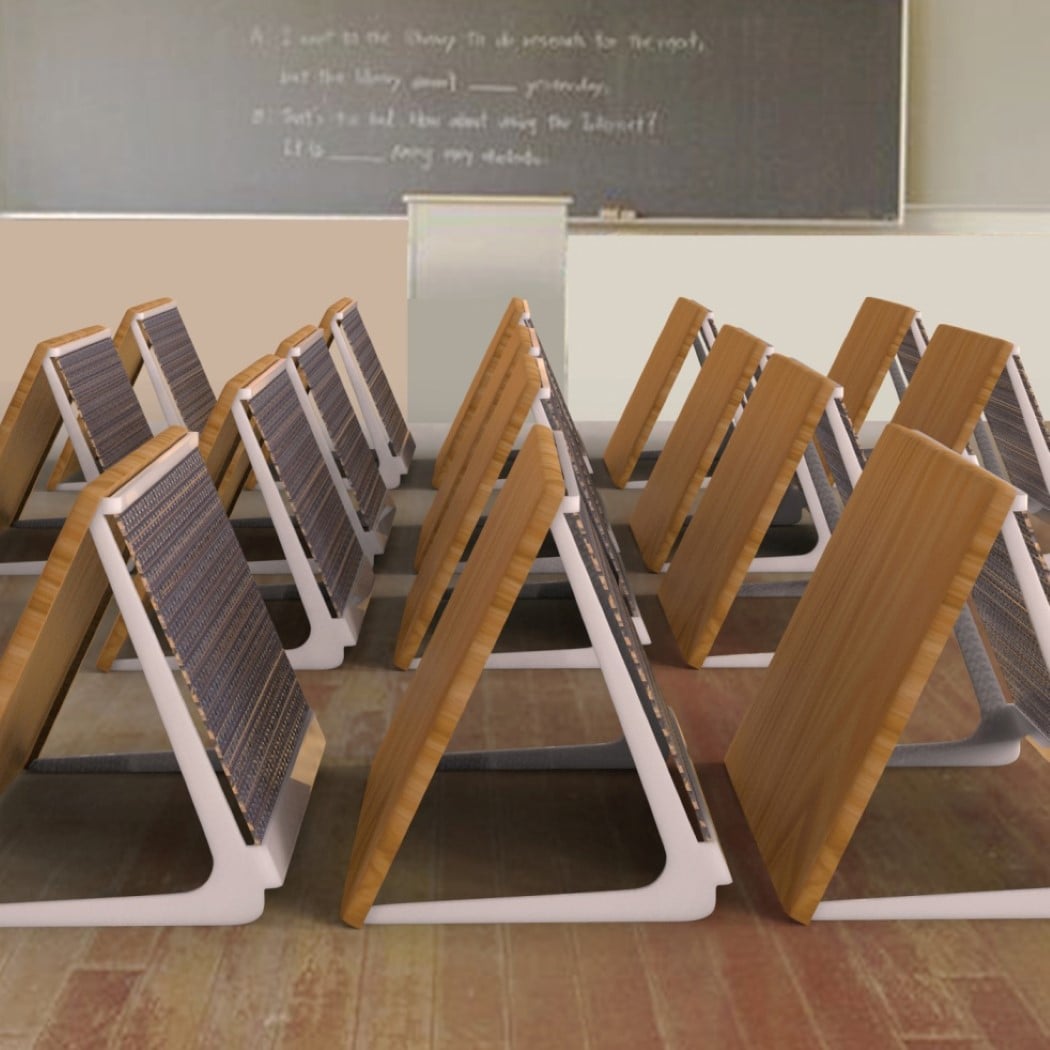
You never really know what sort of curveballs the year 2020 can throw at you. I mean we’ve had forest fires, a pandemic, murder hornets, there was a massive fireball spotted in the sky in Japan yesterday… so a mindset of preparedness is really our best shot at this point. In that very vein, the Life Triangle Desk gives children the instant shelter they need in the event of a natural disaster at school. The desk looks and functions like any writing desk, but in the event of a quake or tremor (or honestly, even an attack on a school in a war-torn area), the desk converts into a secure triangle-shaped shelter against falling debris or shrapnel. In the event of a calamity, the desk surface can be lifted up to unlock it, allowing it to slide down, creating a triangular space underneath. Given that triangles are naturally stable in shape, the desk helps protect children from any large falling items by deflecting them. The desk also helps rescue teams who will instinctively know to check underneath them for victims and survivors.
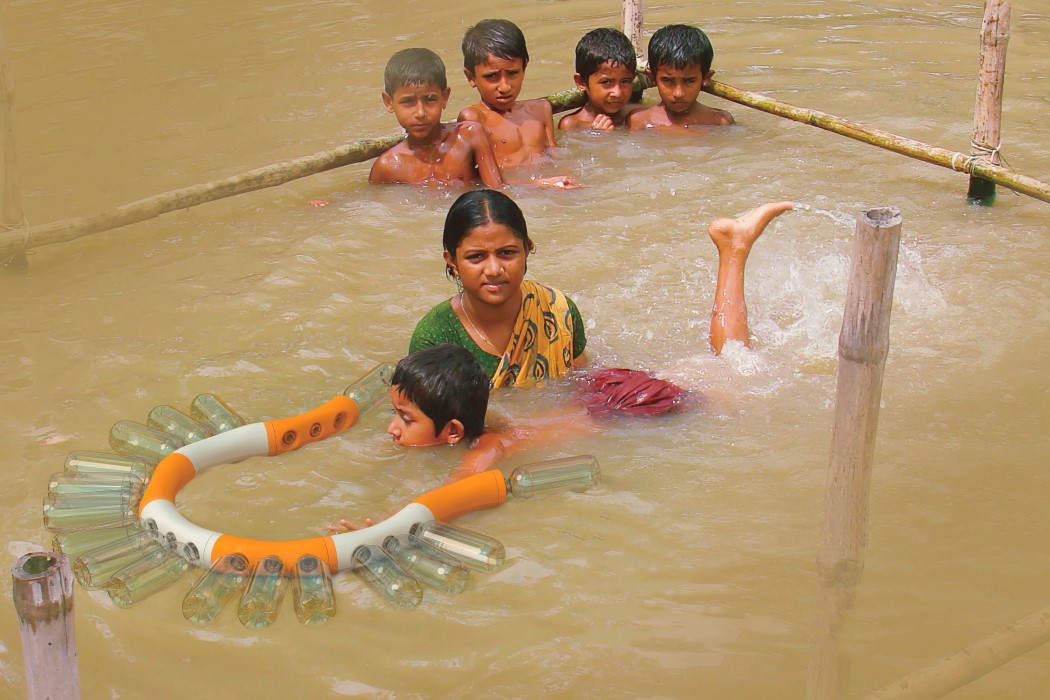
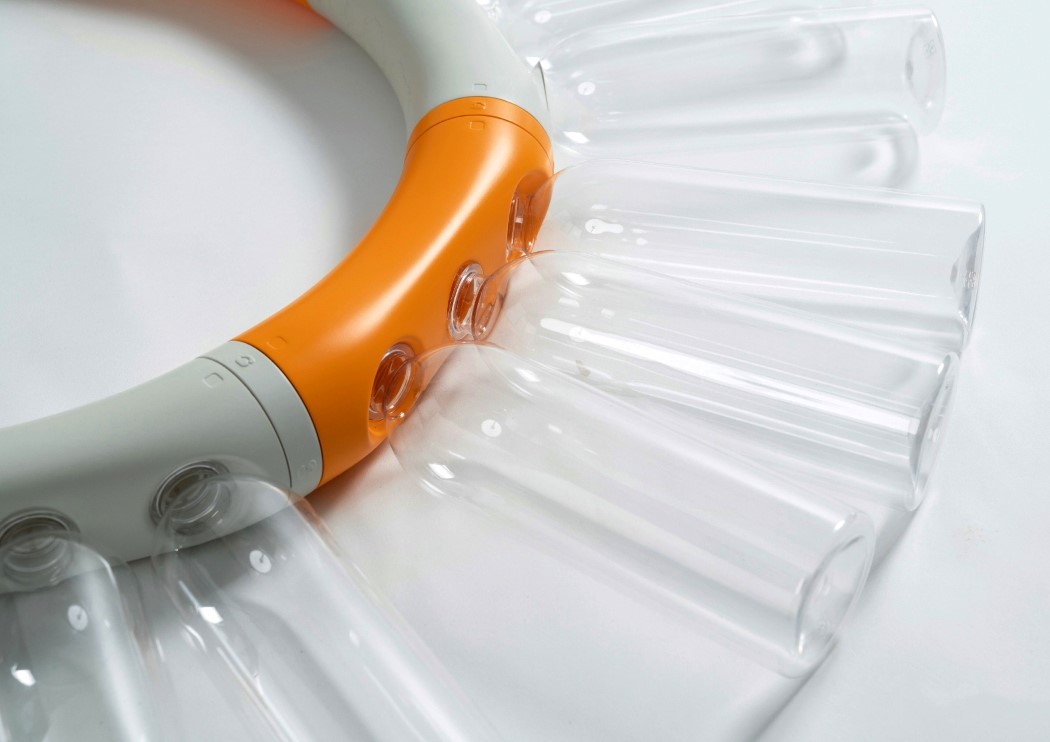
The Saviour is a modular system of interlocking tubes that help you create flotation devices. The tubes don’t float themselves, but rather, allow you to attach multiple plastic bottles around the rim to help the overall product stay afloat. You can either assemble the Saviour to form a U-shaped training apparatus or join multiple pieces to close the U, turning it into an O-shaped device that children can use as a tube. The Saviour is low-cost, and its individual modules can easily be 3D-printed based on demand. Moreover, it utilizes plastic bottles, helping recycle waste into something vastly more useful. If a plastic bottle gets damaged, it can easily be replaced with another one, allowing you to quickly upgrade/repair your training gear. Besides, the colourful bands on the Saviour help increase its visibility, allowing you to spot it floating on the water from a distance!
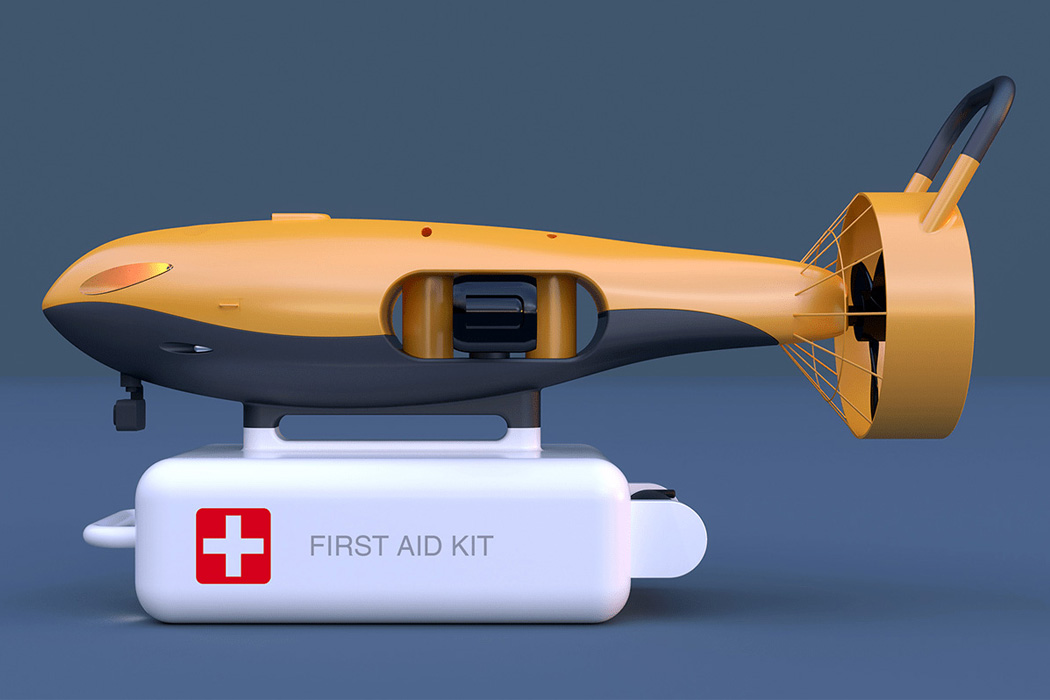
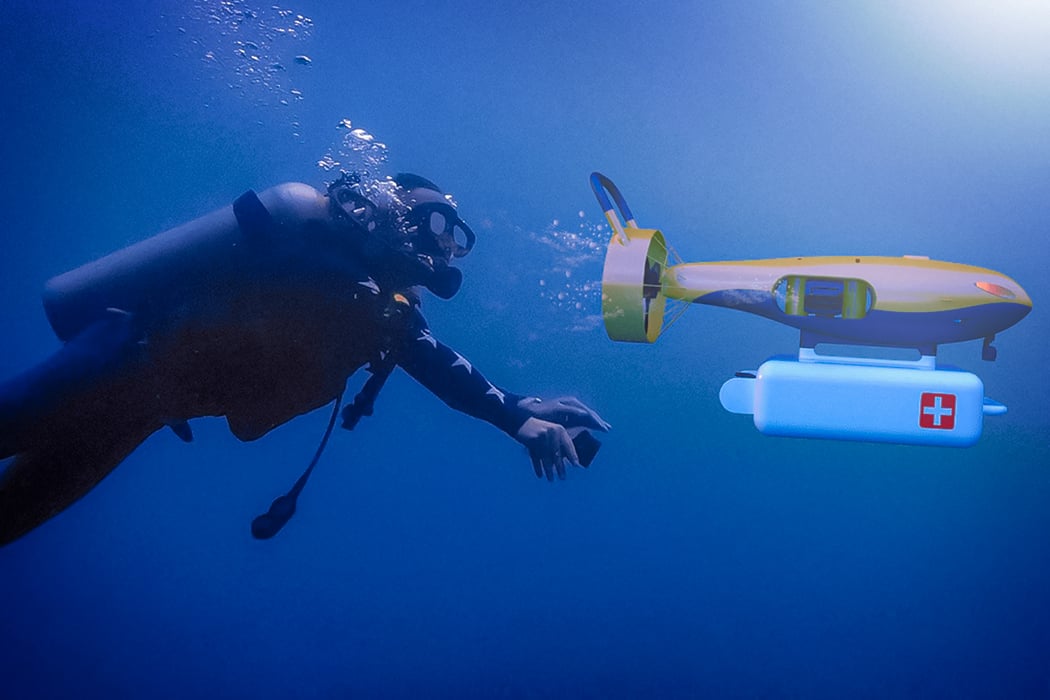
The Saver Whale is ideally a concept of an underwater drone designed to reach where human rescuers can’t – or shouldn’t – go. Lots of human live-saving deep water rescues happen in challenging, dangerous conditions which are difficult for diving squads to negotiate without risking injury or loss of life. Maritime rescue drones such as the Saver Whale can reach uncharted waters – reducing risk to human life – and work as scouts to deliver medical and equipment to liberate any trapped or sinking soul. The Saver Whale, equipped with cameras, sonar, and radar for detection, and a radio system for communication, can be deployed from the helicopter, to venture into depths of the hostile waters of the ocean where sending human is riskier. The drone, on detecting a survivor or diseased and can instantly relay the message to the rescue team and request assistance. In addition to calling out for backup and relaying its live location, this versatile sub can equip the survivor with a life vest, rope, and other gear from the first aid kit onboard.

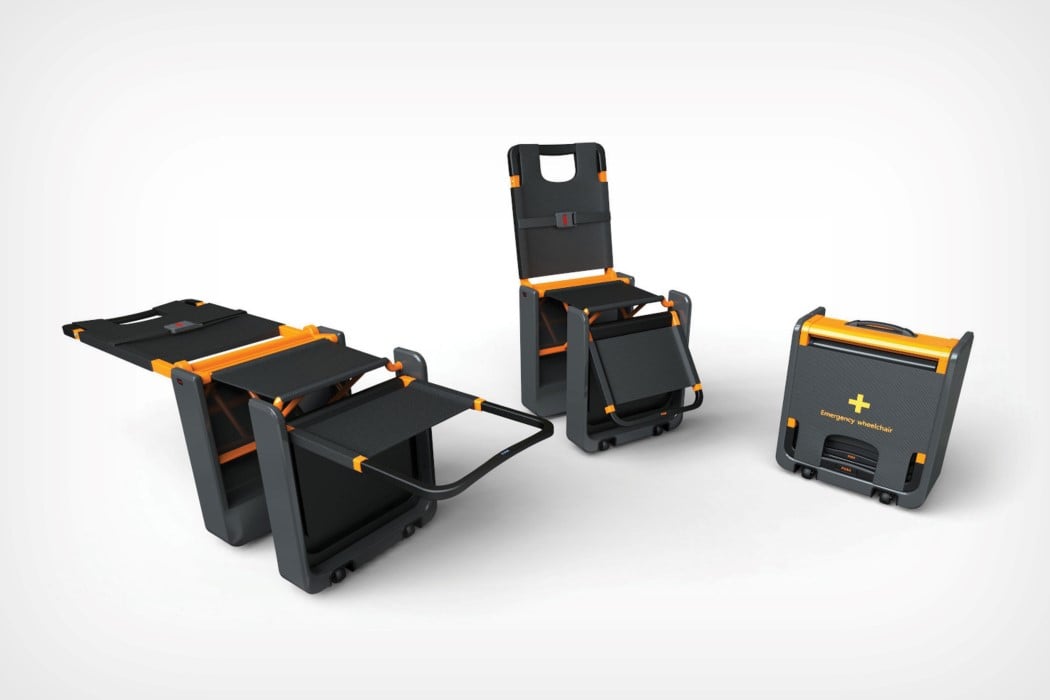
This easy-to-stow collapsible wheelchair also becomes a stretcher when needed. At the simple push of a button, the Emergency Wheelchair transforms from a small suitcase-sized box to a wheelchair. The backrest and leg rest can be further adjusted to turn into a stretcher that can be manoeuvred around using the small wheels at the base. Designed for every conceivable scenario and engineered to make sure it effectively works in all conditions, the wheelchair is made of a magnesium alloy, high-strength factory plastic, and a flame retardant fabric. When not in use, it collapses back to the size of a suitcase, allowing it to be easily packed and stored back in its place.
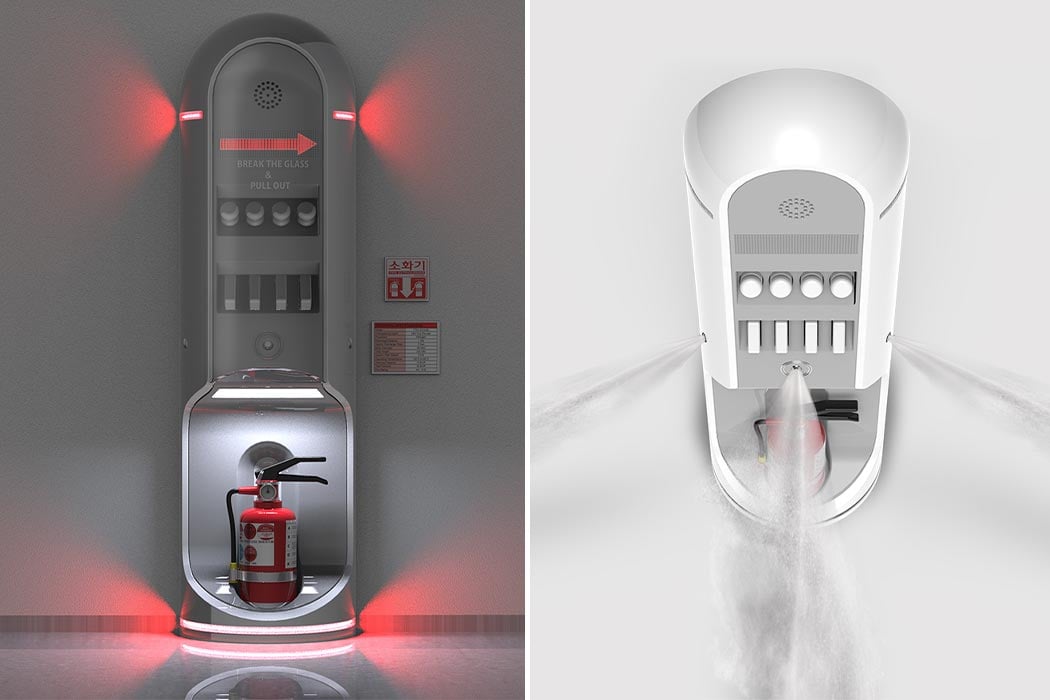
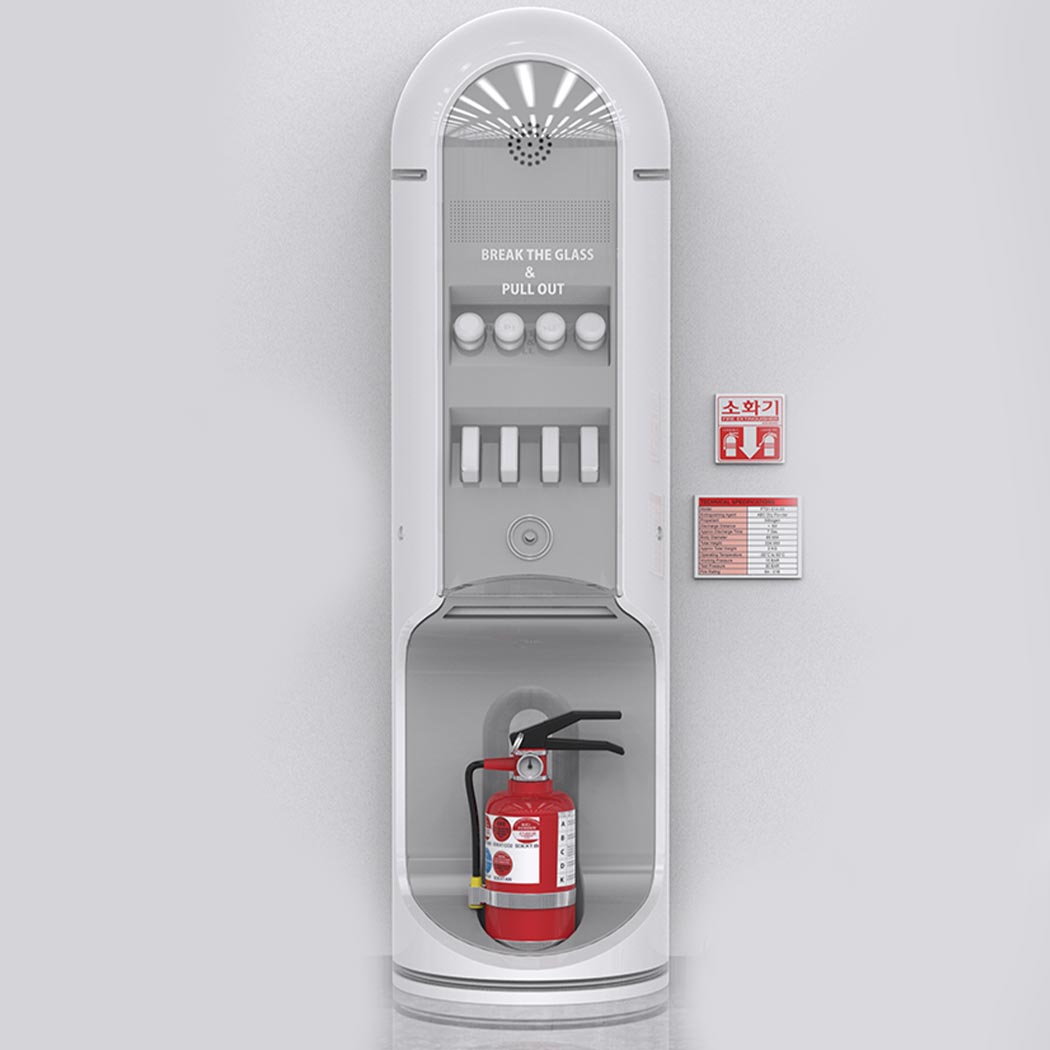
Emergency Helper was designed to help people in the event of a fire in a building, but what makes it different is that it is a lot more than just a fire extinguisher and is aimed at helping with the side effects of the emergency as well. In case of fire, it informs the location of the fire extinguisher as well as the location of the evacuation route. When a fire breaks out, LED lights will come on from both sides and the bottom of the product, an alarm will ring the warning sound and the LED on the top-front will notify people where to evacuate from. In case the fire breaks out around the product or the product cannot be used for some reason, the smart device will spray extinguishing fluid from the front and both sides after detecting the heat around it. It also includes a hammer, flashlight, and respirators – this can help people evacuate safely and reduce respiratory stress for those with breathing problems in case of such emergencies.
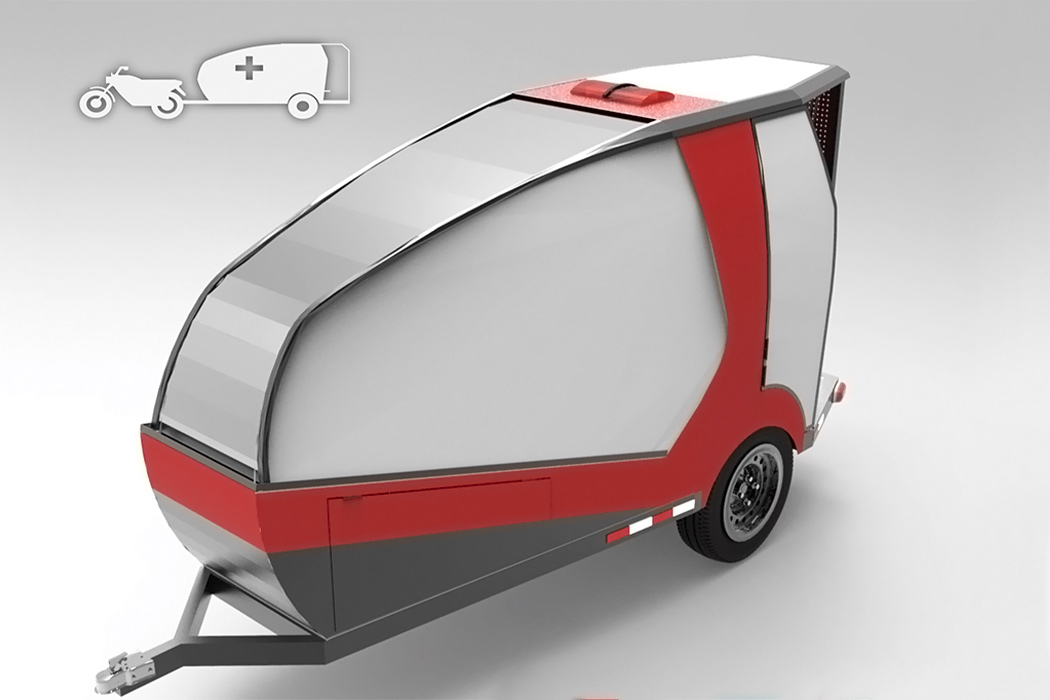
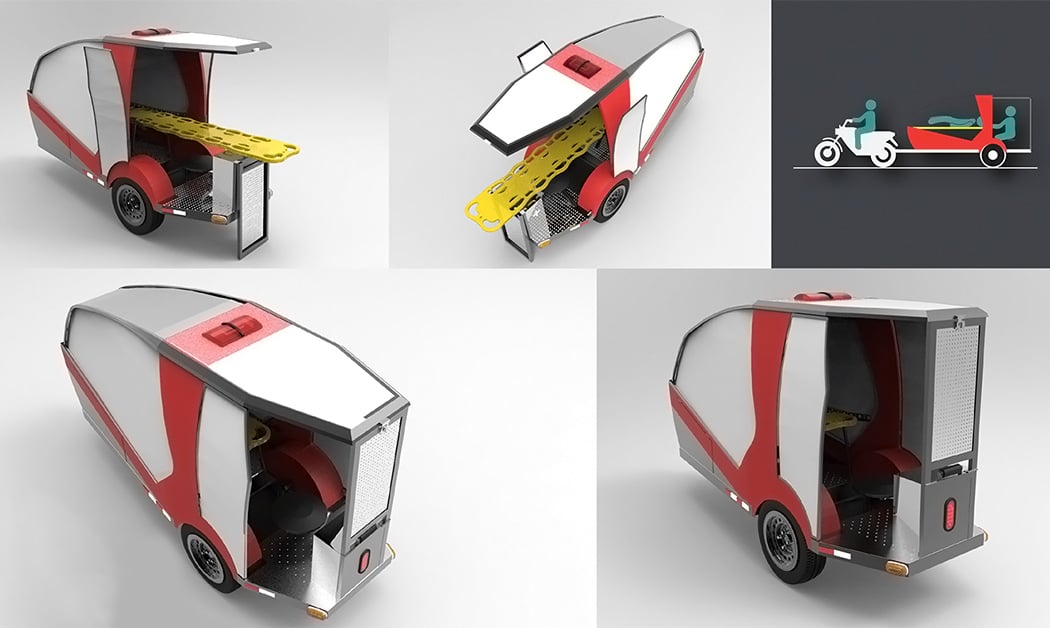
The conceptual Neura project focuses on solving two issues with one product – an ambulance attachment assembled quickly for a bike to navigate dense cities easily. Neura’s intention is to get the patient to the medical facilities faster and because of how fast it can be made, it is a gift when resources are short. The form is built like a two-wheeled wagon that can be attached to a vehicle. The Neura ambulance has one stretcher for the patient and a seating place for one paramedic. It is 3.1 meters long and has been designed to be light in weight by using minimal parts. It can reach remote parts where the lanes are narrow and can conserve the use of the traditional, more well-equipped ambulances for critical patients. In countries like India, the Neura project will be very successful given the dense traffic at any given point of the day will still allow a bike to slip out to the hospital easier than a van.
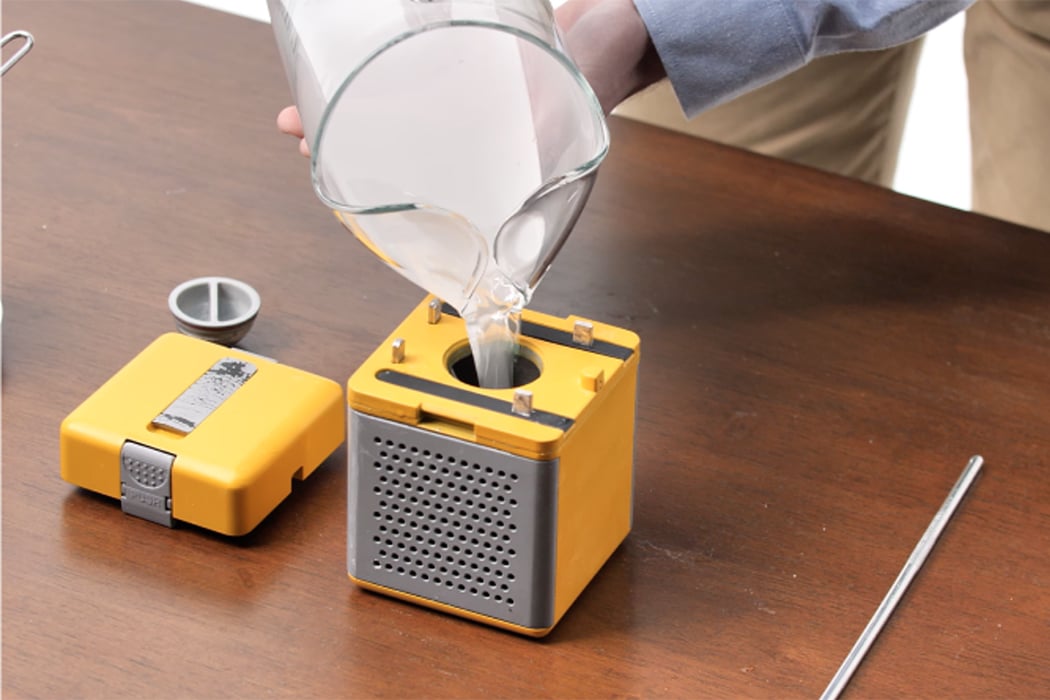
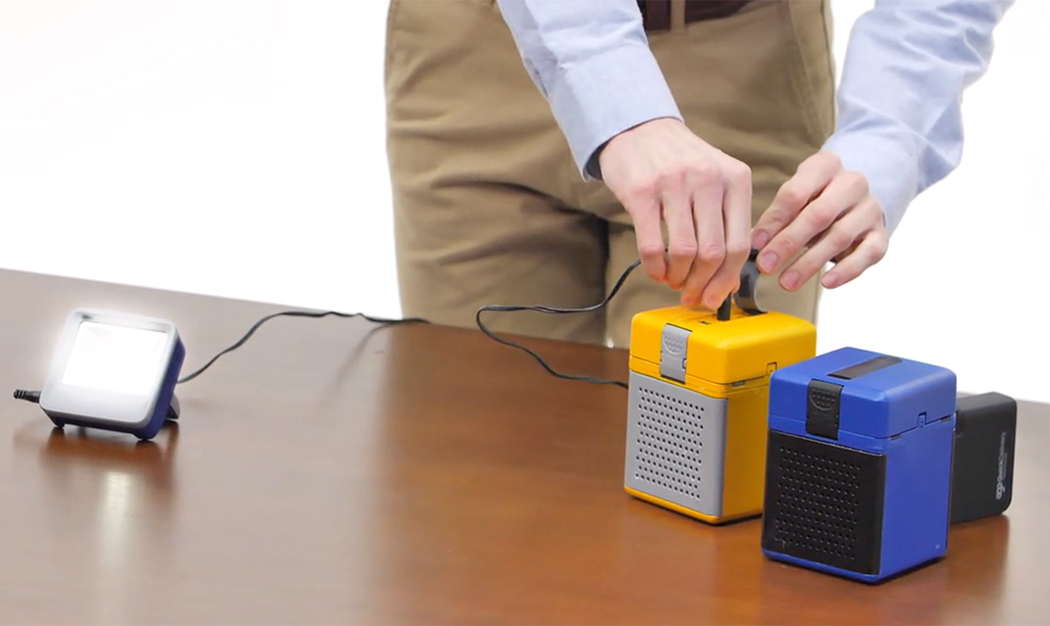
HydraCell was designed to give you instant power if you were outdoors or had an emergency. The water-activated fuel cell can charge your devices and provide light for days – a must-have for campers. It is also eco-friendly, all the waste generated from creating the HydraCell is 100% biodegradable and doesn’t add to toxic landfill waste like most flashlights. When you need power during a storm or outdoors we use batteries but are they really reliable? More often than not, batteries are dead, or faulty they haven’t been used, and while you can recharge some during a power cut that is not an option. HydraCell fills this negative gap that batteries have with positive innovation. It can provide up to 100 hours of light and charge up to 10 phones with a single charge plate.
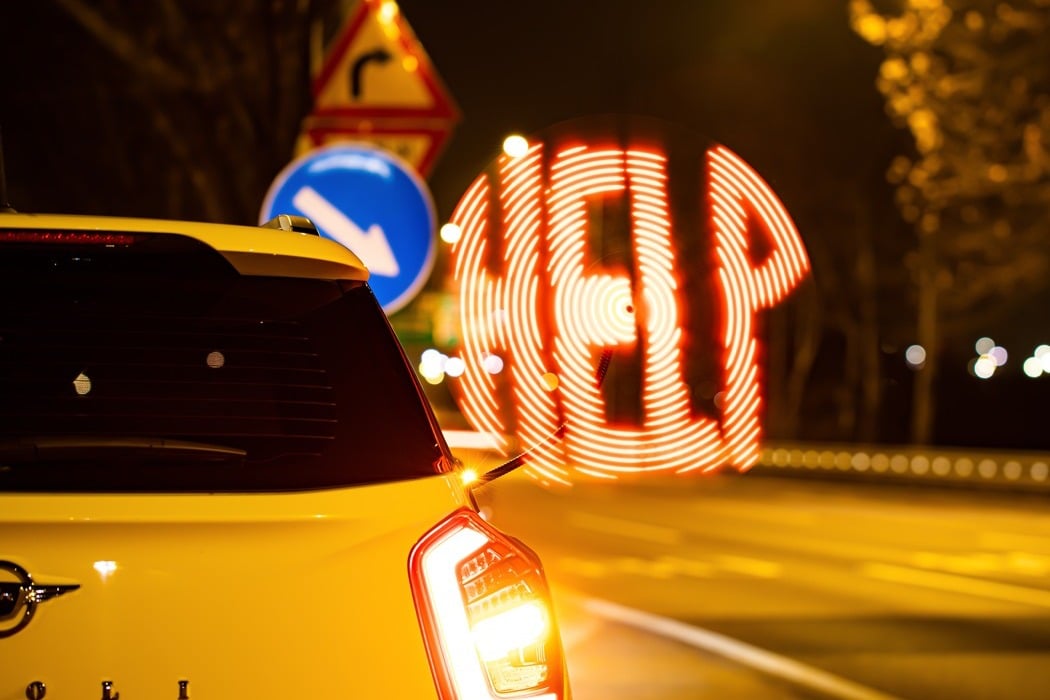
 The S.Light, which should be as much of a standard carry-on accessory as a car-jack or lug-wrench, is a signaling beacon that allows drivers to know that there’s a broken-down vehicle ahead, from as far as 200 yards away, giving them enough time to react by either change lanes and avoiding a collision, or pulling up near you to help you out. The S.Light, which stands for Safe-Secure-Signal is a portable, flexible signboard that uses a rotating LED display for high visibility at night, and a collapsible reflector panel during the day. The emergency signboard comes with a strong, magnetic base and a flexible goose-neck upon which lies the rotating LED module.
The S.Light, which should be as much of a standard carry-on accessory as a car-jack or lug-wrench, is a signaling beacon that allows drivers to know that there’s a broken-down vehicle ahead, from as far as 200 yards away, giving them enough time to react by either change lanes and avoiding a collision, or pulling up near you to help you out. The S.Light, which stands for Safe-Secure-Signal is a portable, flexible signboard that uses a rotating LED display for high visibility at night, and a collapsible reflector panel during the day. The emergency signboard comes with a strong, magnetic base and a flexible goose-neck upon which lies the rotating LED module.
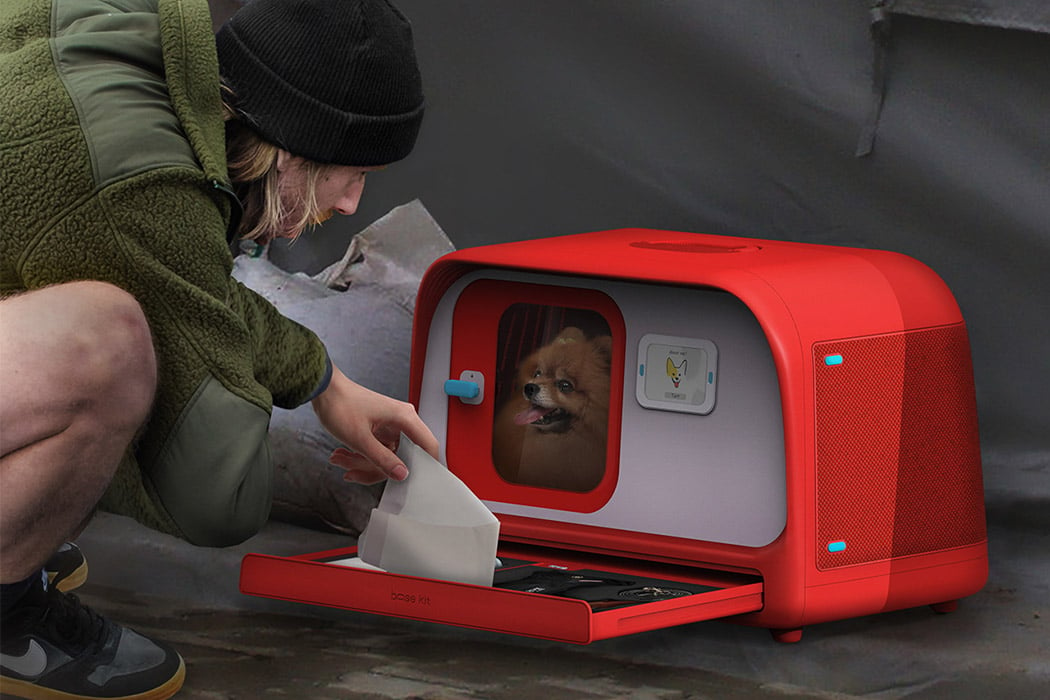
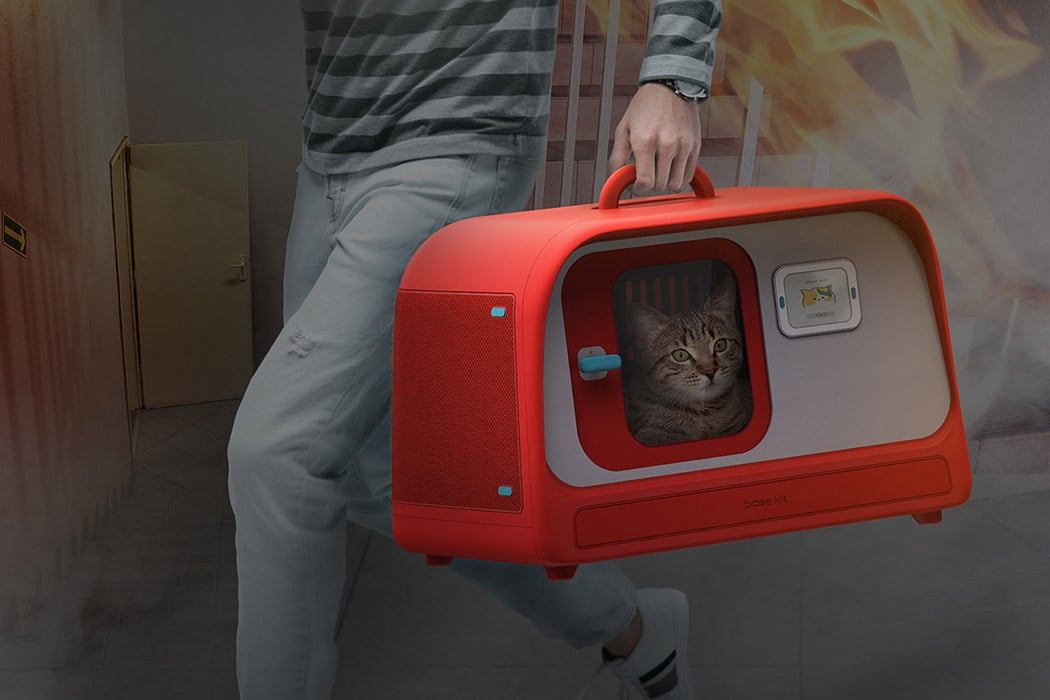
While we love and care for pets as we do for our own children, there is not enough being done in terms of disaster preparedness for them. Evacuating with animals needs a lot of advanced preparation and most people are unprepared due to a lack of information or kits that are made for this specific situation. As emotional support/companion animals are increasingly becoming a new norm, we need a kit like Base which ensures their safety while doubling up as an everyday pet furniture item in the house. In the event of a disaster, you can rely on the built-in emergency kit by using Base as a carrier for your pet. The shape is inspired by a friendly cave that makes animals feel protected keeping it aligned with their natural instincts of hiding when they are scared. The product consists of two parts- the left side of the kit provides basic products and the right side can be selected by the user according to the companion animal species making it usable for a wide variety of people and pets. It also comes with rescue request stickers that help neighbors to identify the pet and help to rescue them in the case of any unfortunate events.
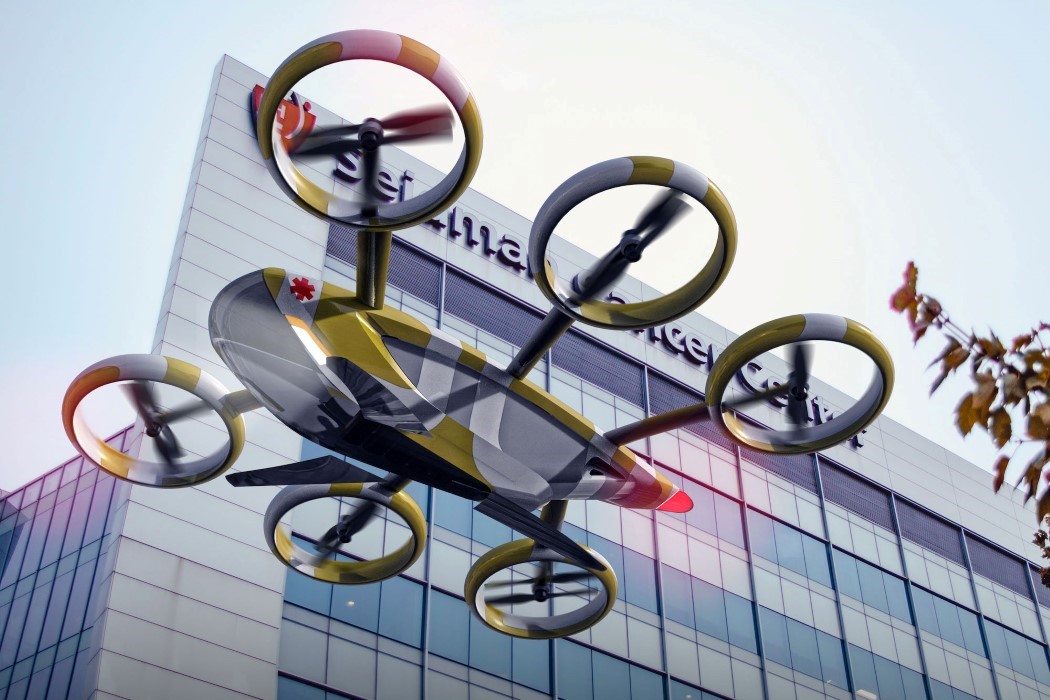
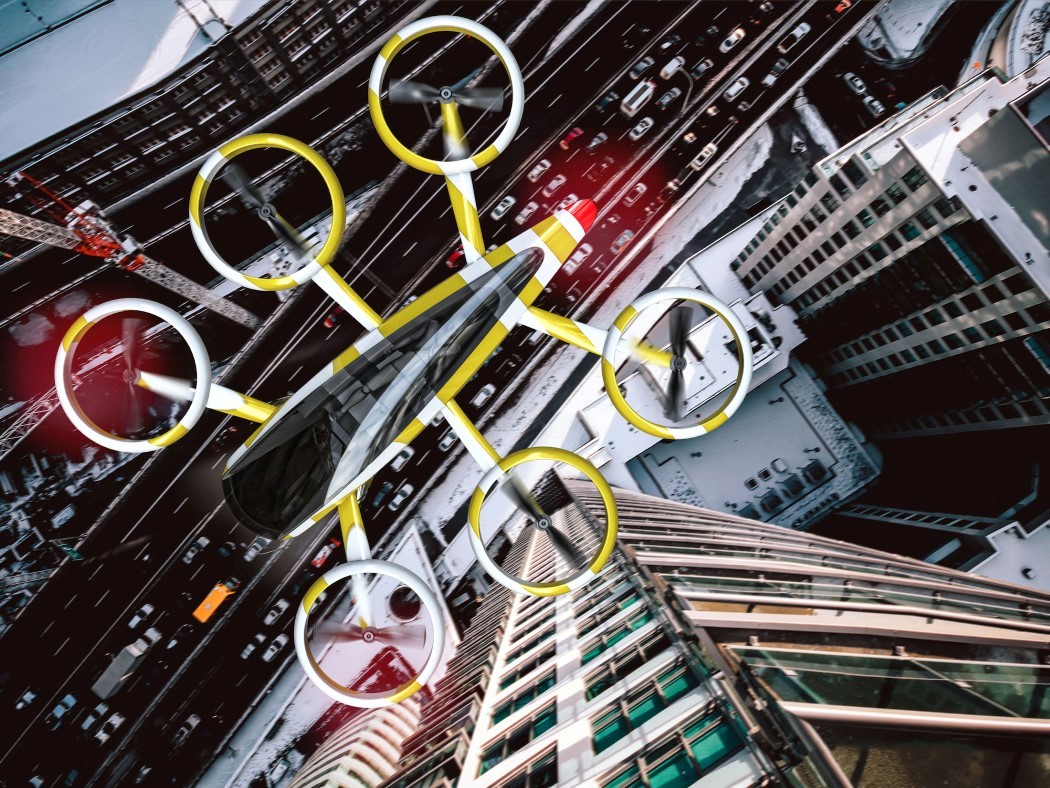
Obviously executing an airlift in cities isn’t particularly feasible. You’ve got buildings, cars, pedestrians, telephone wires, traffic lights, along with a dozen other complications. Helicopters, no matter how small, can’t do the job in crowded cities, and regular ambulances end up bearing the brunt of congested roads and traffic. In swoops (quite literally) the Ambular, an eVTOL designed to provide medical airlifts in cities. Ambular can take off and land without needing a helipad and can transport patients to medical centers safely, via air. Ambular comes with six propellers (three on each side) that help it take off and land vertically as well as travel through the air. Given that Ambular will work in crowded cities, it makes sense that the propellers come with pretty strong guards around them, just in case they hit or snag something and get damaged. Each propeller is capable of pushing out 20kW of power, giving the Ambular the ability to carry patients up to 250lb for as long as 15 nautical miles.

